Because “all roads lead to Rome“, there was no way we could visit Italy without visiting this gorgeous place. We took the train from Florence and headed to the “city of the 7 hills“. The journey took 1h40m, and tickets for two people cost €67.
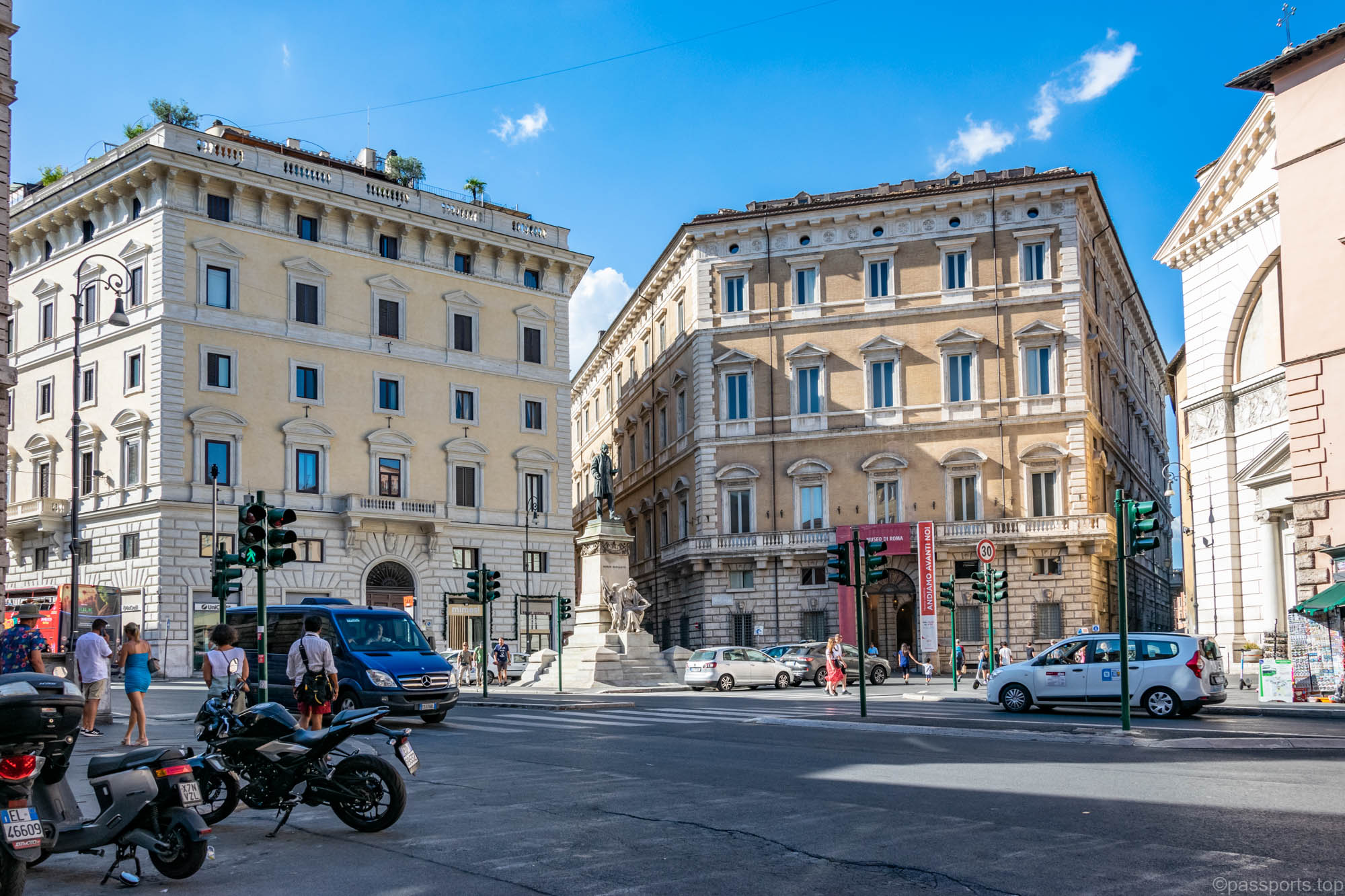
We stayed in Rome for 5 days and opted for a city pass. After much searching, we agreed that the best option is the Rome Turbopass 4 days which includes public transport tickets. The price was €267/2 people and included entrances to selected sights, skip-the-line for Colosseum and Vatican Museums and 24 hours hop-on hop-off panoramic bus. Optionally you can choose transfer from the airport. Find out more details on the turbopass website.
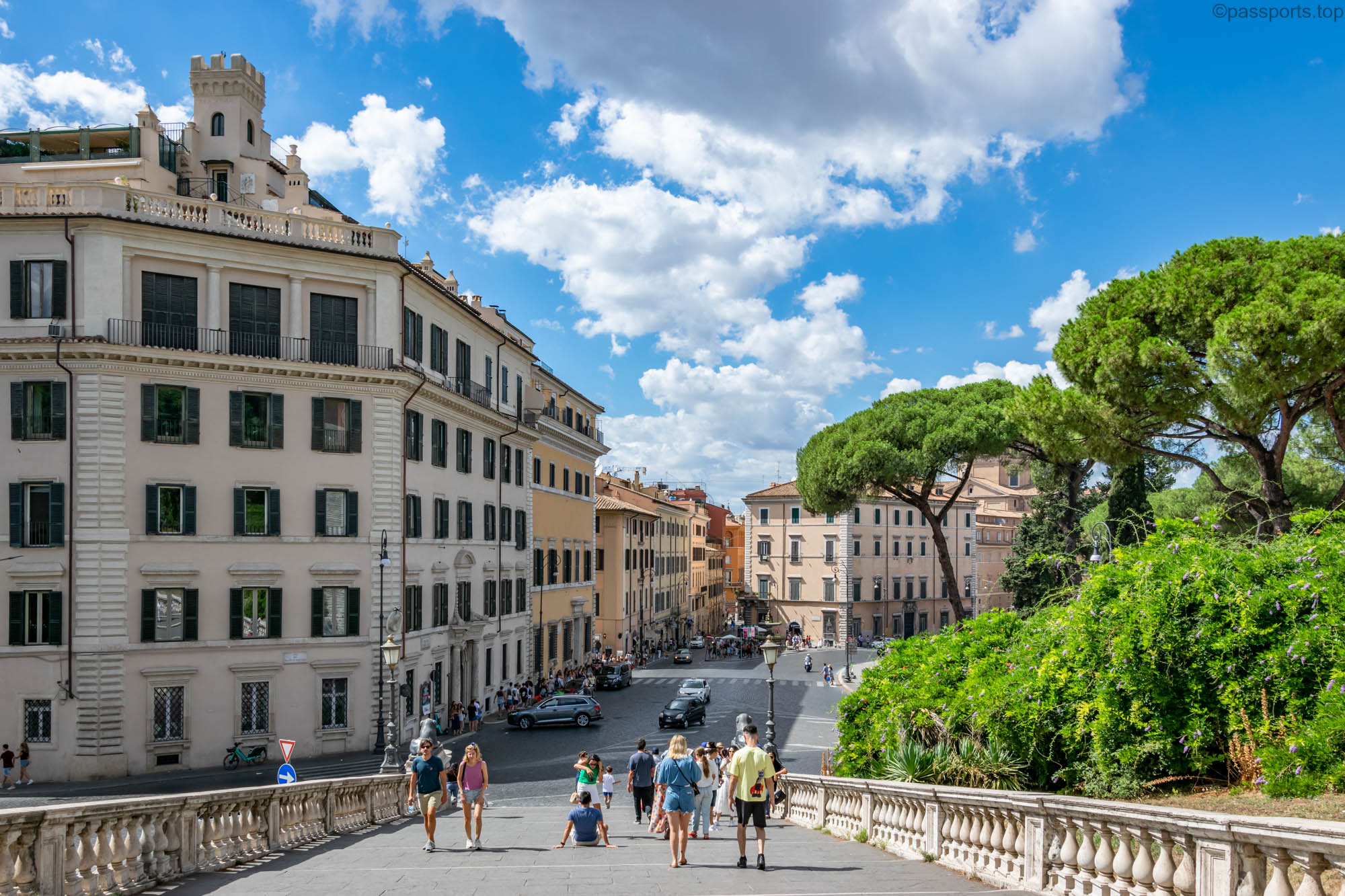
I recommend moving around Rome with public transport and not renting a car. It’s quite a busy city and parking near major sights is expensive (if you’re lucky enough to find a spot).
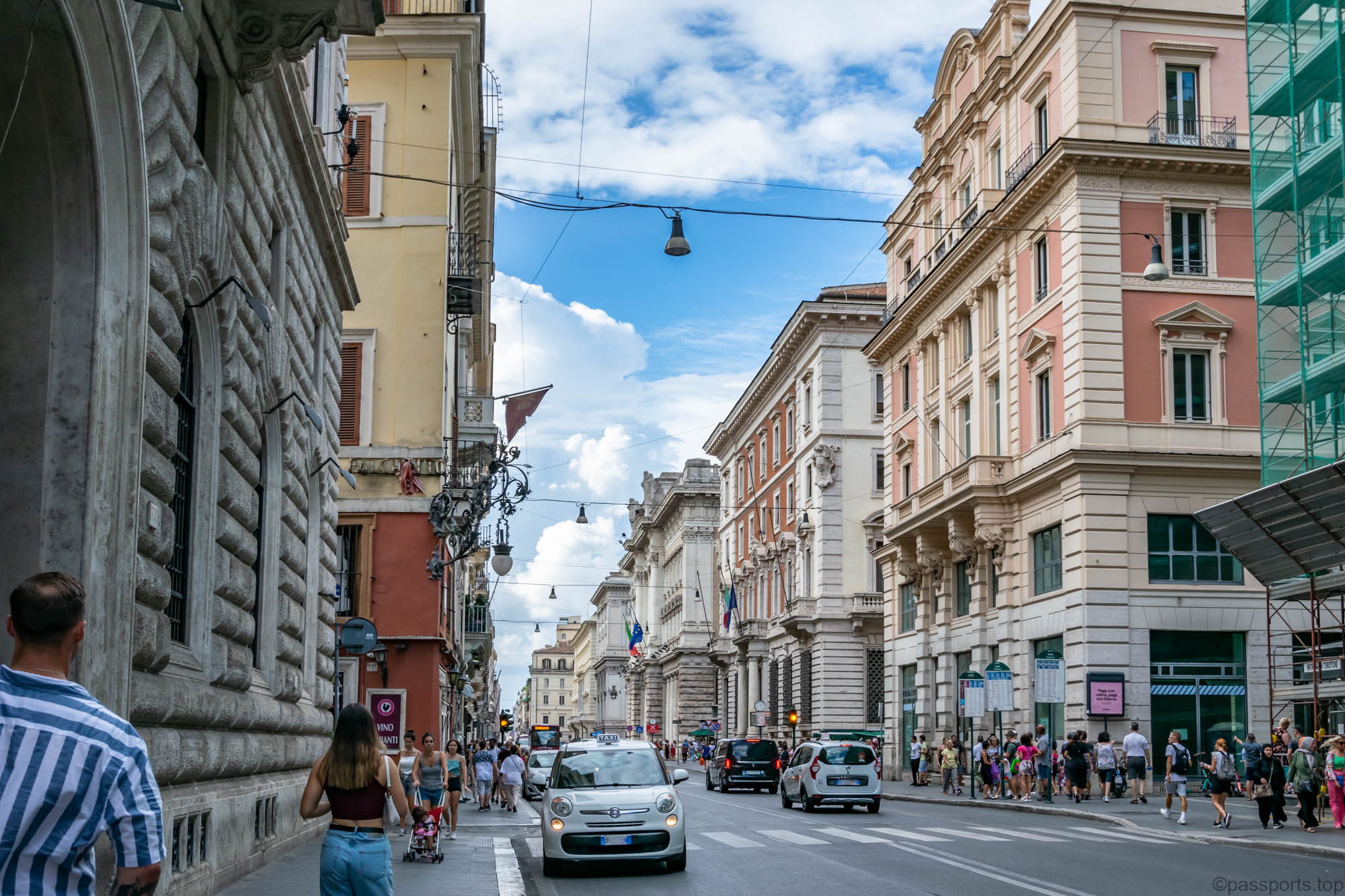
There are several types of tickets for public transport: single ticket valid for 100 minutes – €1.5, card with 10 trips – €15, Rome 24h/48h/72h – between €7 and €18 or ticket valid for 7 days – €24. Buses run frequently and the network is quite extensive, so you can get everywhere easily.
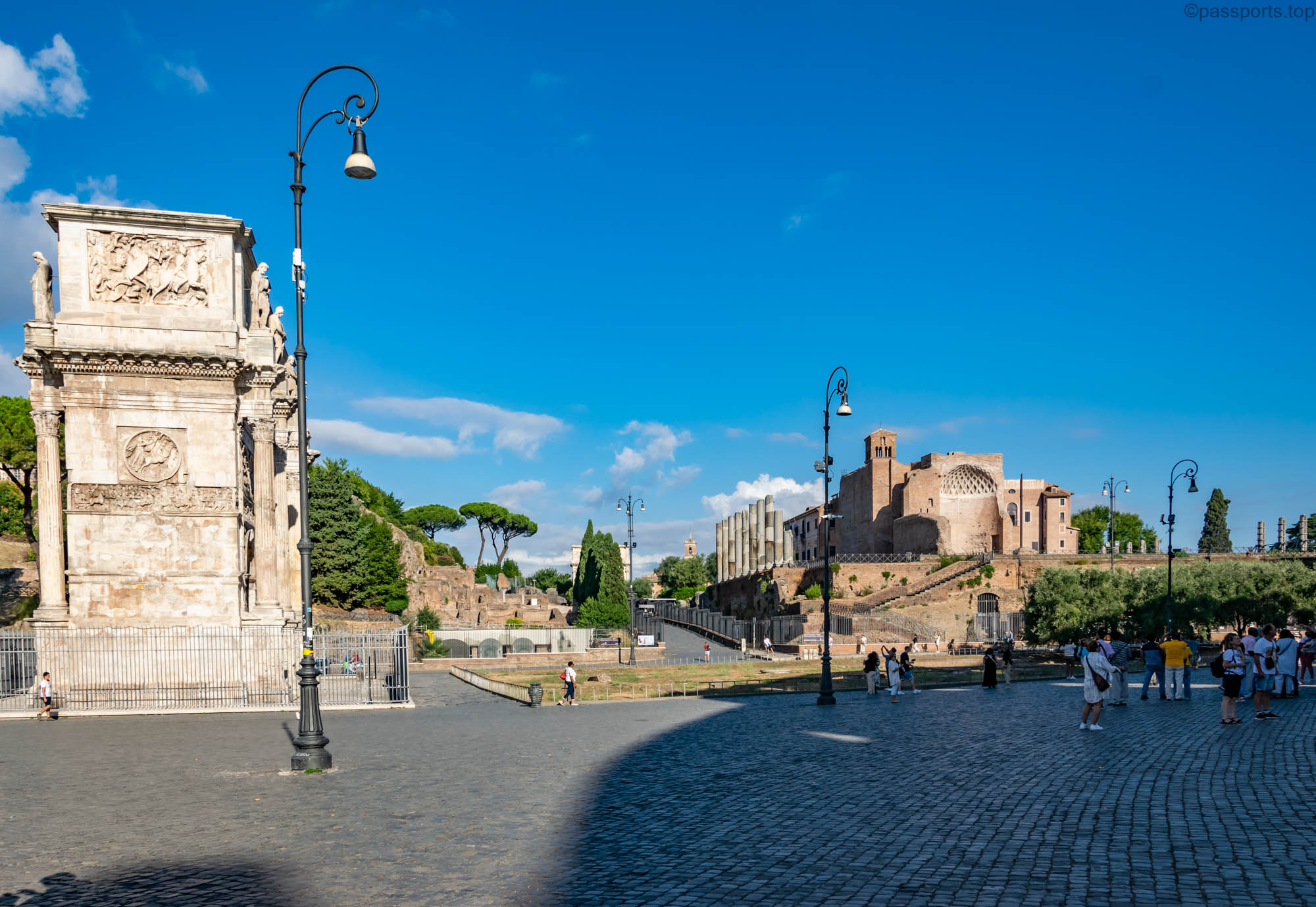
Although we like to discover a new city on foot, we chose public transport here to see as many sights as possible and get around faster. Five days didn’t seem like enough to visit the whole city at leisure, but we ticked off the most important attractions.

Below we have compiled a list of 30 objectives visited by us.
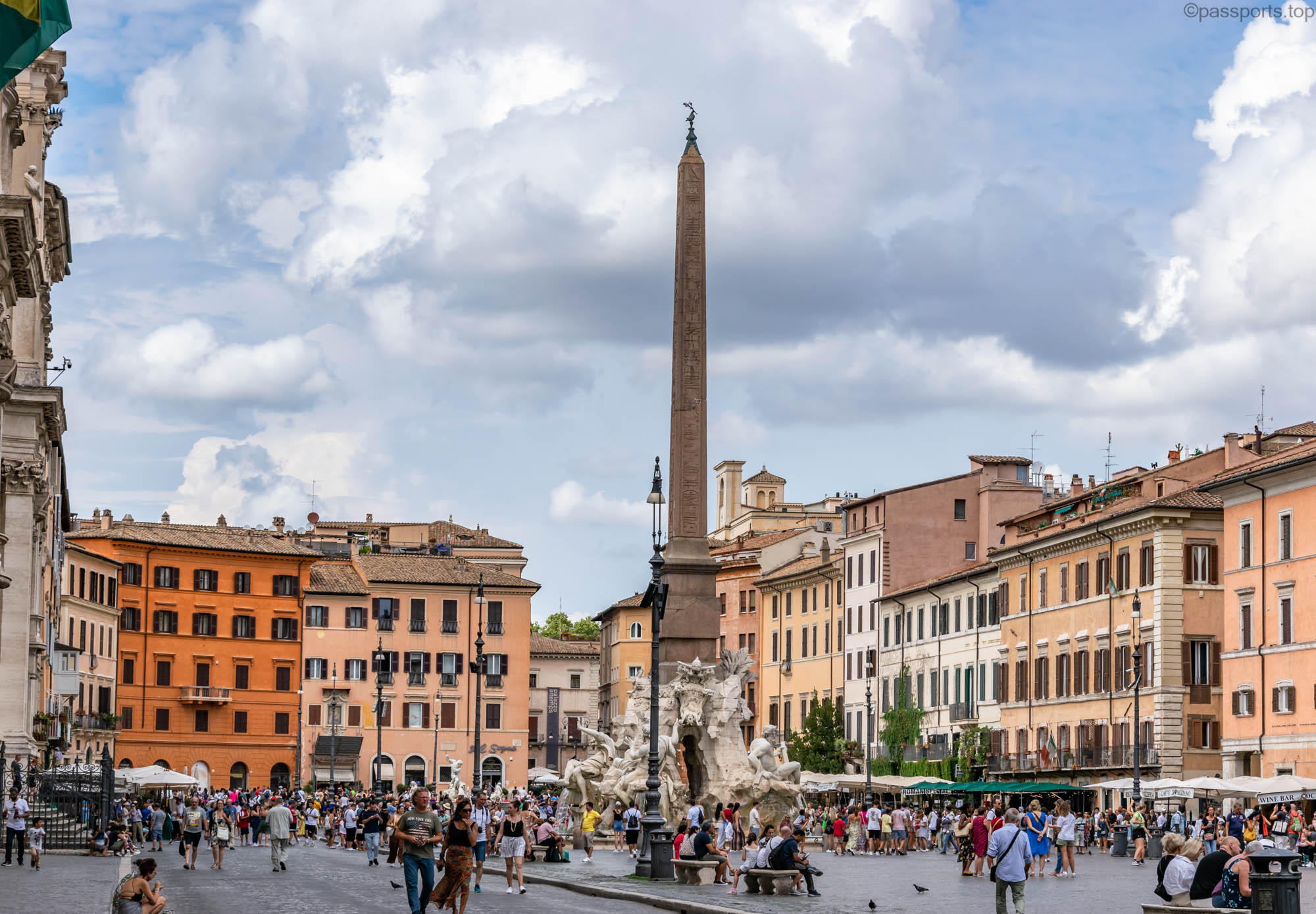
1. Piazza Navona with the famous fountains
Piazza Navona is one of the most impressive and famous squares of Rome, where the Christmas Market is also held.
In Ancient Rome , the square served as the Circus Agonalis, which translates to competition arena. After the fall of the Roman Empire, the stadium was no longer used and fell into disrepair. It was only in the 15th century that the transformation of the stadium into a square began, and in the 17th century the famous fountains were created.
Over the centuries, many public fountains were built in Rome, as they were the main source of water before plumbing existed.
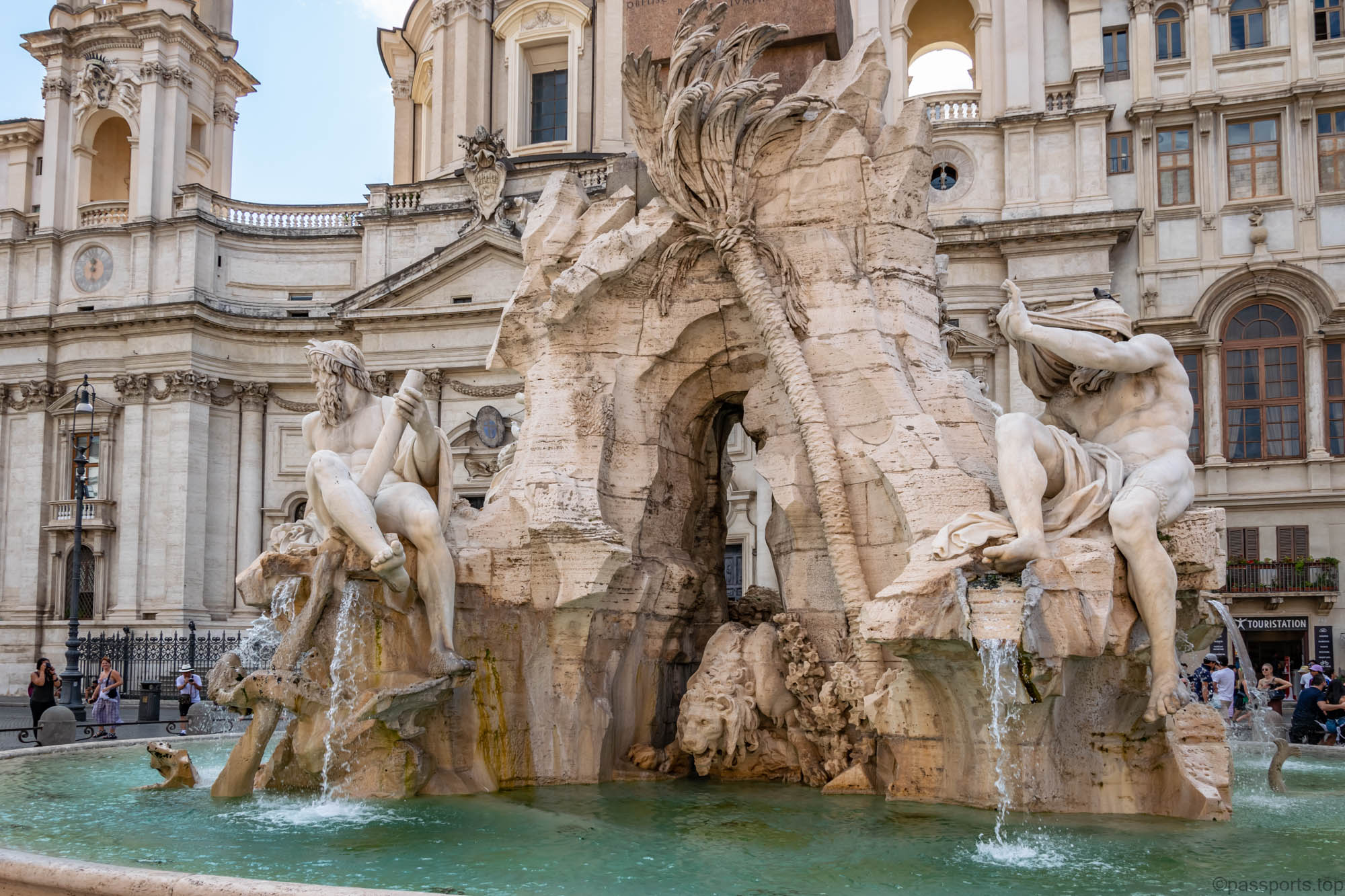
The Fountain of the Four Rivers (Fontana dei Quattro Fiumi) is in the center of the square and is one of the most beautiful fountains created by Bernini. The fountain is a tribute to the four major rivers in the continents where papal authority spread: the Danube (Europe), the Nile (Africa), the Ganges (Asia) and the Río de la Plata (America).
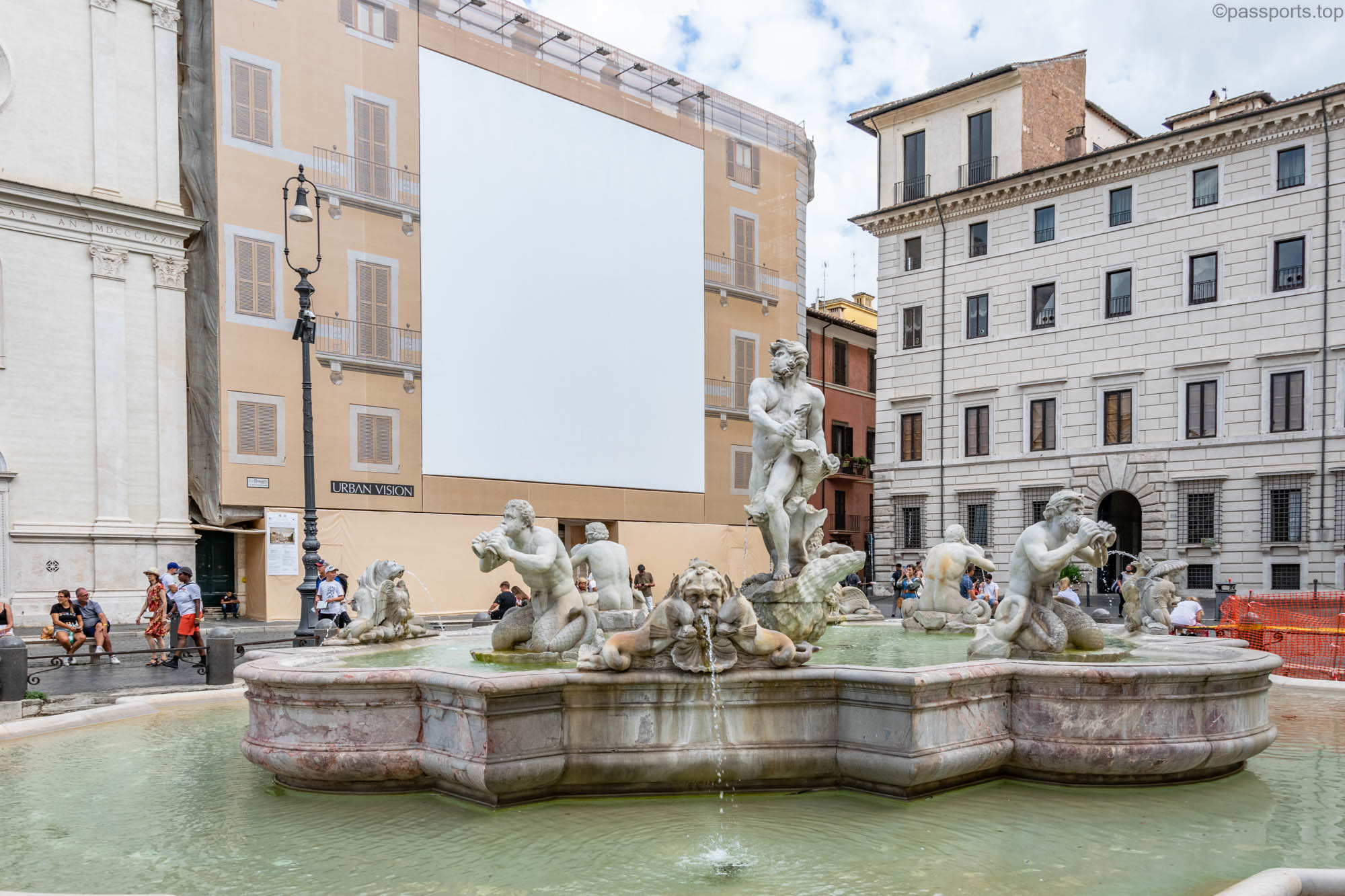
The Fountain of the Moor (Fontana del Moro) is a century older than the Fontana dei Quattro Fiumi and represents a Moor fighting a dolphin, surrounded by tritons.
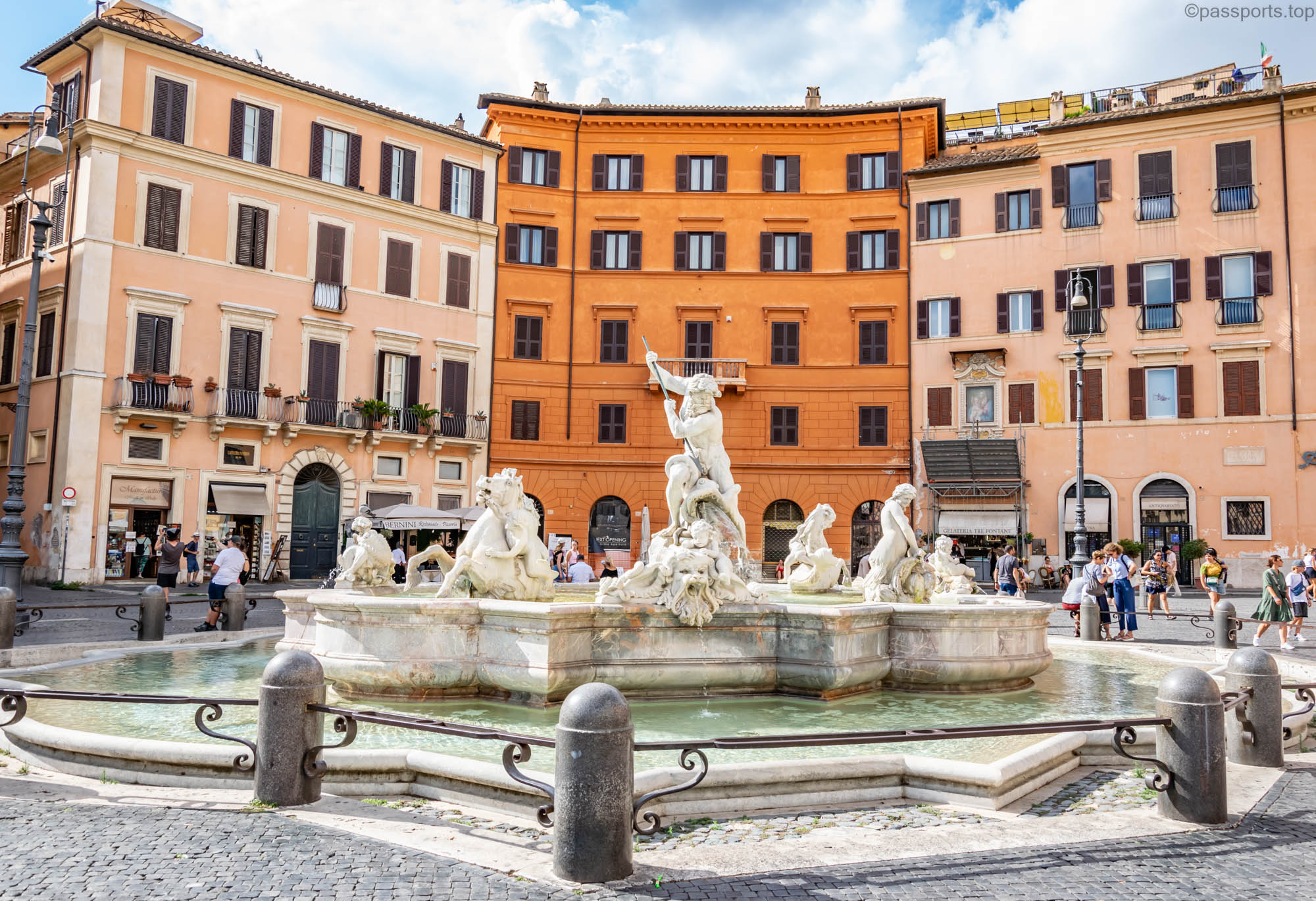
The Fountain of Neptune (Fontana del Nettuno) depicts Neptune fighting an octopus, alongside mythological cherubs.
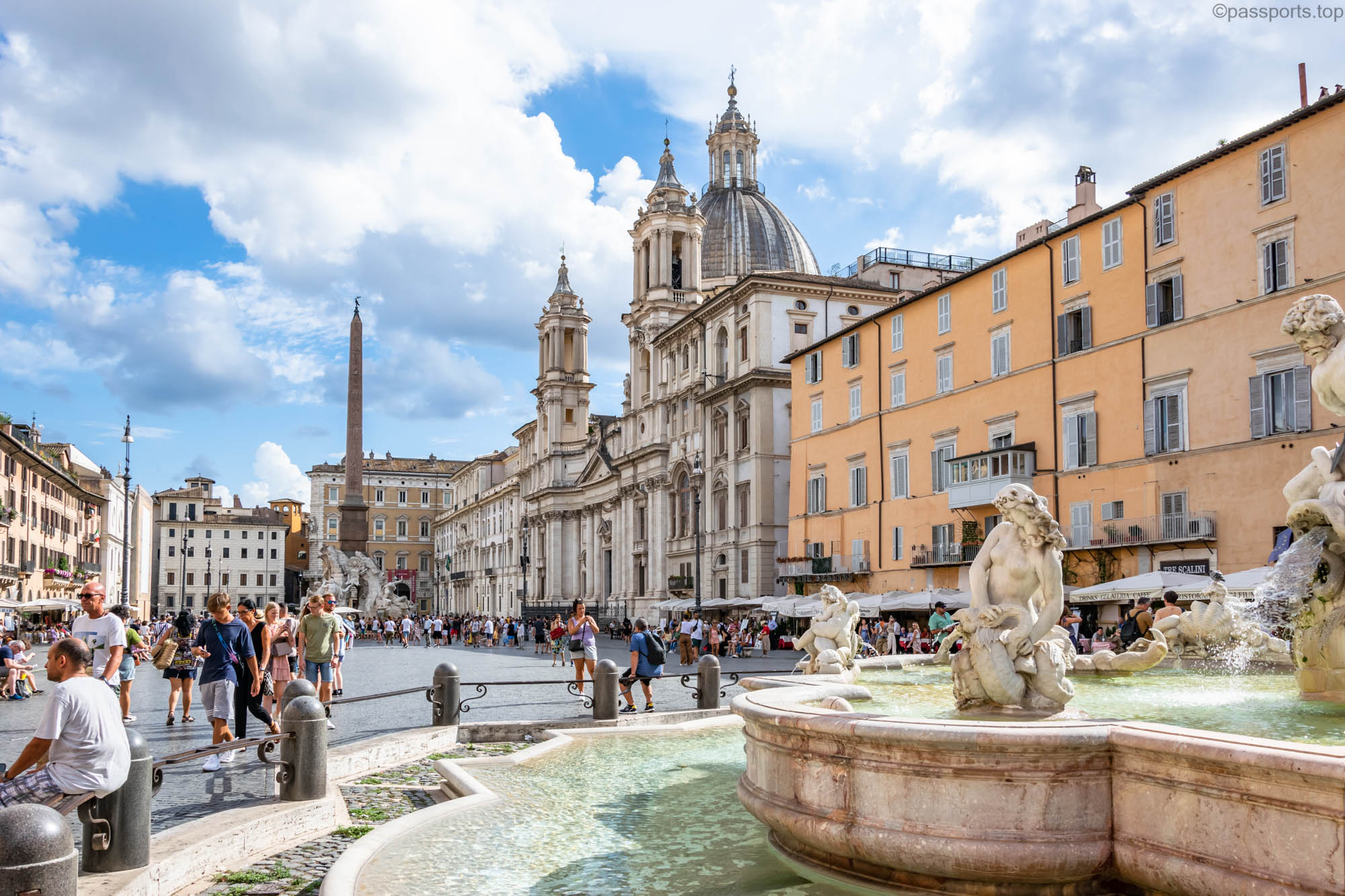
The Chiesa di Sant’Agnese in Agone stands in front of the square and is an example of Baroque architecture from the 17th century.
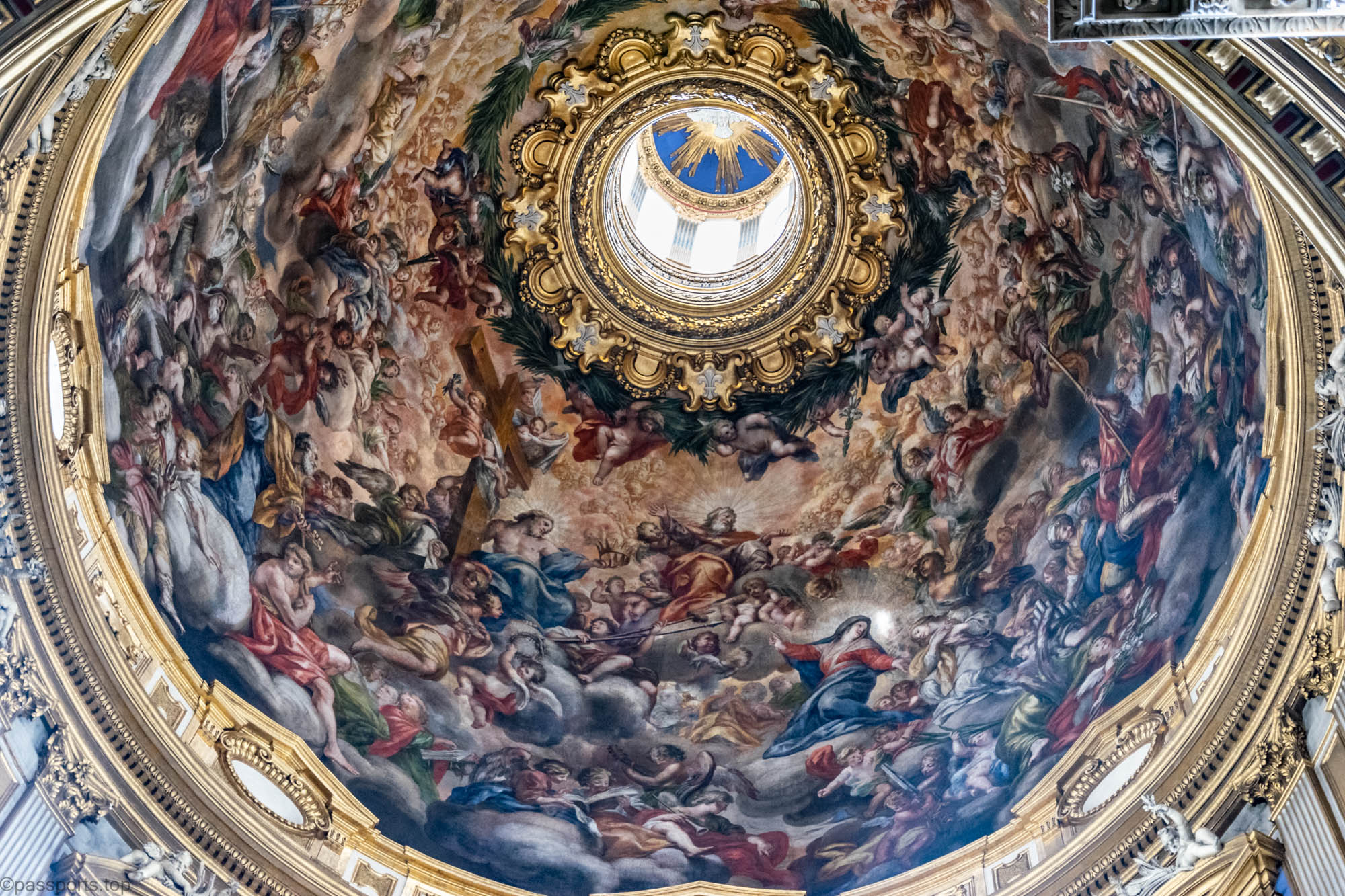
The church is particularly known for the Sant’Agnese crypt. Inside is the skull of Saint Agnes, one of the most treasured relics belonging to the history of early Christianity.
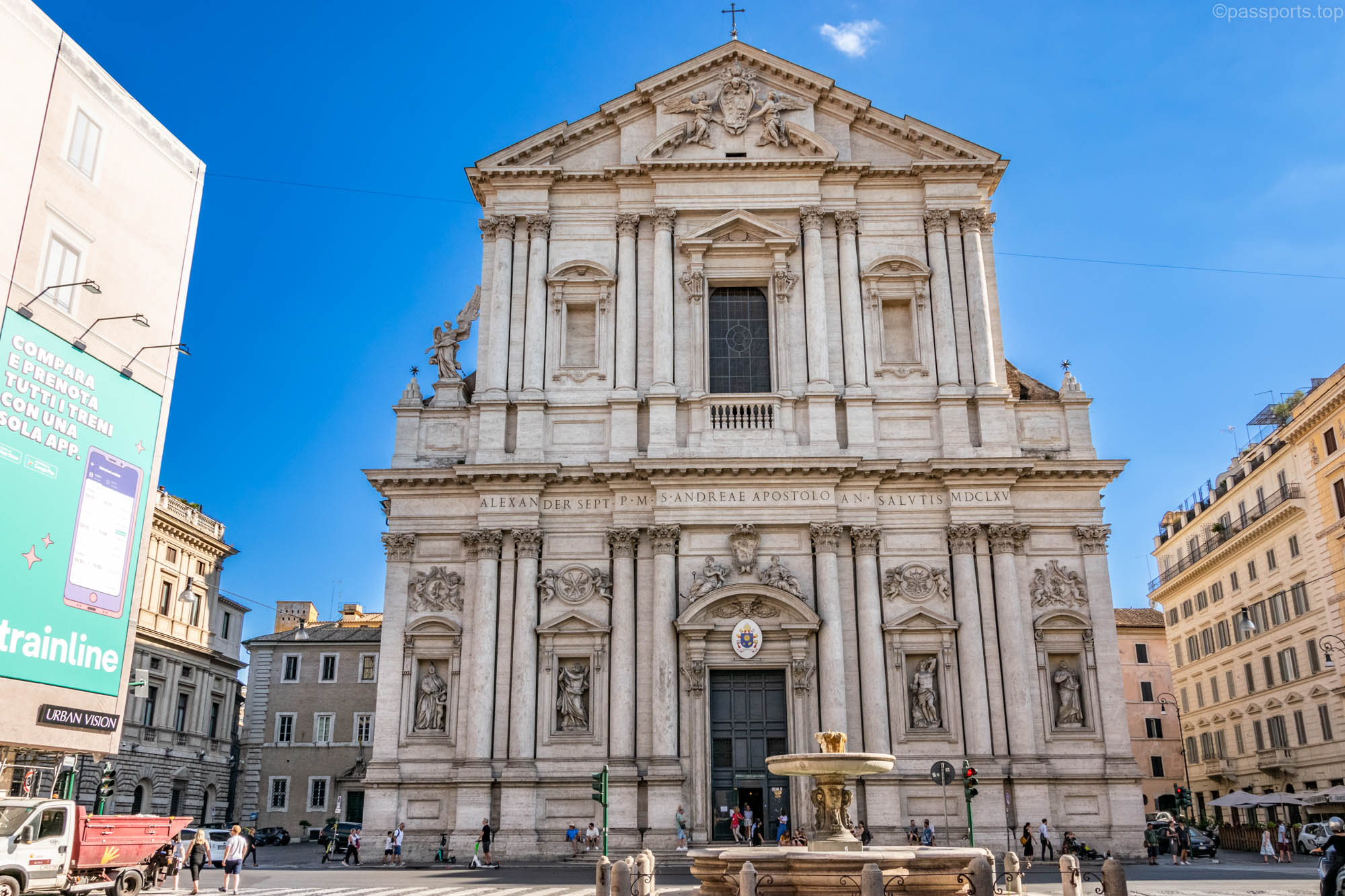
2. The Basilica di Sant’ Andrea della Valle is located in Piazza Vidoni and has the second largest dome in Rome, after that of St. Peter’s Basilica. The baroque facade was built between 1655 and 1663.
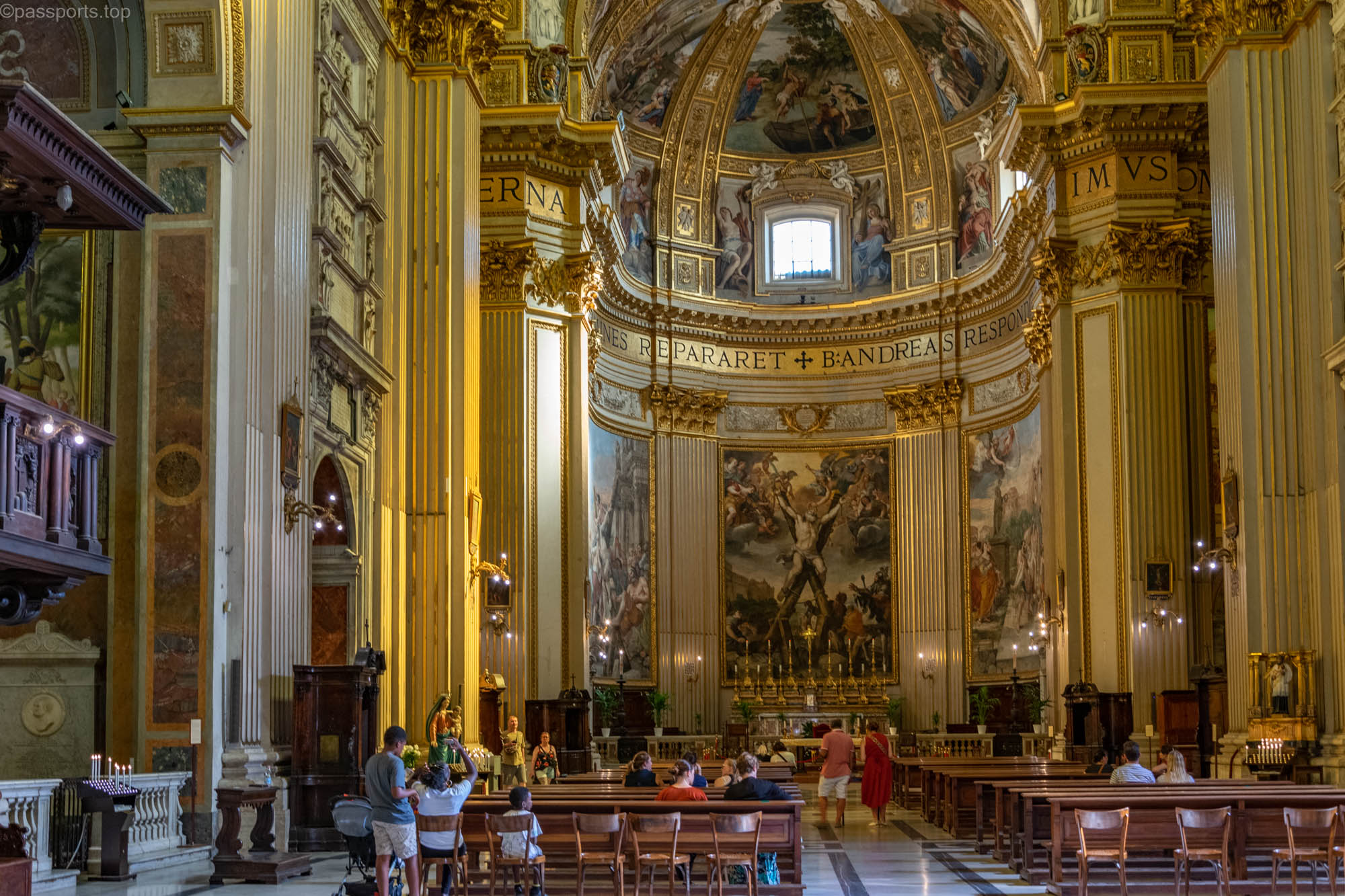
You could easily pass through the area without stopping to visit the impressive interior of this church. We entered a few churches “by mistake”, not knowing what to expect and were totally surprised by the elegant and abundant decor.
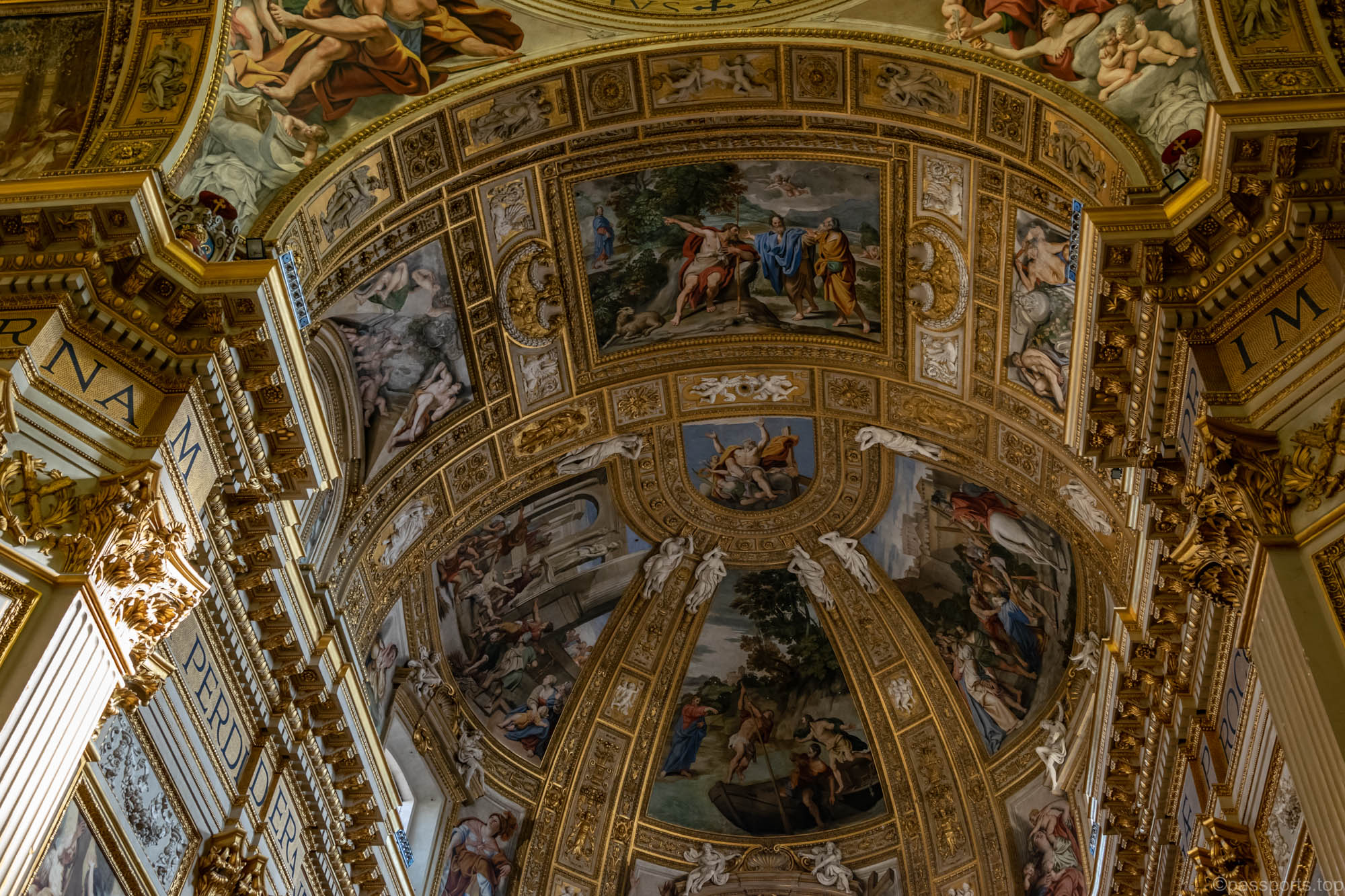
The interior of the church of Sant’Andrea della Valle is decorated with frescoes, the most special being the fresco in the dome depicting the Assumption of the Virgin Mary in the Glory of Paradise. No camera can capture the beautiful interior, so you have to put it on your must-see list. Entry is free.
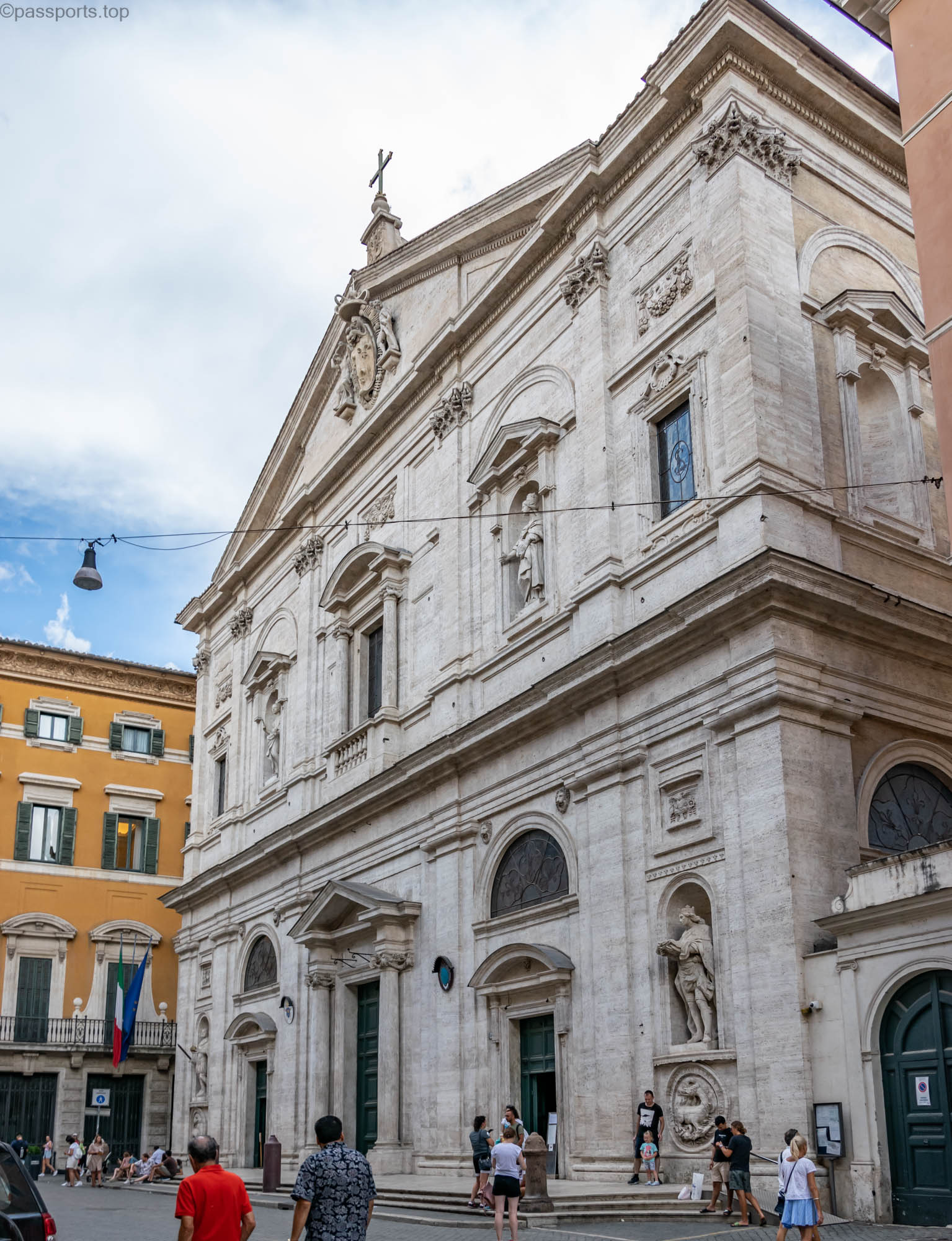
3. Chiesa di San Luigi dei Francesi is another special church that we visited without having it on the list. The church is known for the paintings of the great Baroque artist, Caravaggio. Of the three works found inside, the most famous is the Call of Saint Matthew.
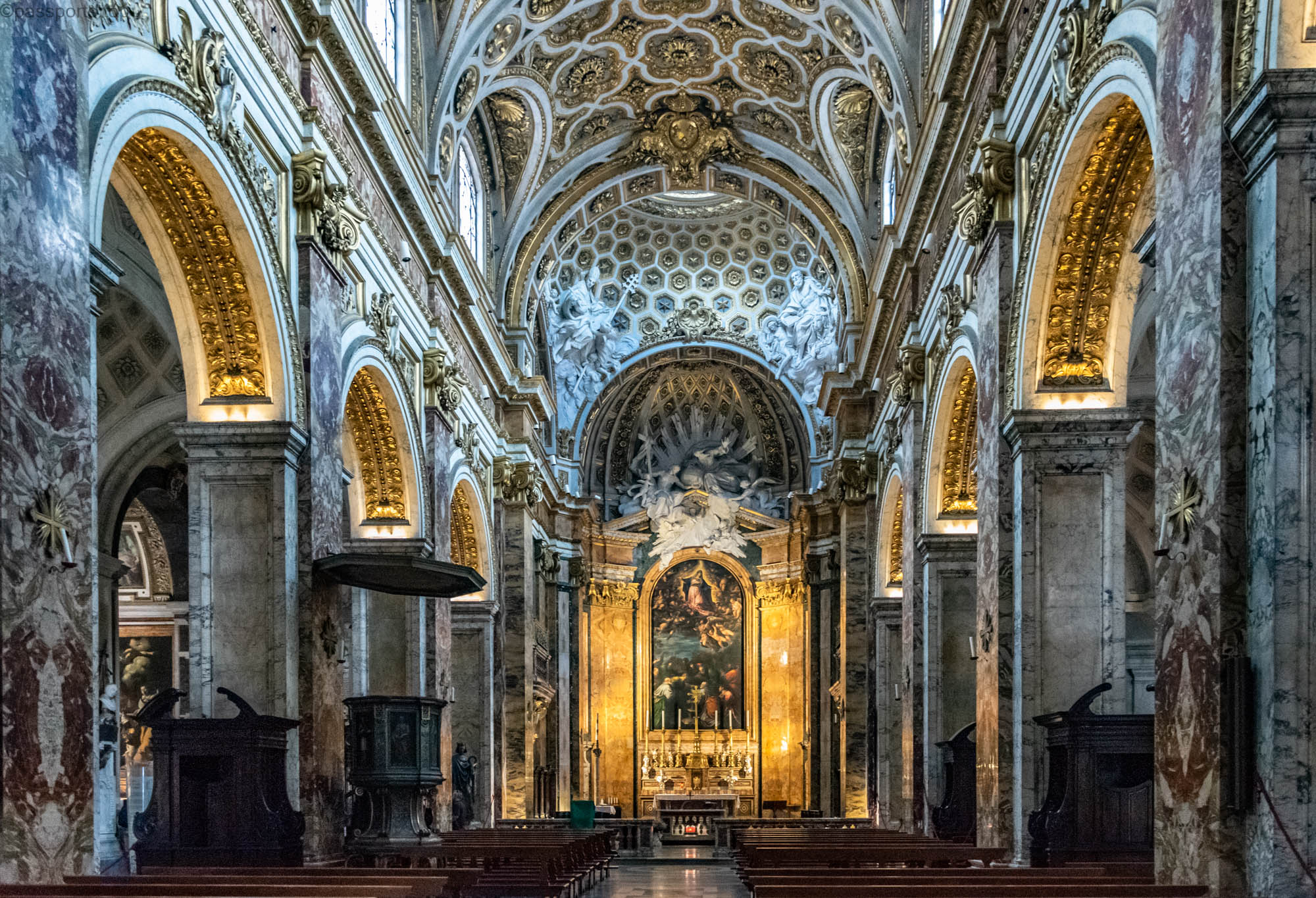
San Luigi dei Francesi is dedicated to Saint Louis of France and was built for the French community in Rome.
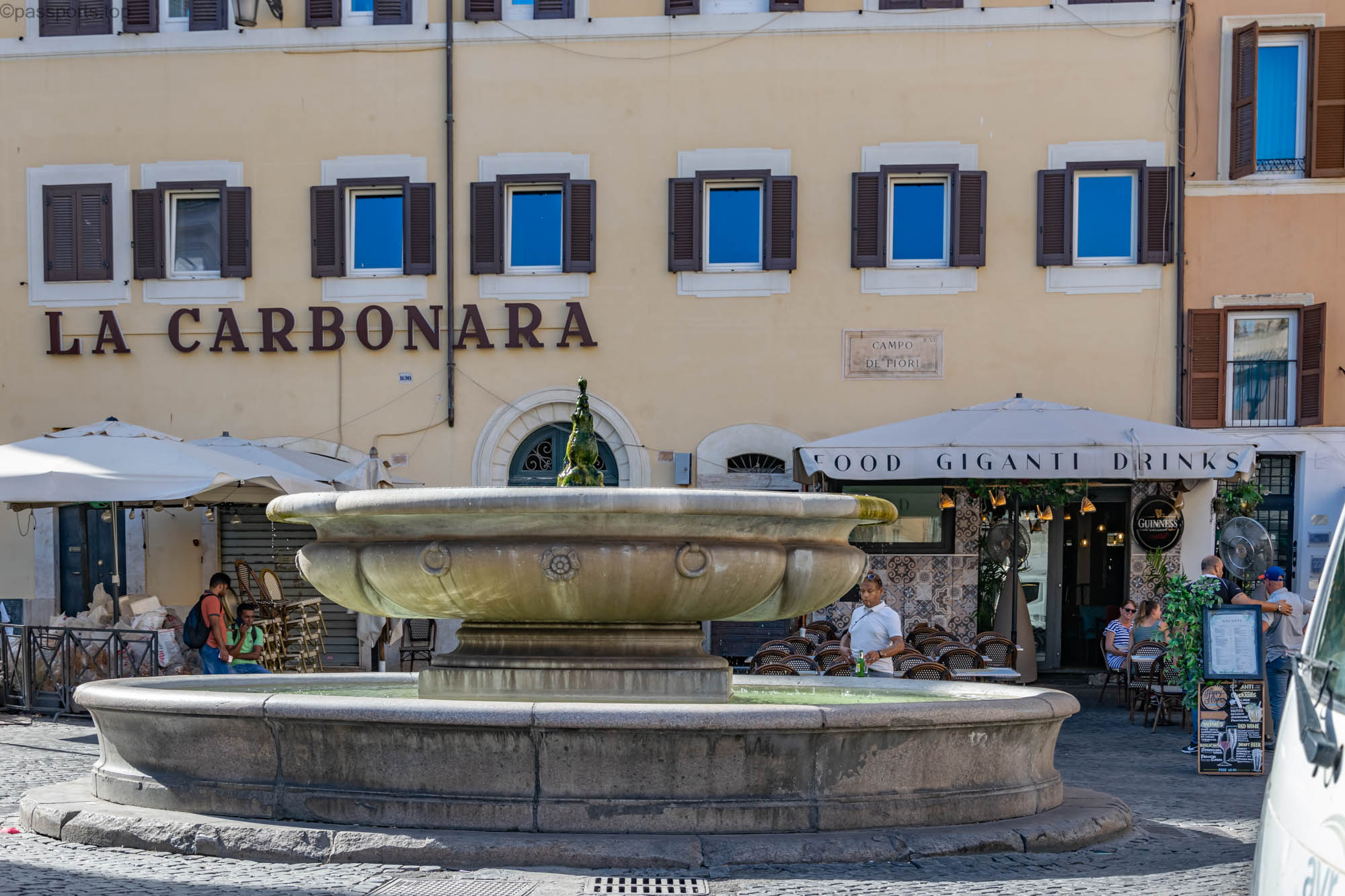
4. The Flower Field (Campo de’ Fiori) is a less crowded market. It got its name from the time when there was a green meadow full of flowers here.
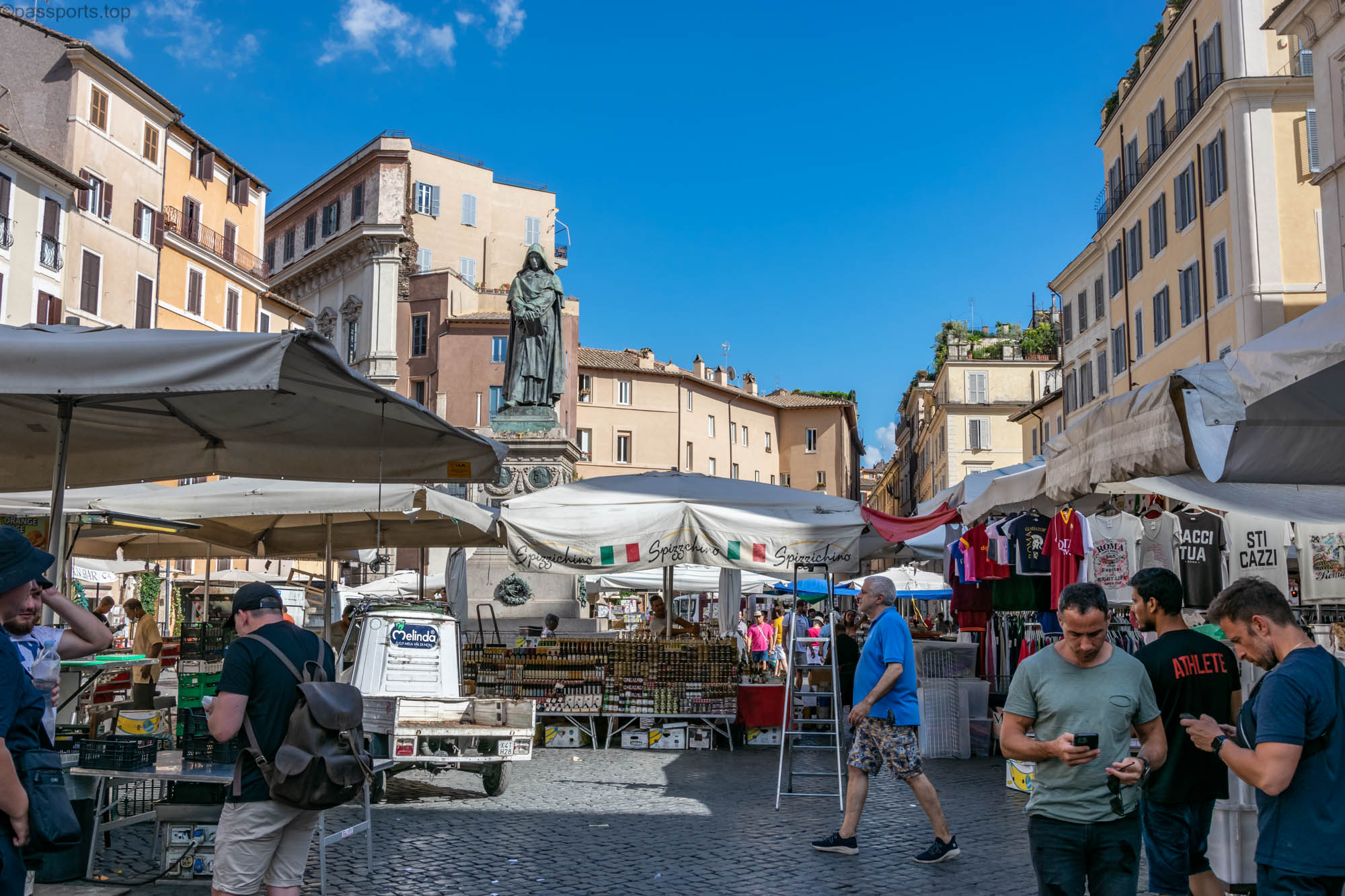
It now turns into a daily food market, and every morning (except Sundays) locals and tourists come here to buy their seasonal fruits and vegetables, meat and fish.
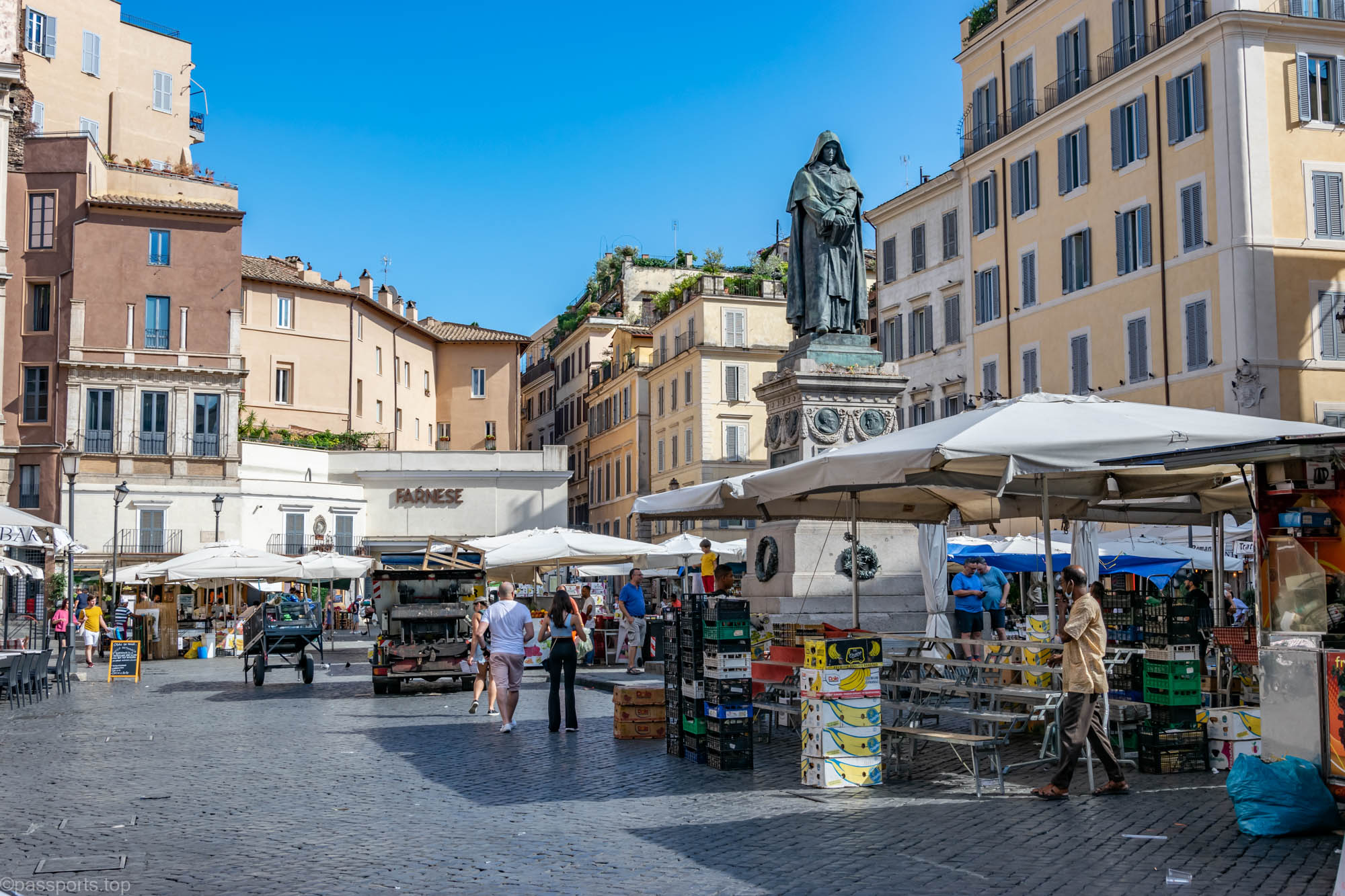
Campo de’ Fiori is part of the “Pope’s road” – the road traveled by the Pope between the church of San Giovani in Laterano and San Pietro after he is elected.
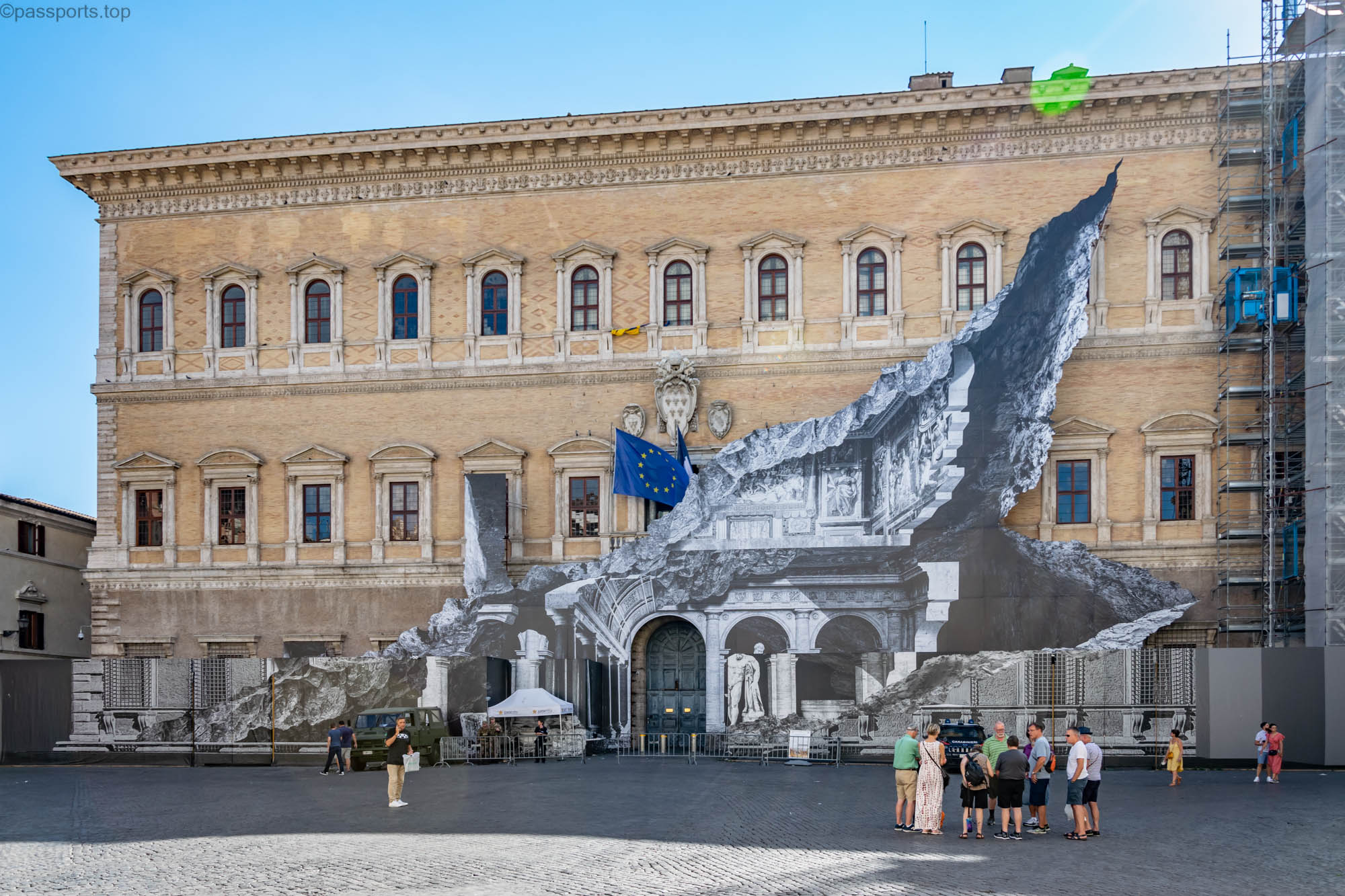
5. Palazzo Farnese is a famous Renaissance palace partly built by Michelangelo and now used as the headquarters of the French embassy in Italy. The palace is considered a hidden gem and one of the best examples of Renaissance architecture in Rome.
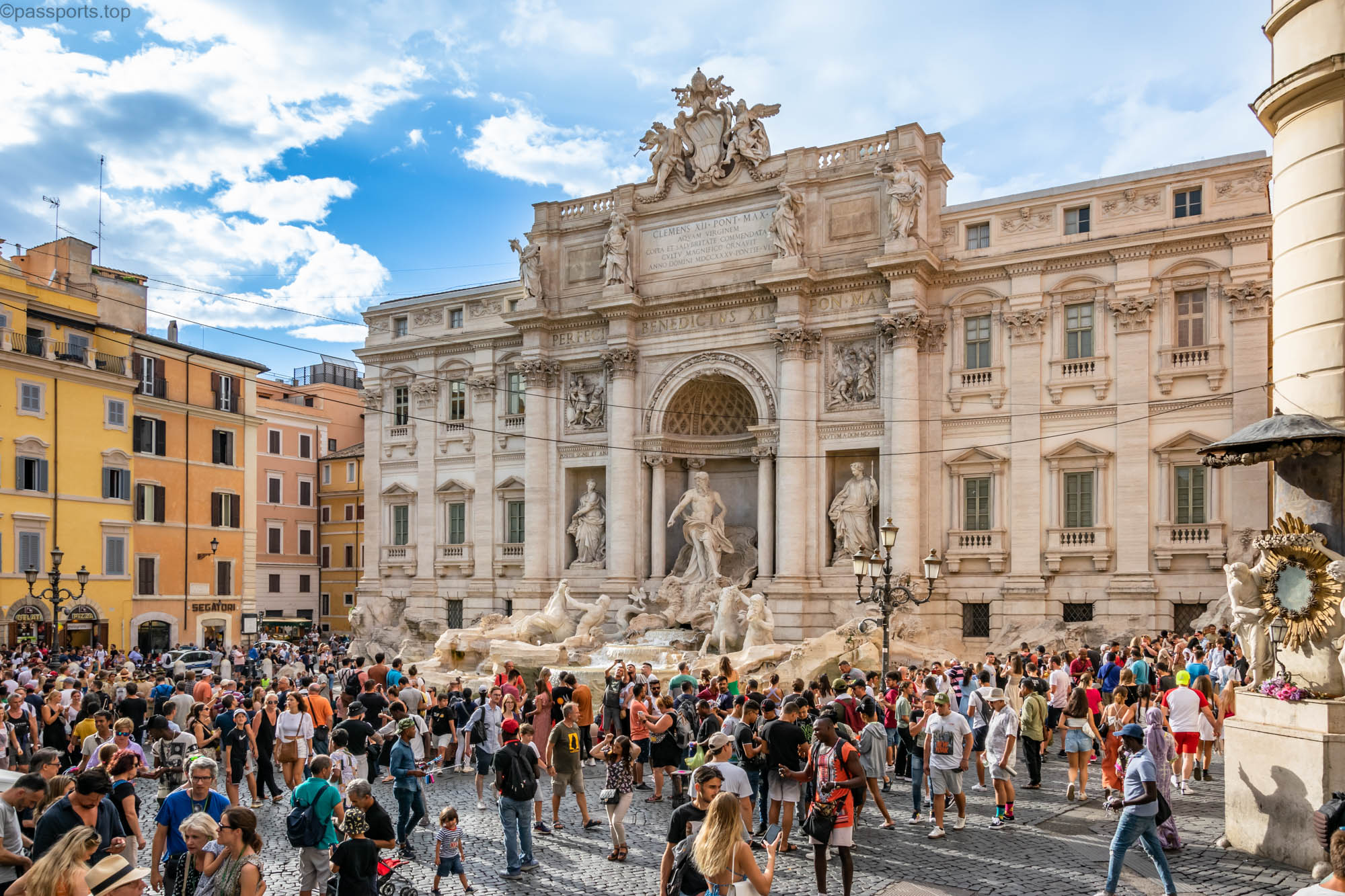
6. Fontana di Trevi, Chiesa Rettoria Santi Vincenzo e Anastasio a Fontana di Trevi and Vicus Caprarius
The Trevi Fountain needs no description. It is a famous tourist attraction of Rome and the busiest place in the city. It is not for nothing that it is on the 2nd place with the most reviews on google (over 325,000 reviews).
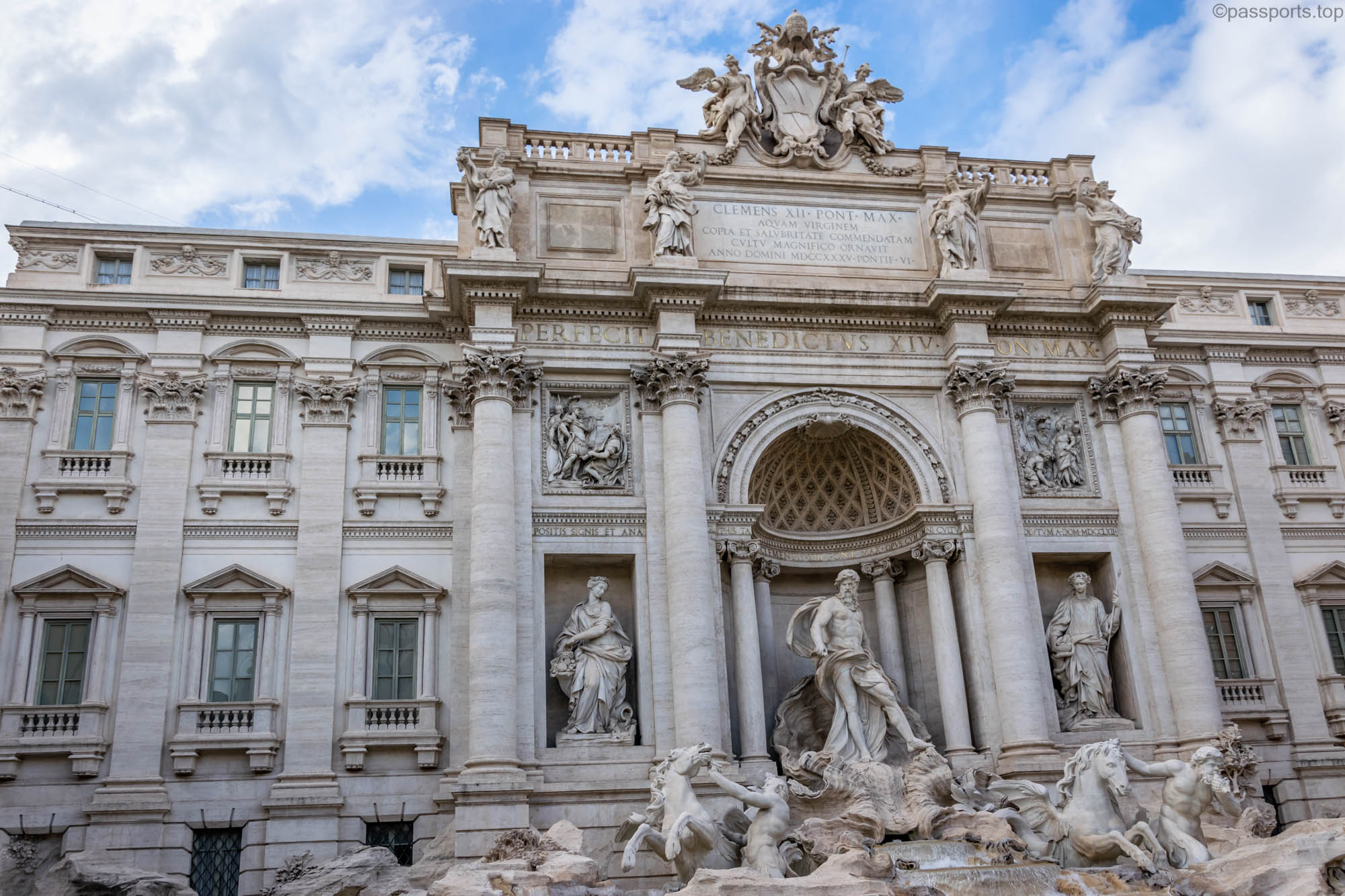
Tradition says that you have to stand with your back to the fountain and throw two coins (with your left hand, over your right shoulder) into the fountain: one to make a wish and the other to be sure you will return to Rome. A replica of the fountain is located in Las Vegas at Caesar’s Palace.
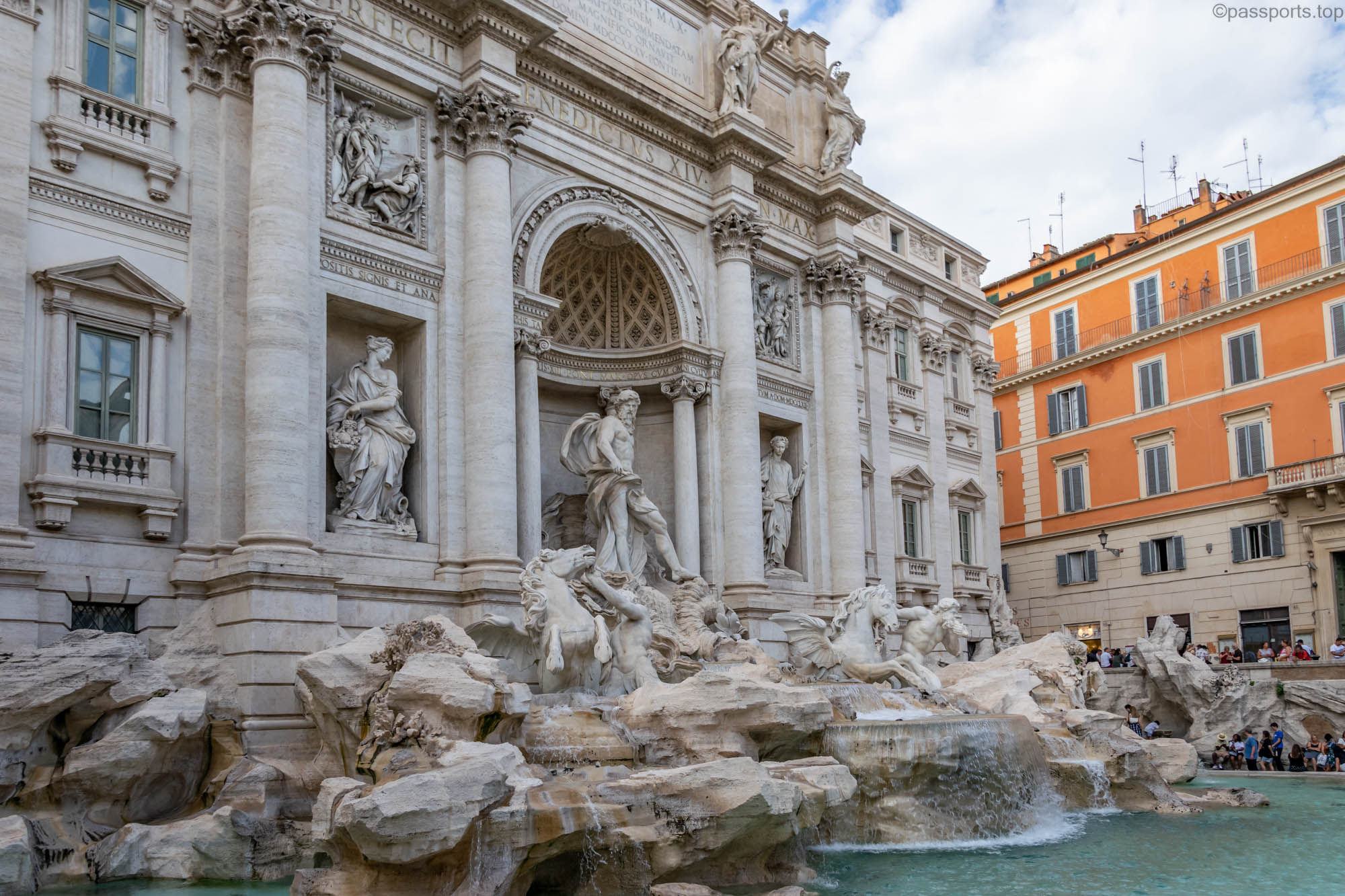
The fountain itself is a masterpiece of the Italian Baroque, dominated by the statue of the Roman god Oceanus. To the left and right of Oceanus stand the statues of Abundance and Health.
The details of the fountain are simply wonderful and I don’t think there are many fountains in the world that boast such decorations and sculptures as the Trevi Fountain.
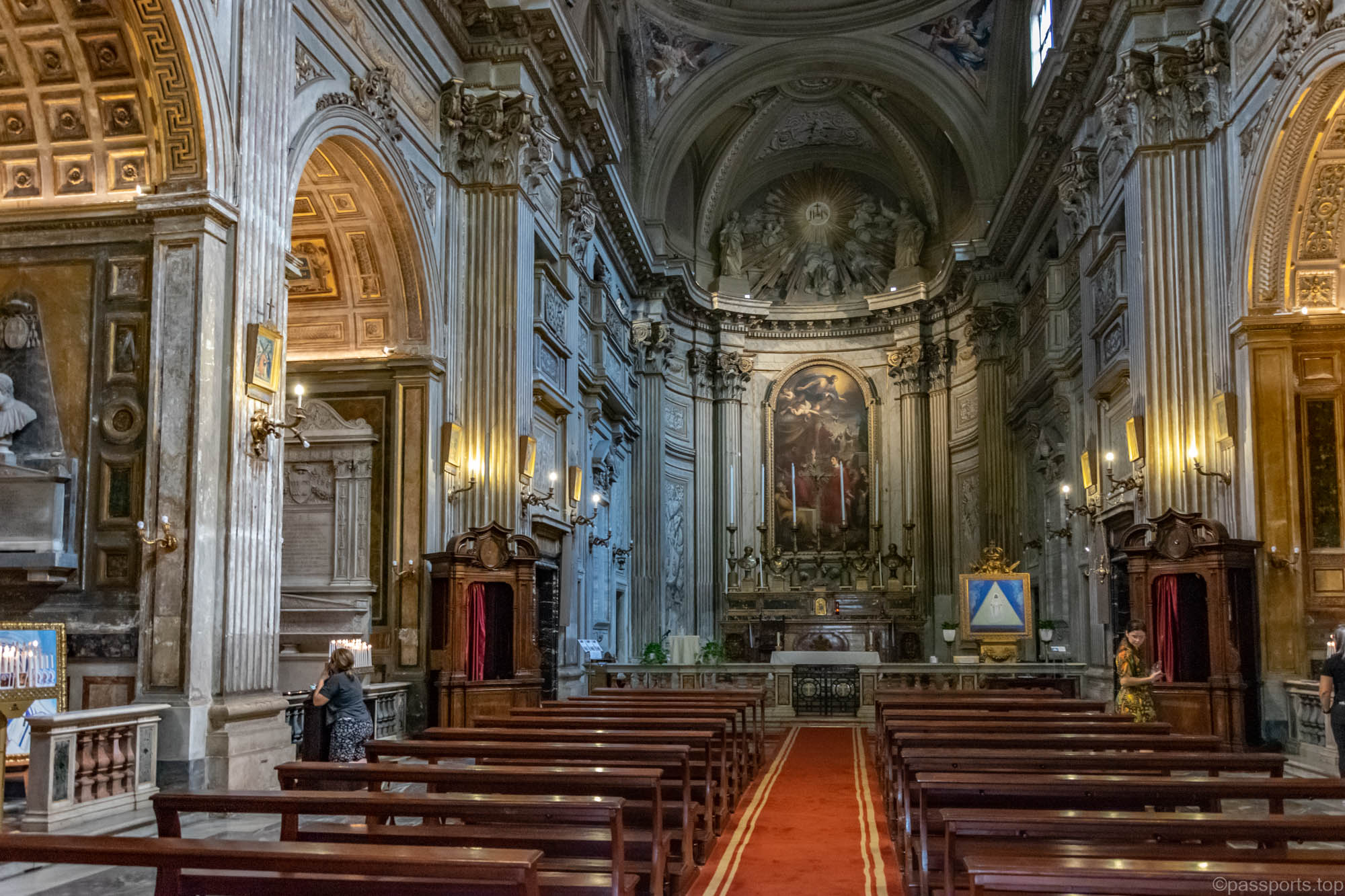
In close proximity to the fountain is the Church of Saints Vincent and Anastasius (Chiesa Rettoria Santi Vincenzo e Anastasio a Fontana di Trevi). The church was built between 1646 and 1650 in the Baroque style. The interior is decorated with simple ornaments and even if it doesn’t compare to the other bigger churches in Rome, I recommend you visit it if you still end up in the area.
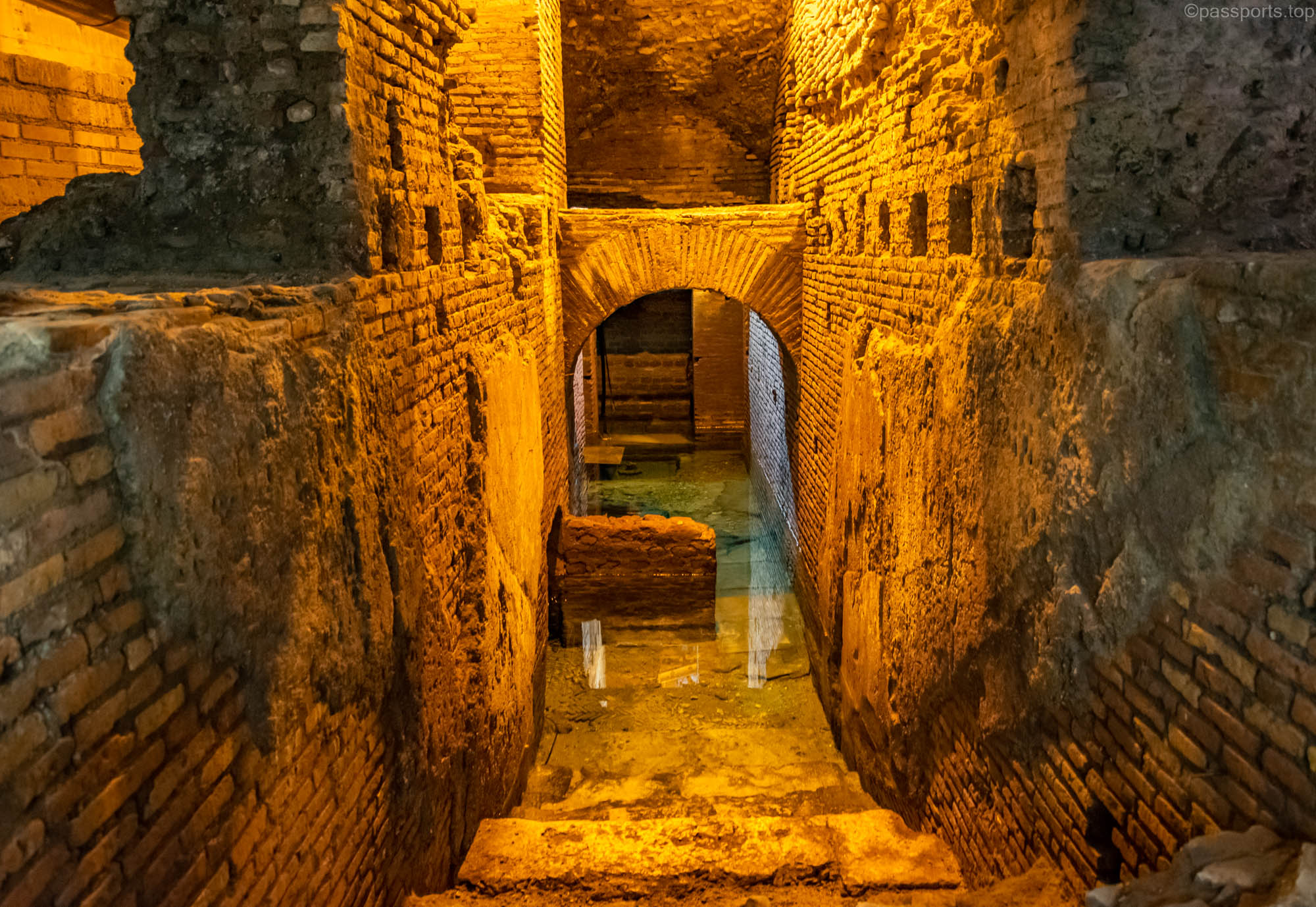
Vicus Caprarius is an archaeological site below the Trevi Fountain. The site includes the remains of a Roman house and an aqueduct that supplies water to the well. Known as the City of Water, Vicus Caprarius dates back to the 1st century, but was not discovered until 1999. Inside are artifacts that were found during excavations, including terracotta figurines, African pottery, mosaic tiles, and over 800 of coins. A ticket costs €4/person (free with TurboPass).
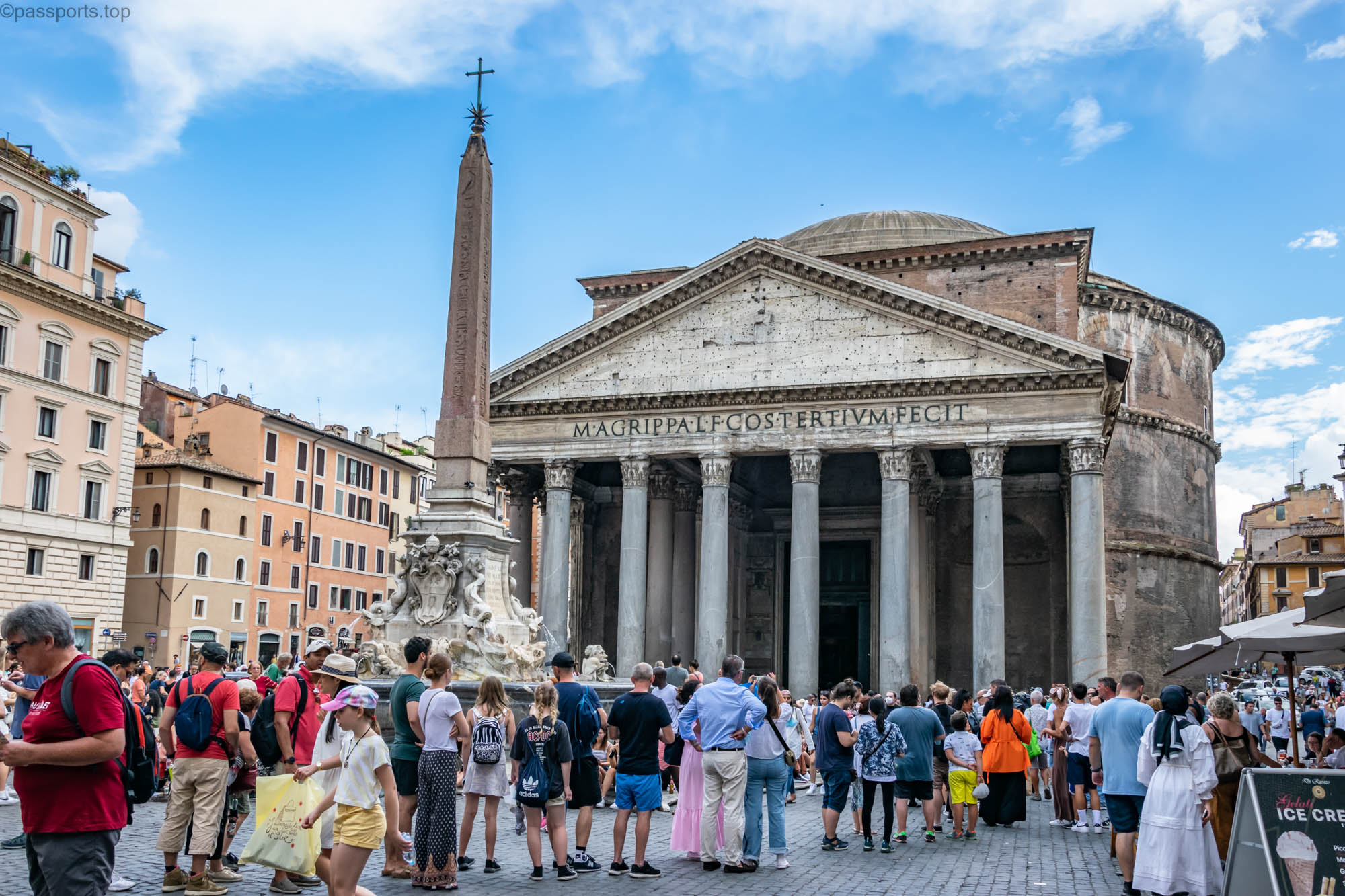
7. The Pantheon
Surely the tour of Rome must also include the Pantheon. This building built two millennia ago is located in the historic center of the city, in Piazza della Rotonda. Originally it was a temple dedicated to all the deities of the ancient Roman civilization, and in the meantime it was transformed into a Christian church.
Michelangelo defined the Pantheon as a divine work built by angels, not men.
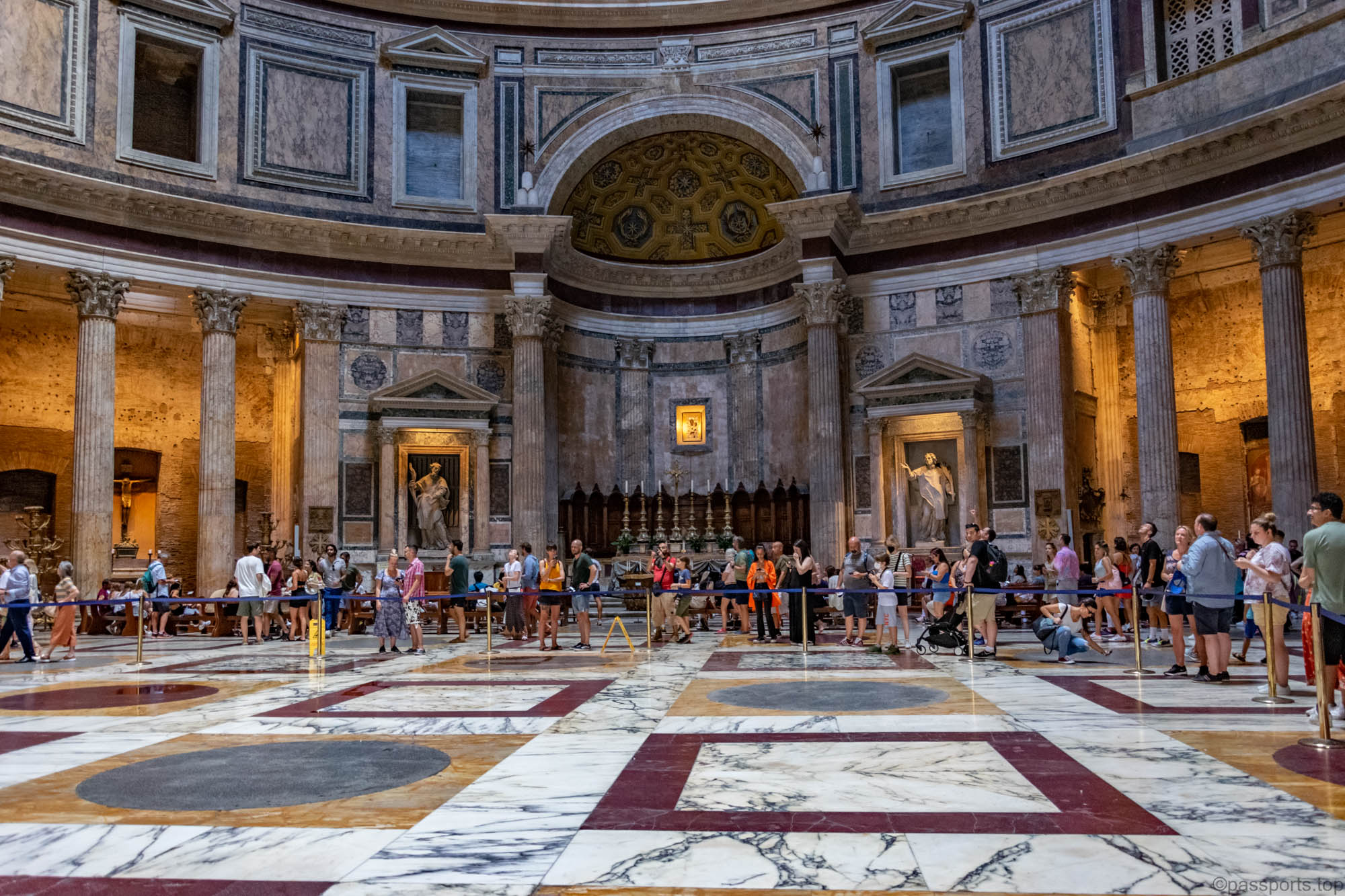
Inside the Pantheon are several tombs, including those of the first two kings of Italy, Vittorio Emanuele II and Umberto I, and the tomb of Raffaello Sanzio (a well-known Renaissance painter and architect).
In the center of the square in front of the Pantheon you can admire a Renaissance fountain, built around 1575, and an Egyptian obelisk over 3200 years old, from the era of Ramses II, found abandoned in an old area of Rome.
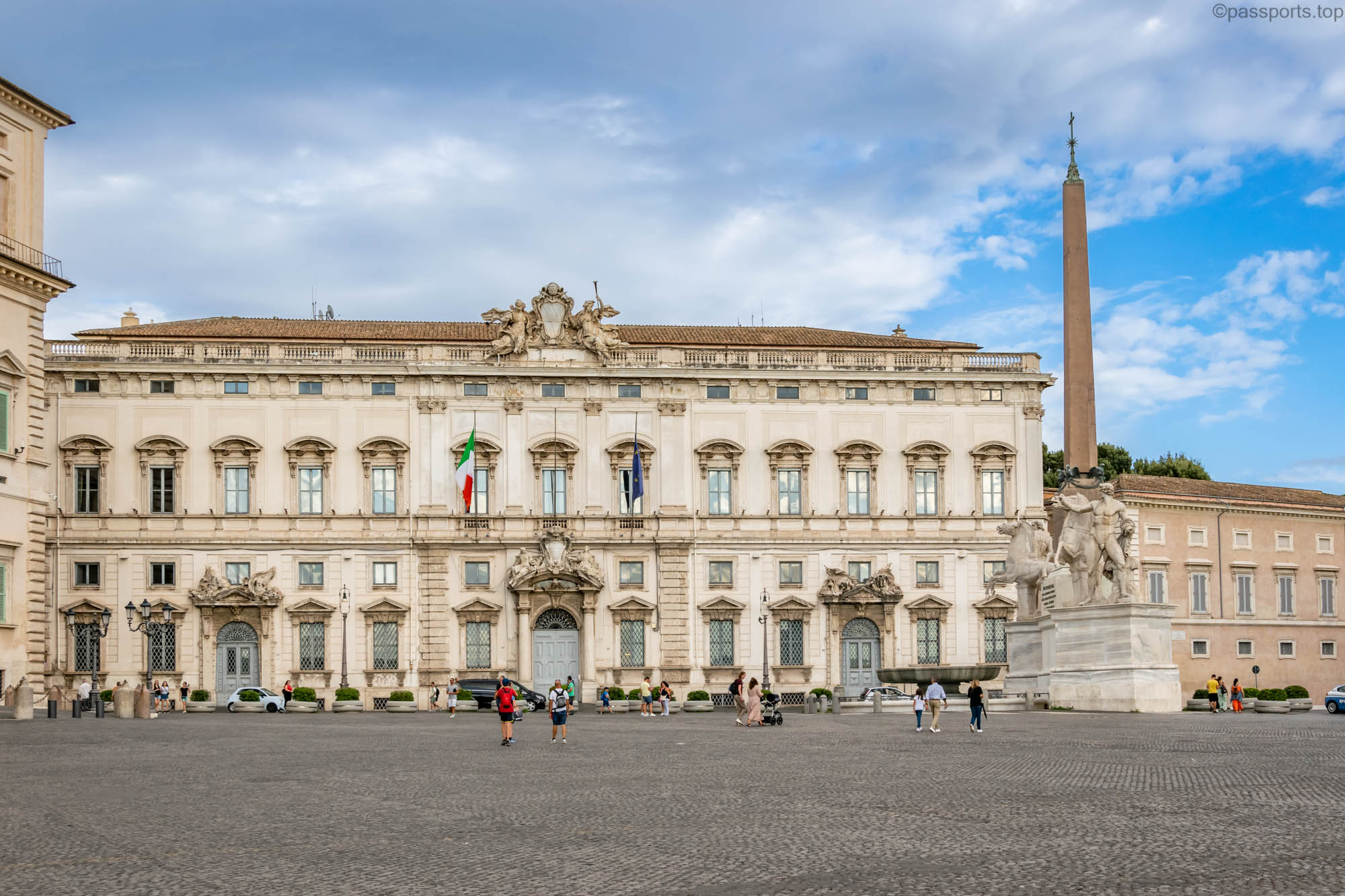
8. Palazzo del Quirinale is the former royal and papal residence, now a presidential palace and museum.
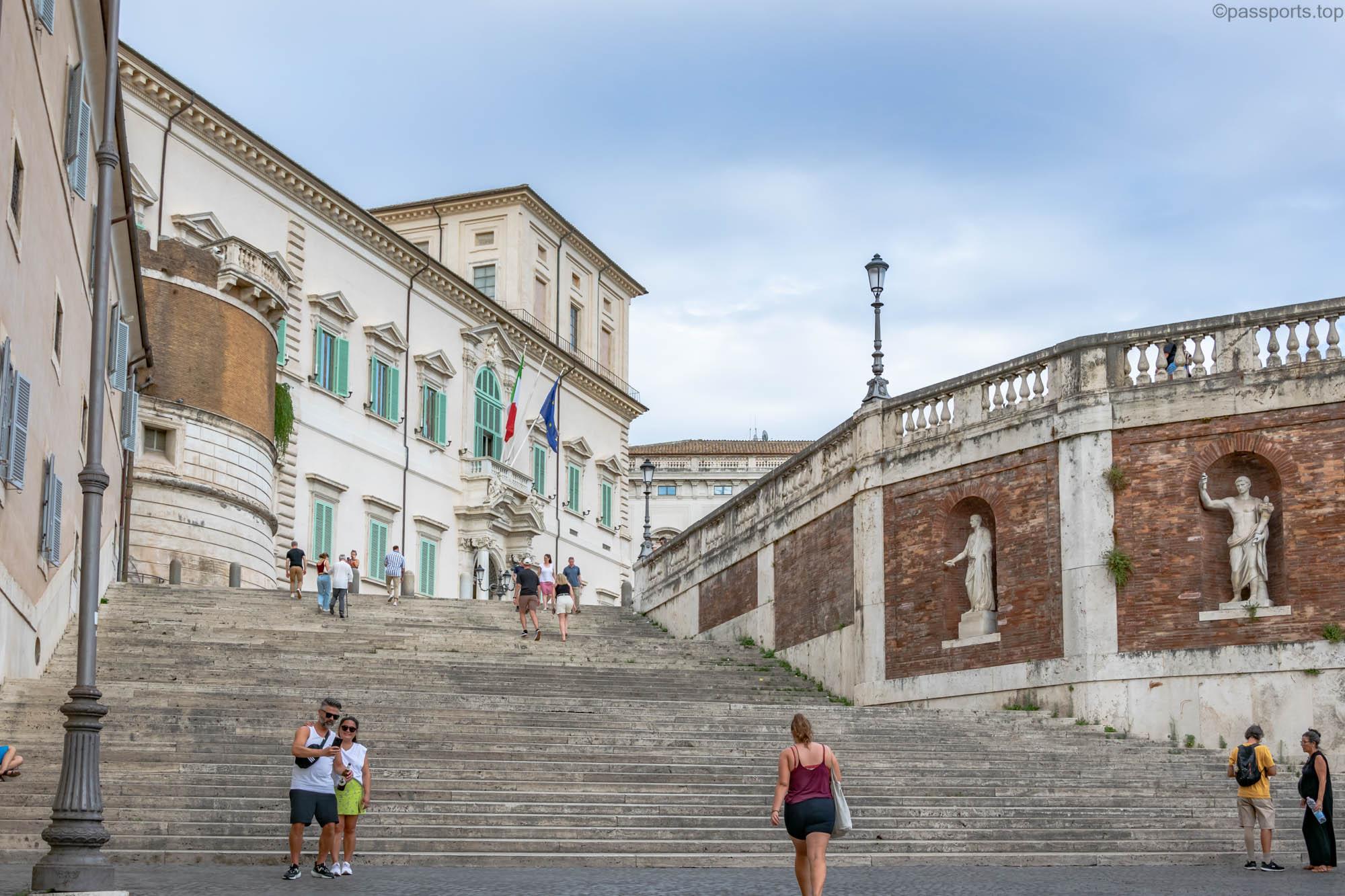
The imposing structure is located on the Quirinal Hill, in the center of Rome. In total, the complex covers 110,500 square meters and is one of the largest palaces in the world. The Quirinale Palace can only be visited with a guided tour in Italian.
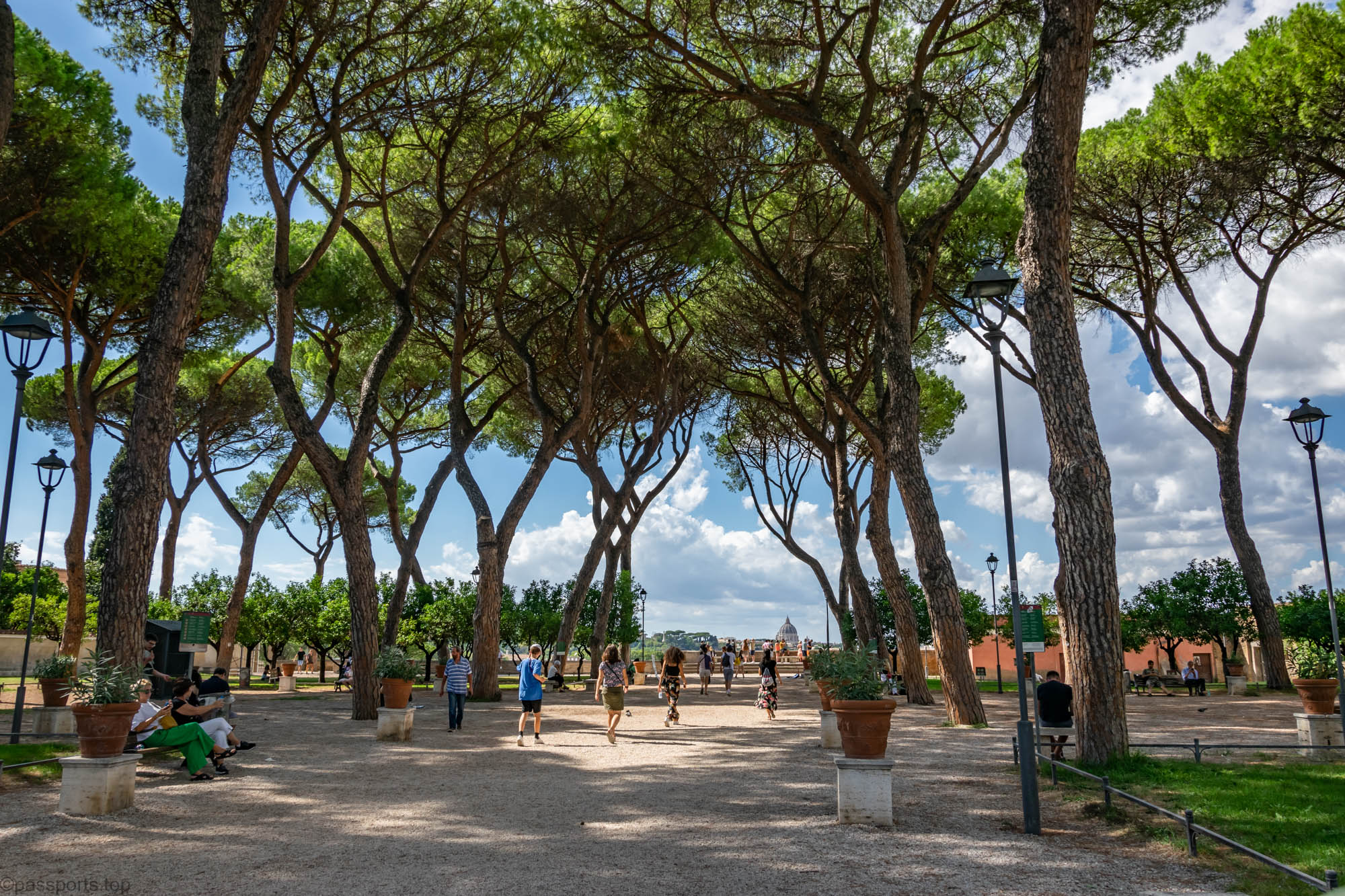
9. The Orange Garden (Giardino degli Aranci) is a place away from the hustle and bustle of the city, where you can admire the view of the Vatican or relax in the shade of the trees, being quite a quiet place.
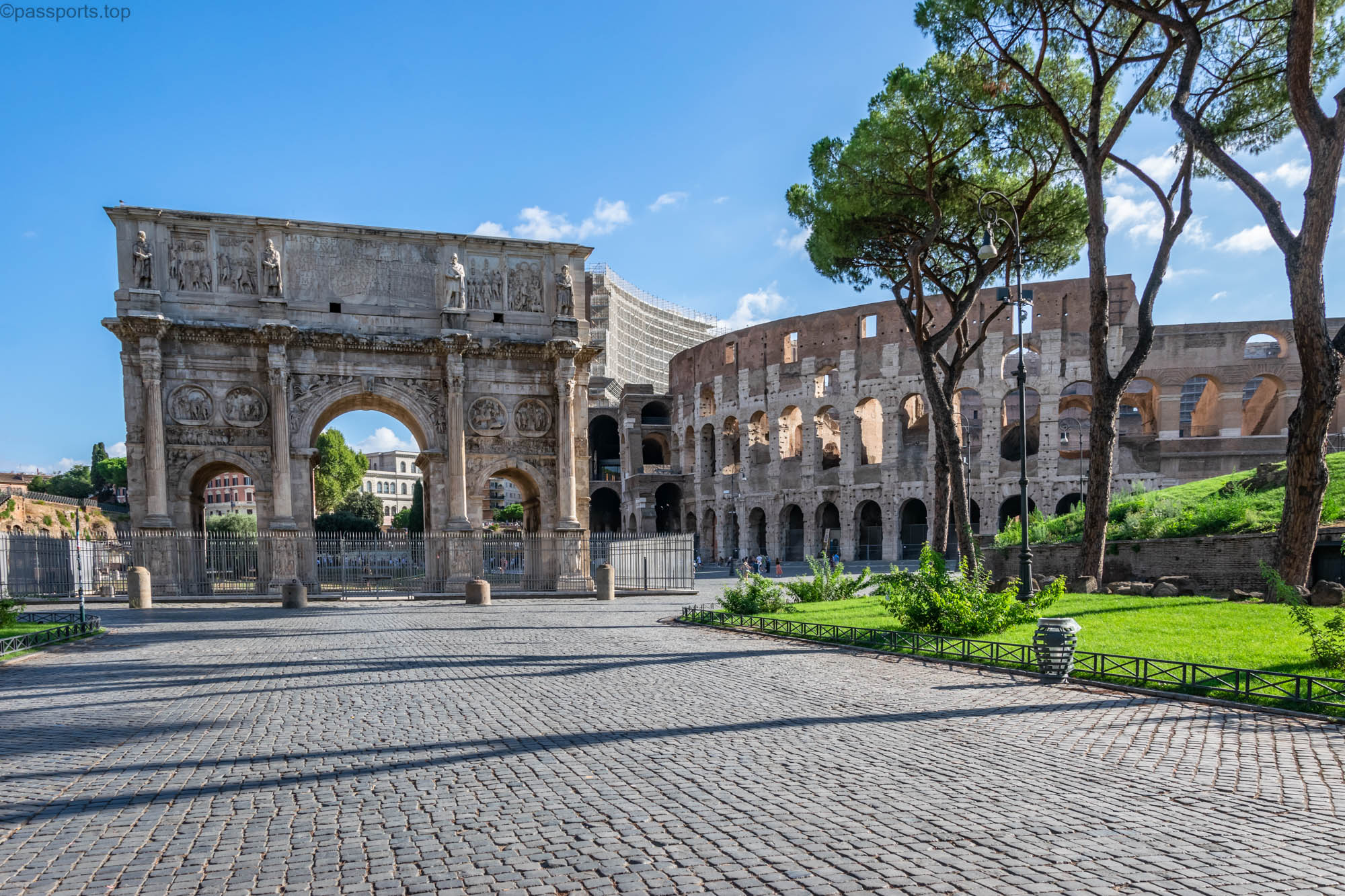
10. The Colosseum, the Arch of Constantine, the Roman Forum and the Palatine Hill
The Colosseum is perhaps the most famous symbol of Ancient Rome and the most impressive building-ruin that belonged to the Roman Empire.
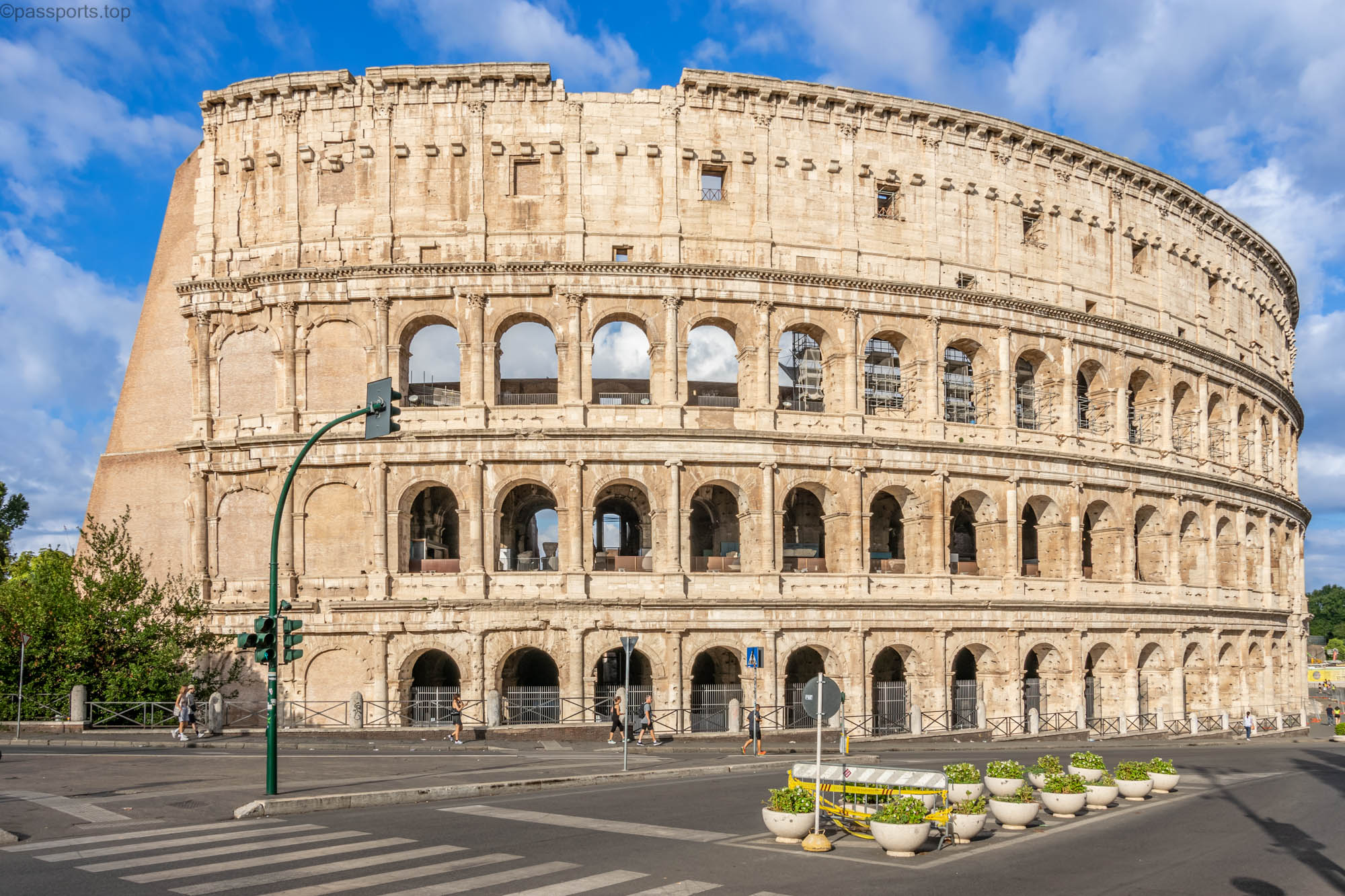
The largest amphitheater ever built has hosted numerous sporting events and gladiator fights for half a millennium, with a capacity of over 50,000 spectators.
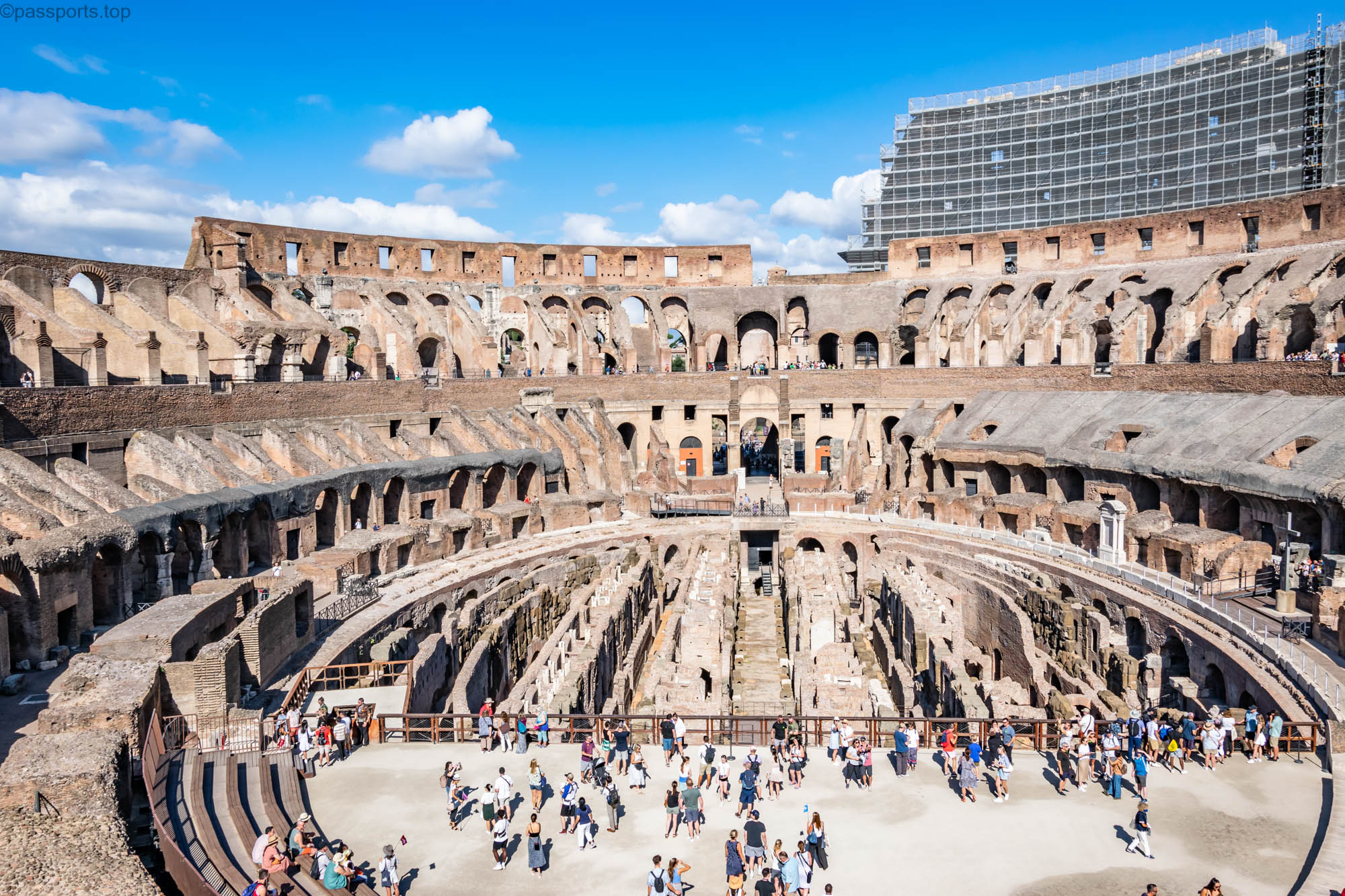
We had free entry without queuing with the city pass, and the ticket includes entry to the Roman Forum and the Palatine Hill. The price of a ticket starts from 16€/person.
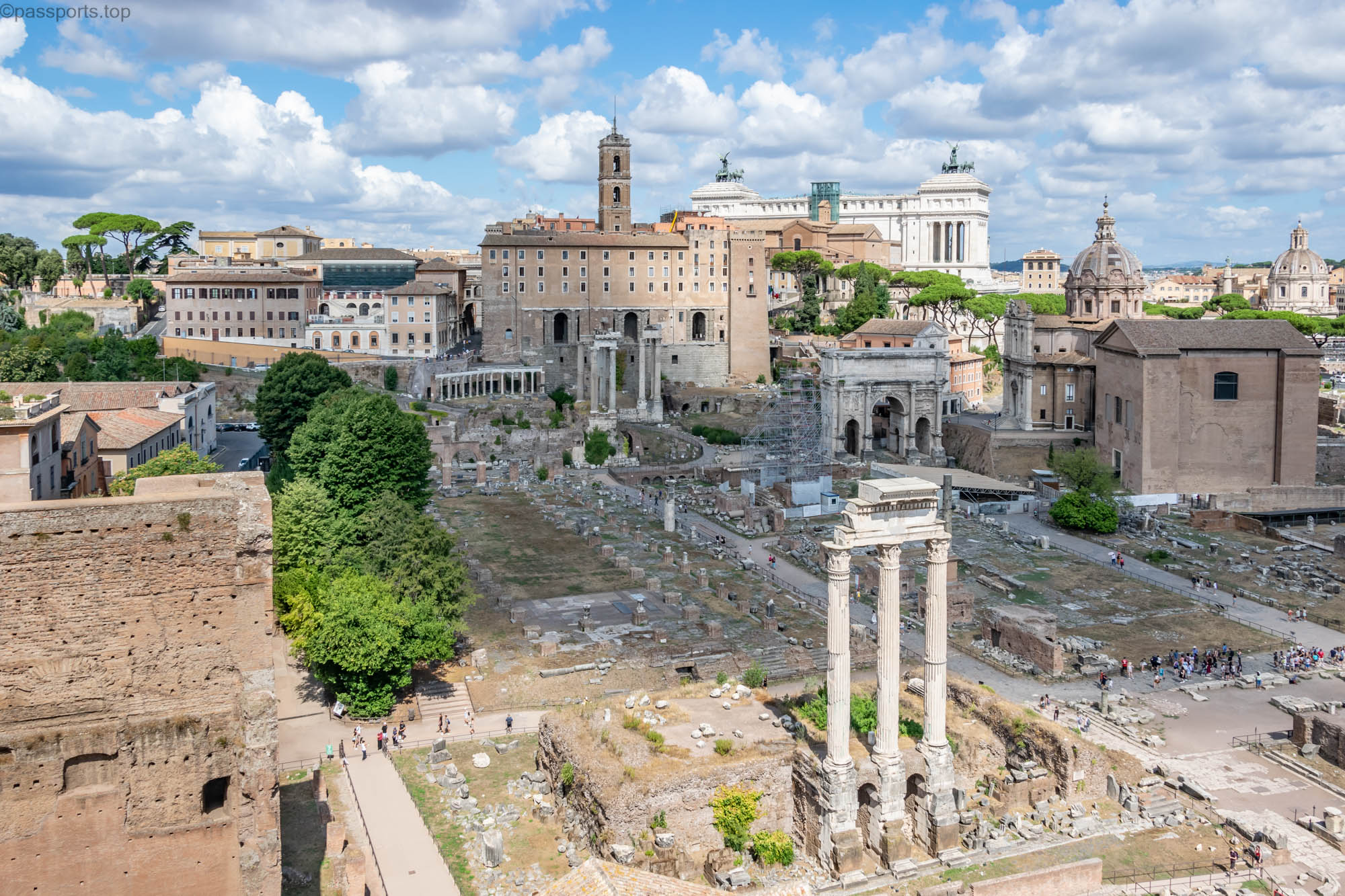
The Roman Forum is located near the Colosseum. It was the center of the old city, and ruins of ancient squares and administrative and religious buildings can be seen.
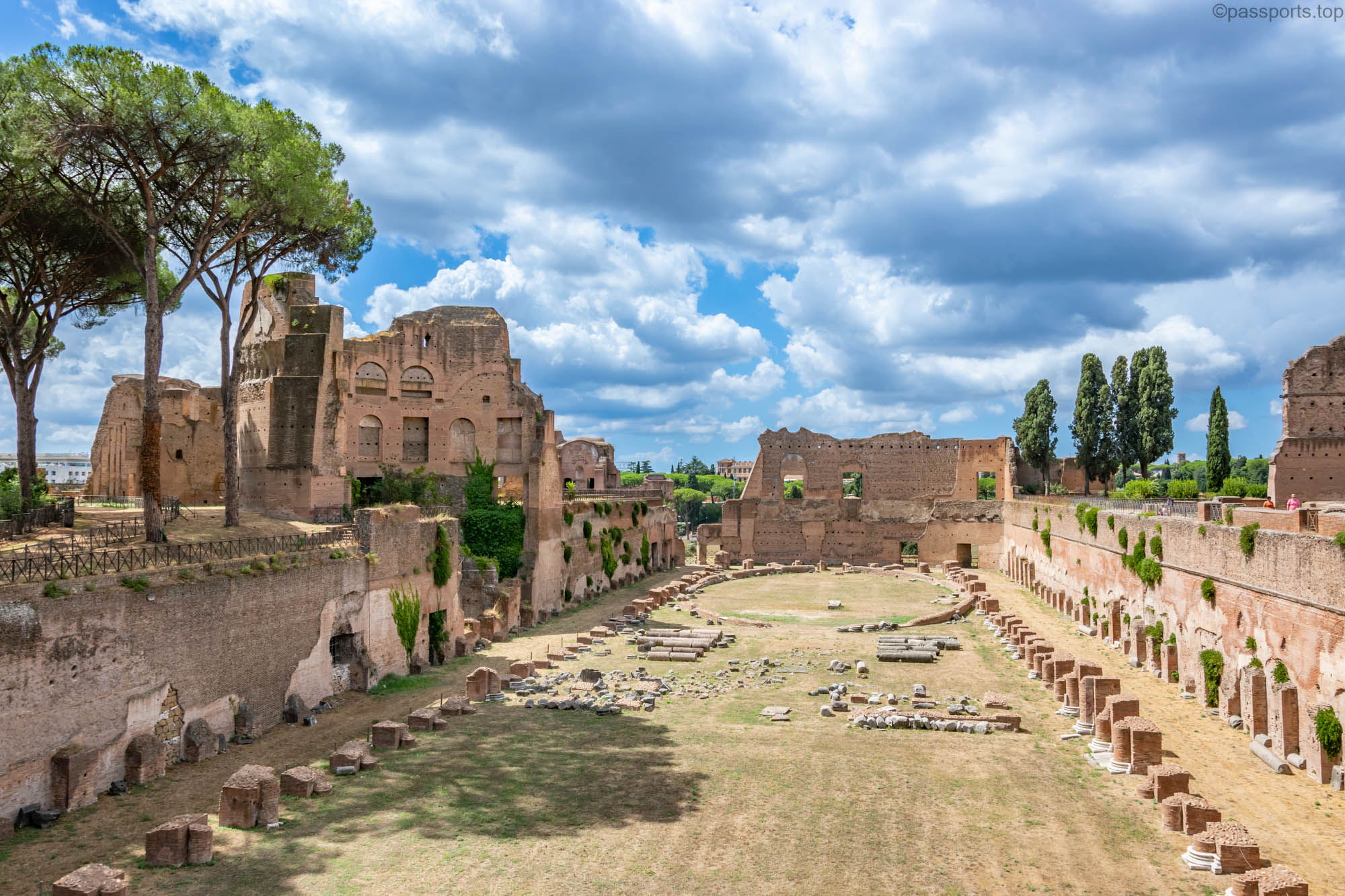
The Palatine Hill is one of the 7 hills (hills) of Rome and is said to be where Remus and Romulus founded Rome.
You need to allow a few hours to visit the Roman Forum and Palatine Hill and have suitable footwear.
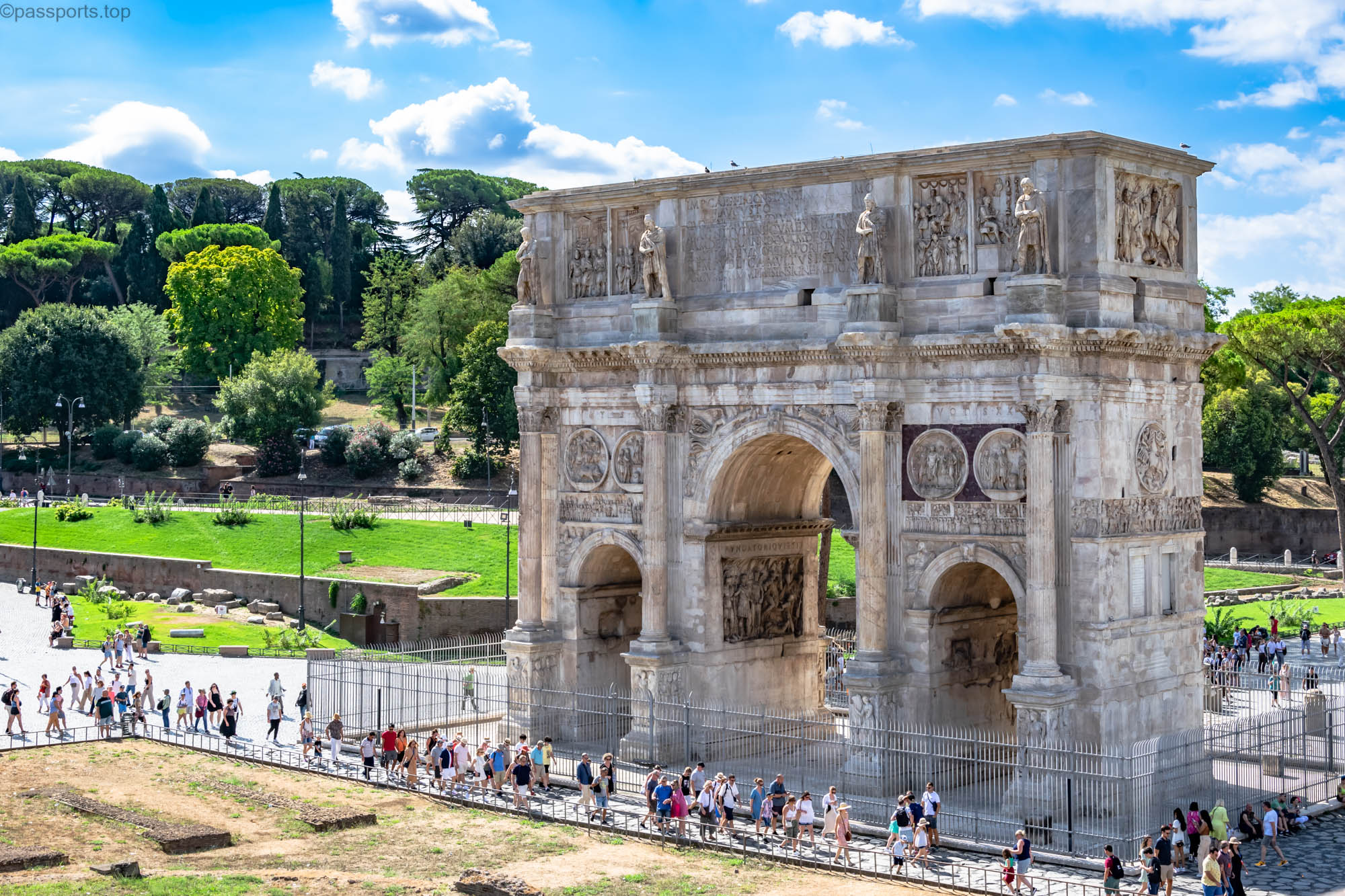
Dedicated to the great emperor Constantine to celebrate his victory at the Battle of the Milvian Bridge, the Arch of Constantine is the largest of its kind in Rome and is located near the Colosseum.
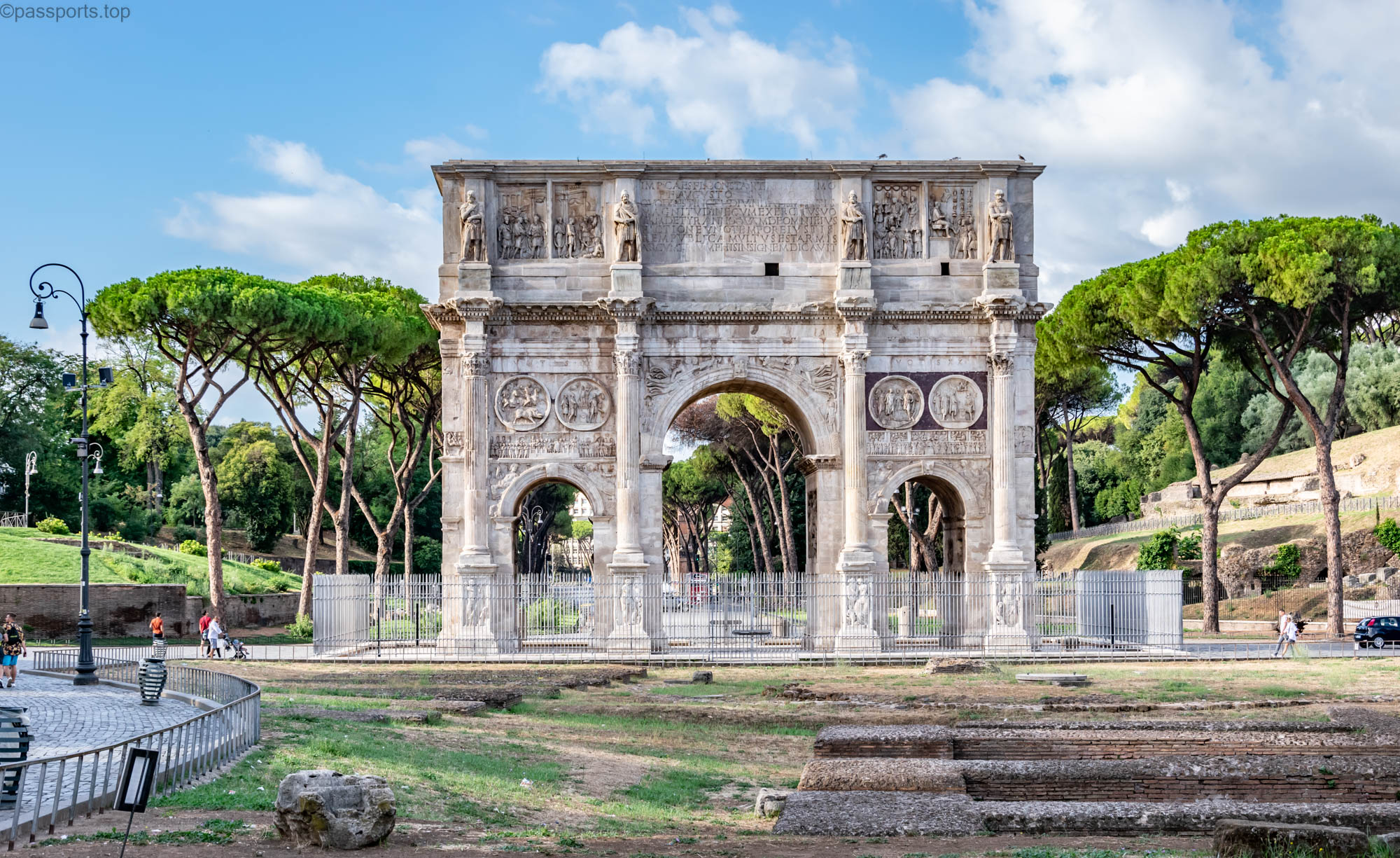
Built in 315 AD, it is among the oldest structures in the city and retains a large amount of original details and artwork. Some depict soldiers, others show prisoners and war scenes, while others contain elaborate inscriptions.
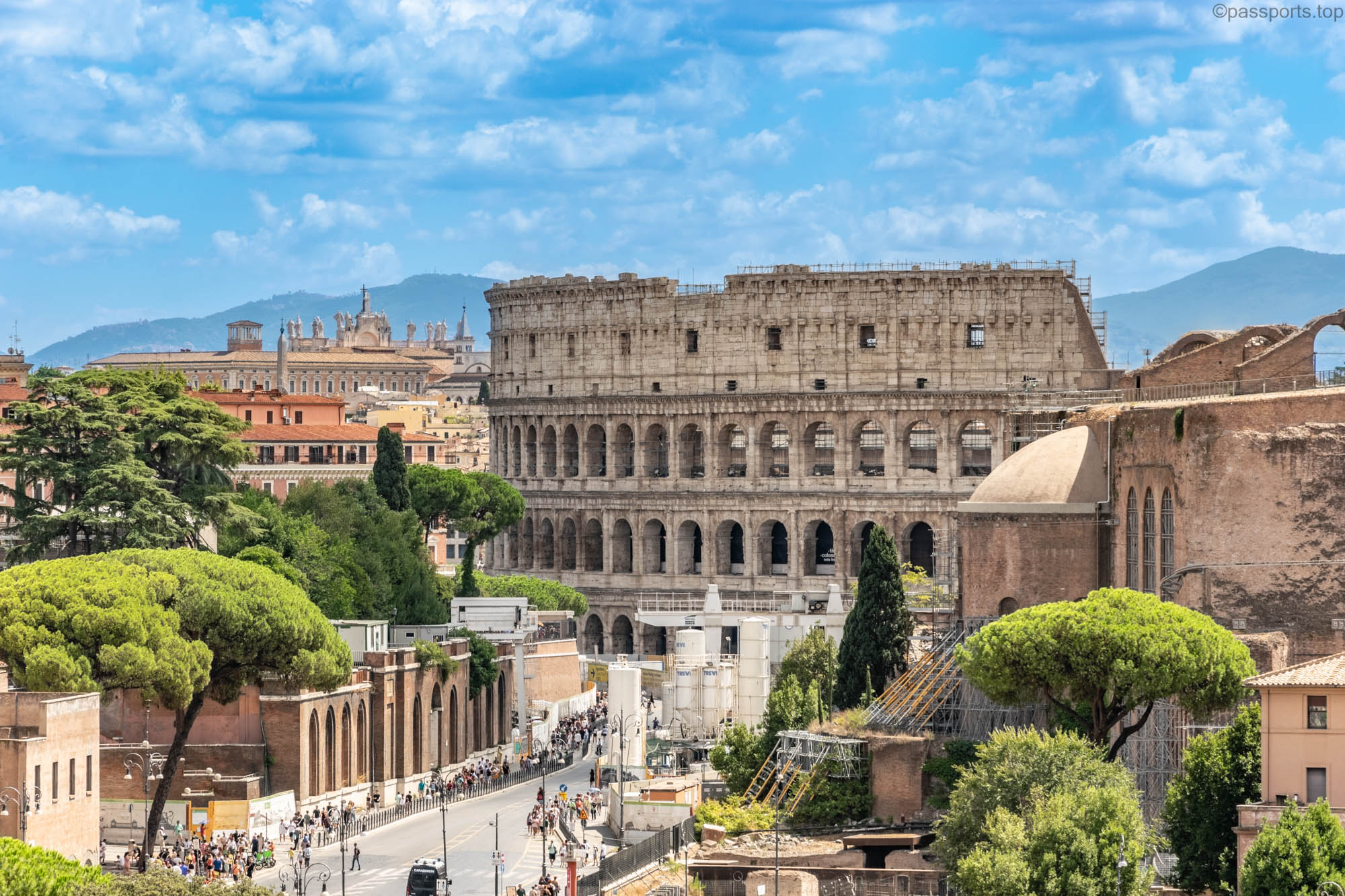
I wrote more details about the Colosseum, the Roman Forum and the Palatine Hill in a separate article, which you can read by clicking here.
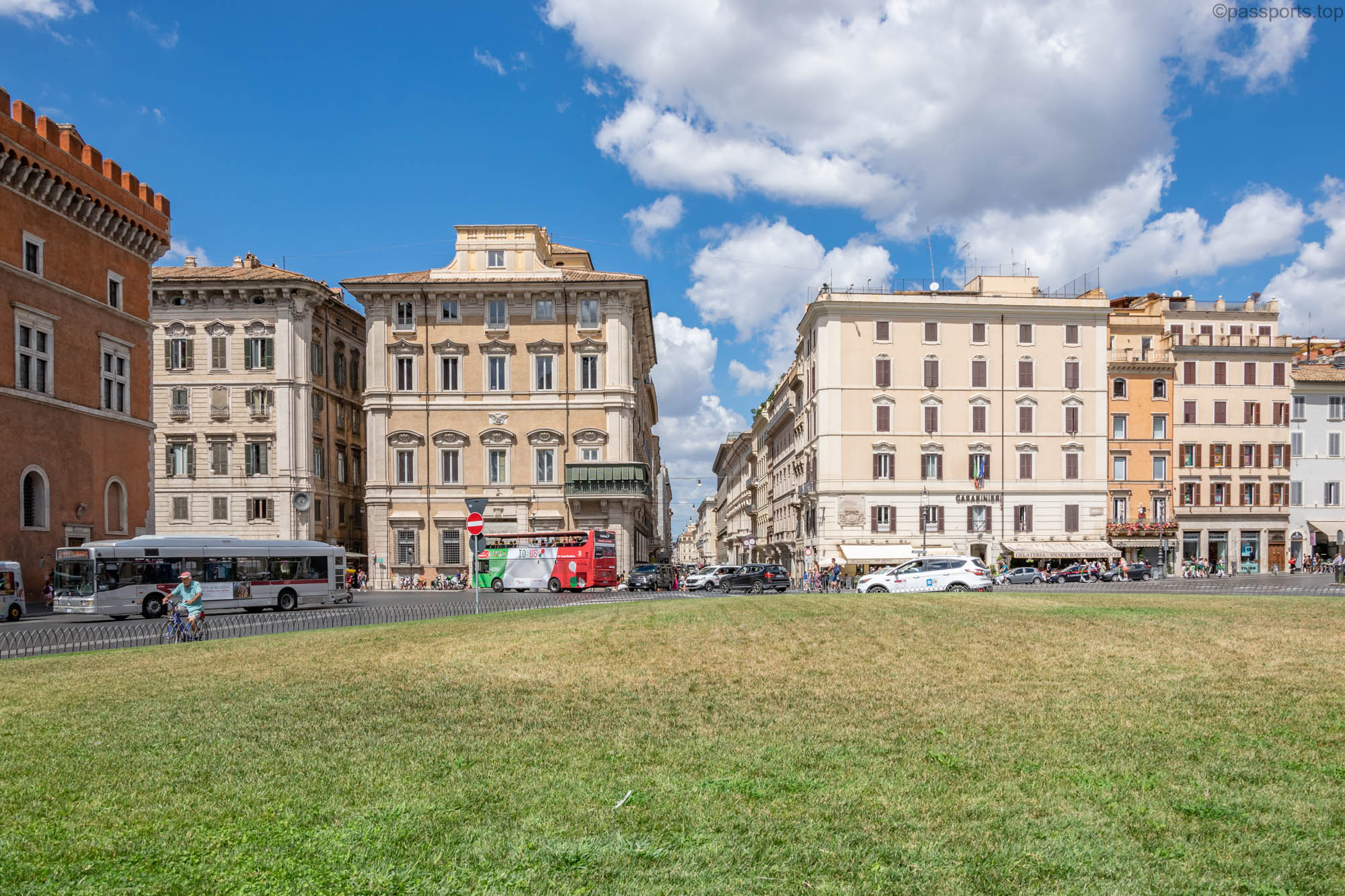
11. Piazza Venezia and Altare della Patria
Near the Roman Forum is Piazza Venezia, one of the city’s main squares. The square is home to some of the most beautiful buildings, iconic monuments and an ancient basilica.
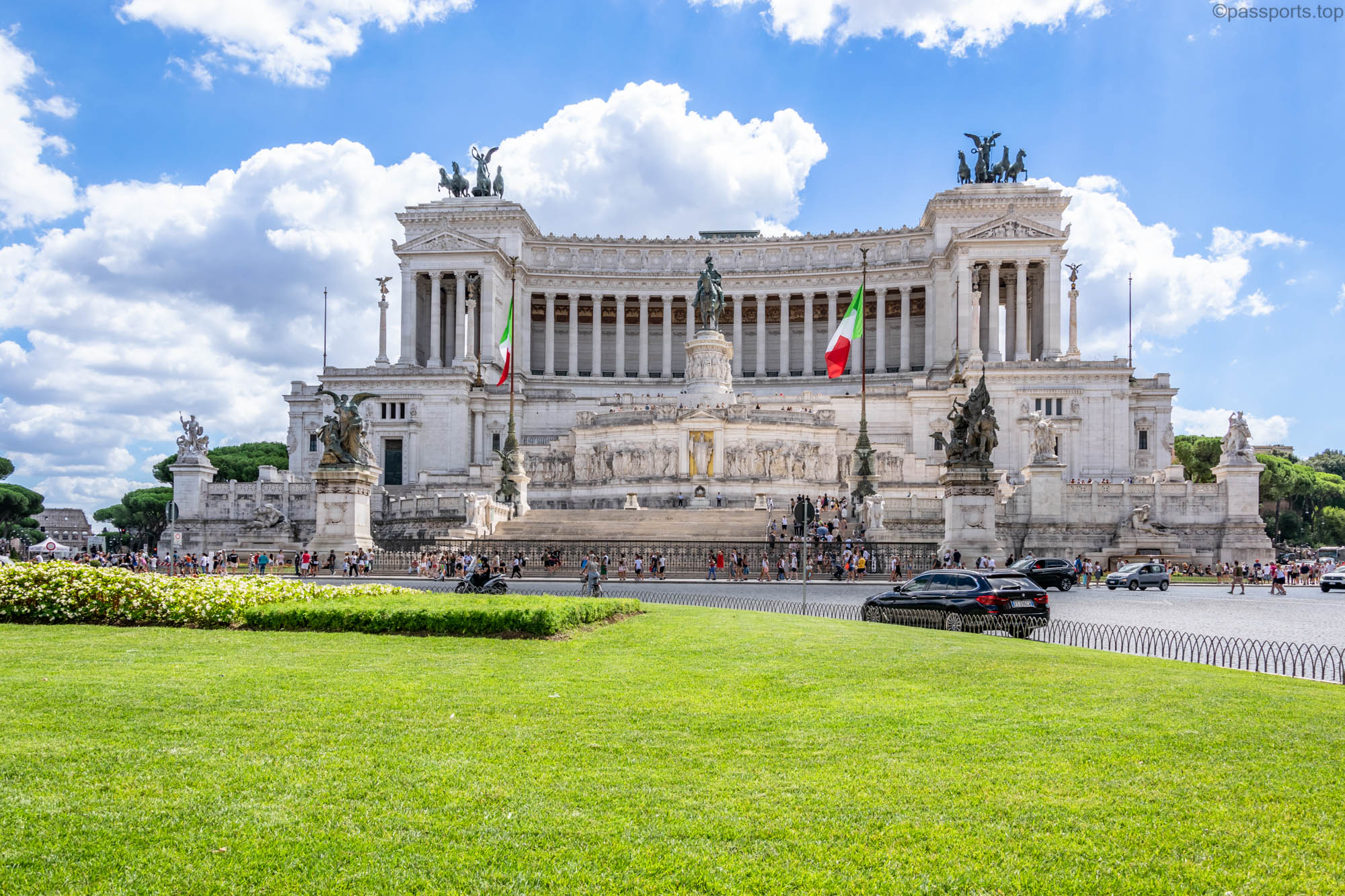
Piazza Venezia is dominated by the Altare della Patria (also called Monumento Nazionale a Vittorio Emanuele II), a huge marble building dedicated to Italy’s first king, Victor Emmanuel II. It is one of the newest structures of the city, built in 1935.
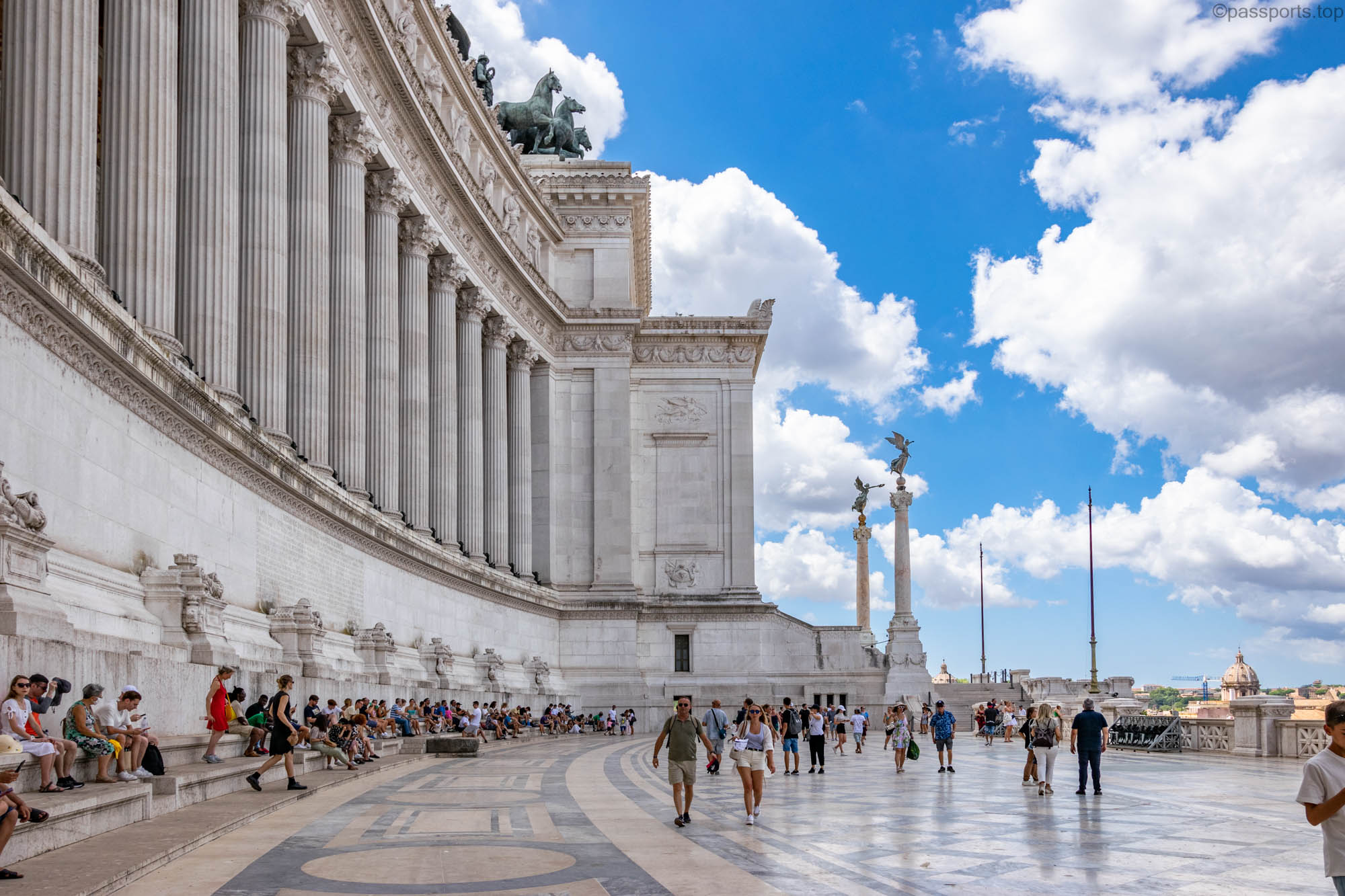
Inside the building there are large halls used for exhibitions. Also here is the Museo centrale del Risorgimento, a museum dedicated to the history of Italian unification.
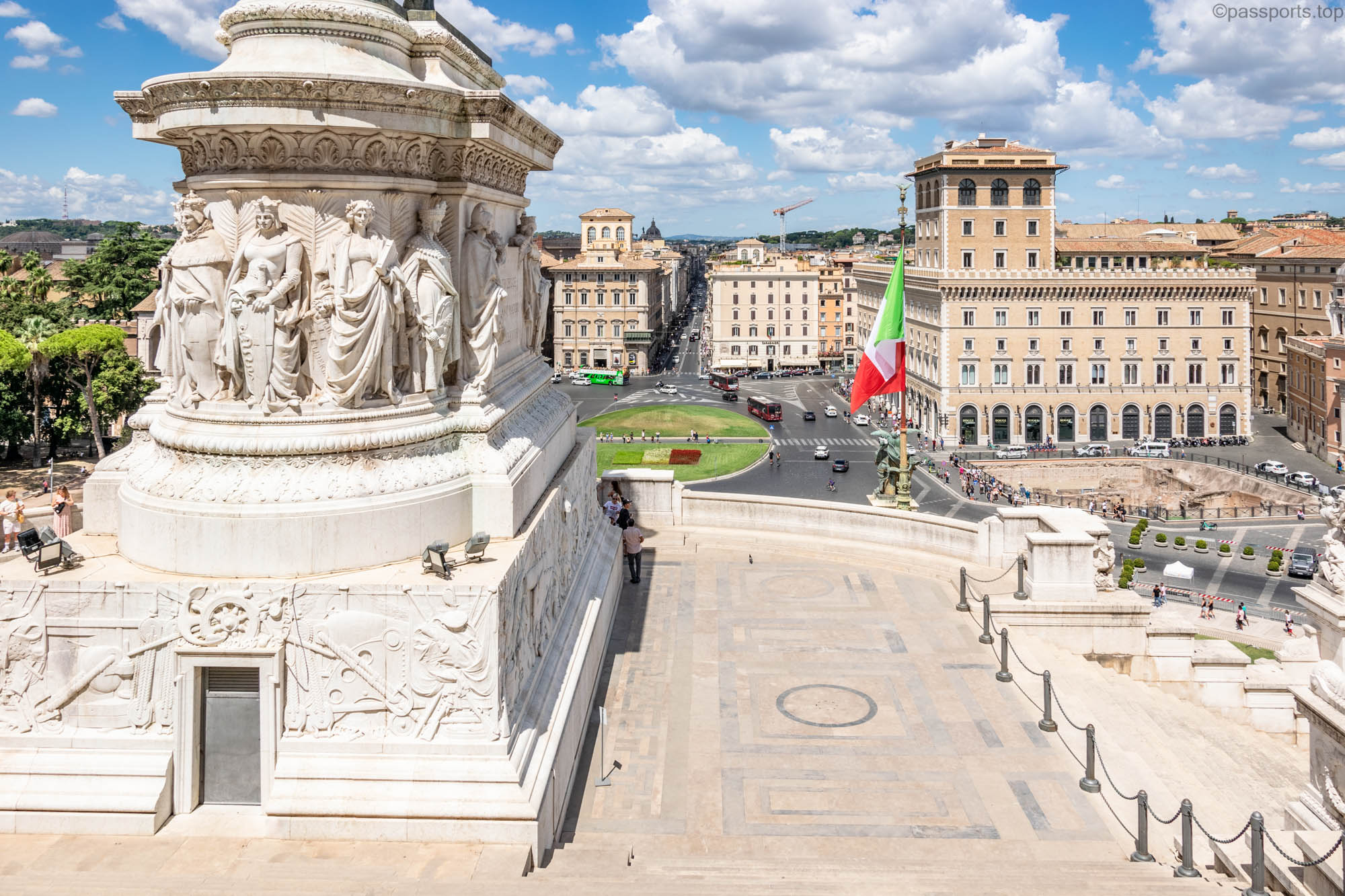
The first level can be visited for free, but to go up to the terrace (Terazza delle Quadrighe) you have to go up with the panoramic lift (Ascensori Panoramici). The ticket costs €12/person.
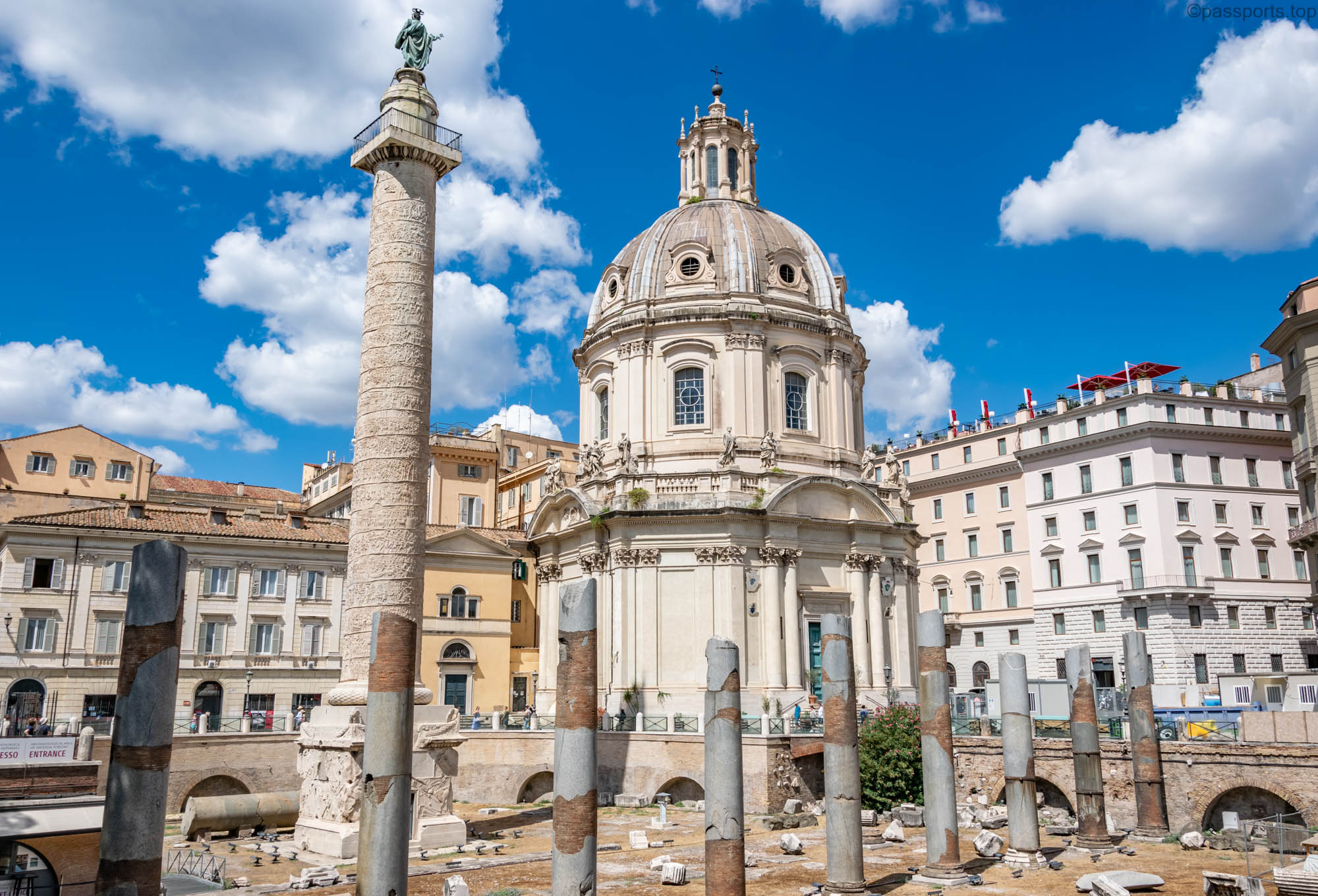
12. Trajan’s Column (Colonna Traiana), Foro di Traiano and Mercati di Traiano Museo dei Fori Imperiali
Trajan’s Column was built in 113 AD, with the gilded statue of King Trajan at the top. The statue was replaced in the Middle Ages by that of Saint Peter. The 40-meter-high column is built of marble and decorated with scenes from the Roman-Dacian wars.
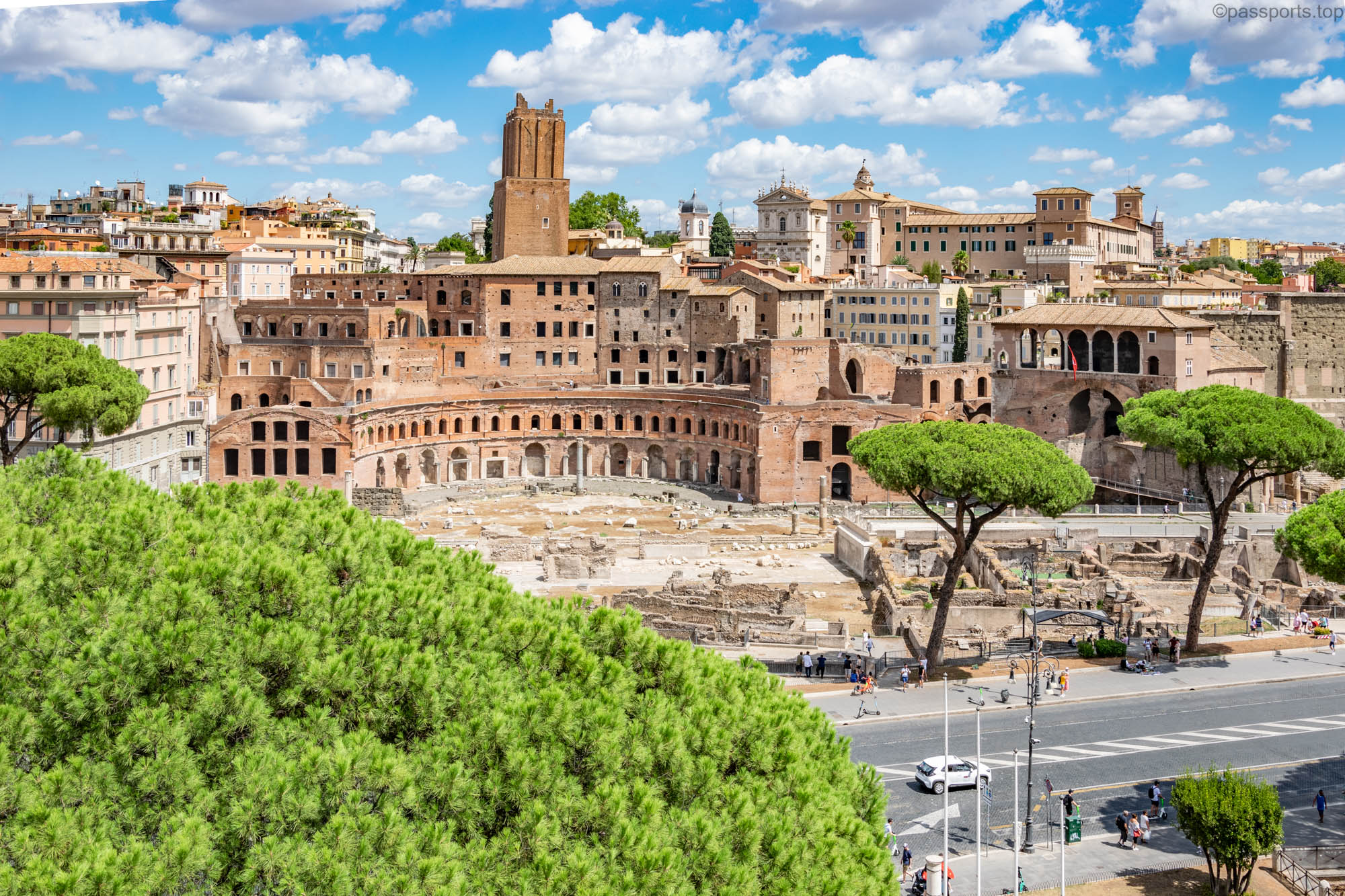
Trajan’s Squares were built around 107-110 AD. and are considered to be part of the world’s first large shopping complex.
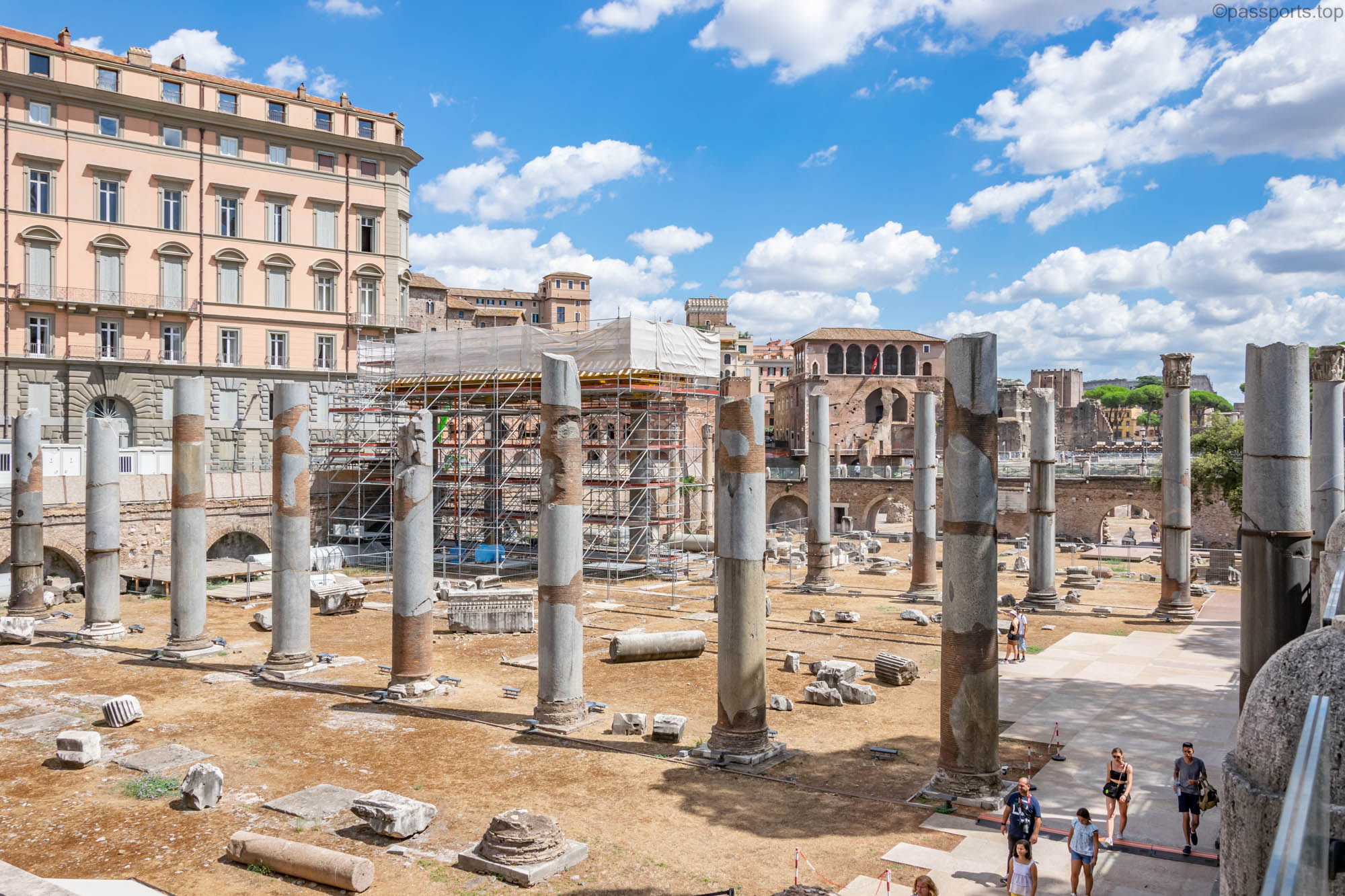
Overshadowed by the towering Mercati di Traiano is Trajan’s Forum or Forum Ulpium. This was the last of the imperial fora to be built, dating from the early 2nd century AD. It was built by King Trajan with the “spoils” obtained from the war with Dacia. The design is said to belong to the well-known architect Apollodorus of Damascus.
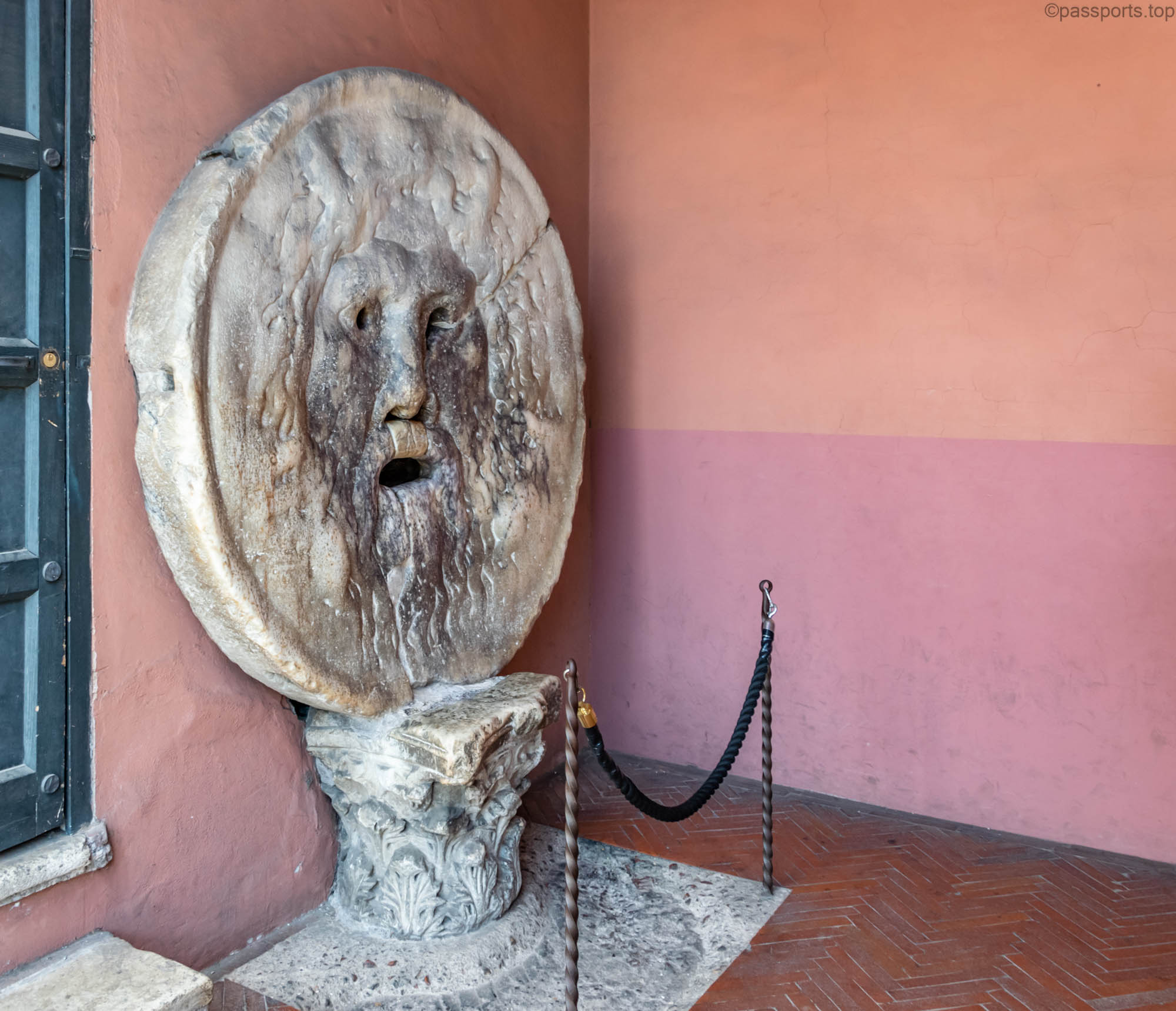
13. The Mouth of Truth (Bocca della Verita) is a marble disk known for the medieval legend that the Bocca della Verita works like a lie detector.
The disc weighs 1300kg, is about 2000 years old and is found on the wall at the entrance to the church of Santa Maria de Cosmedin, in the Bocca della Verita square.
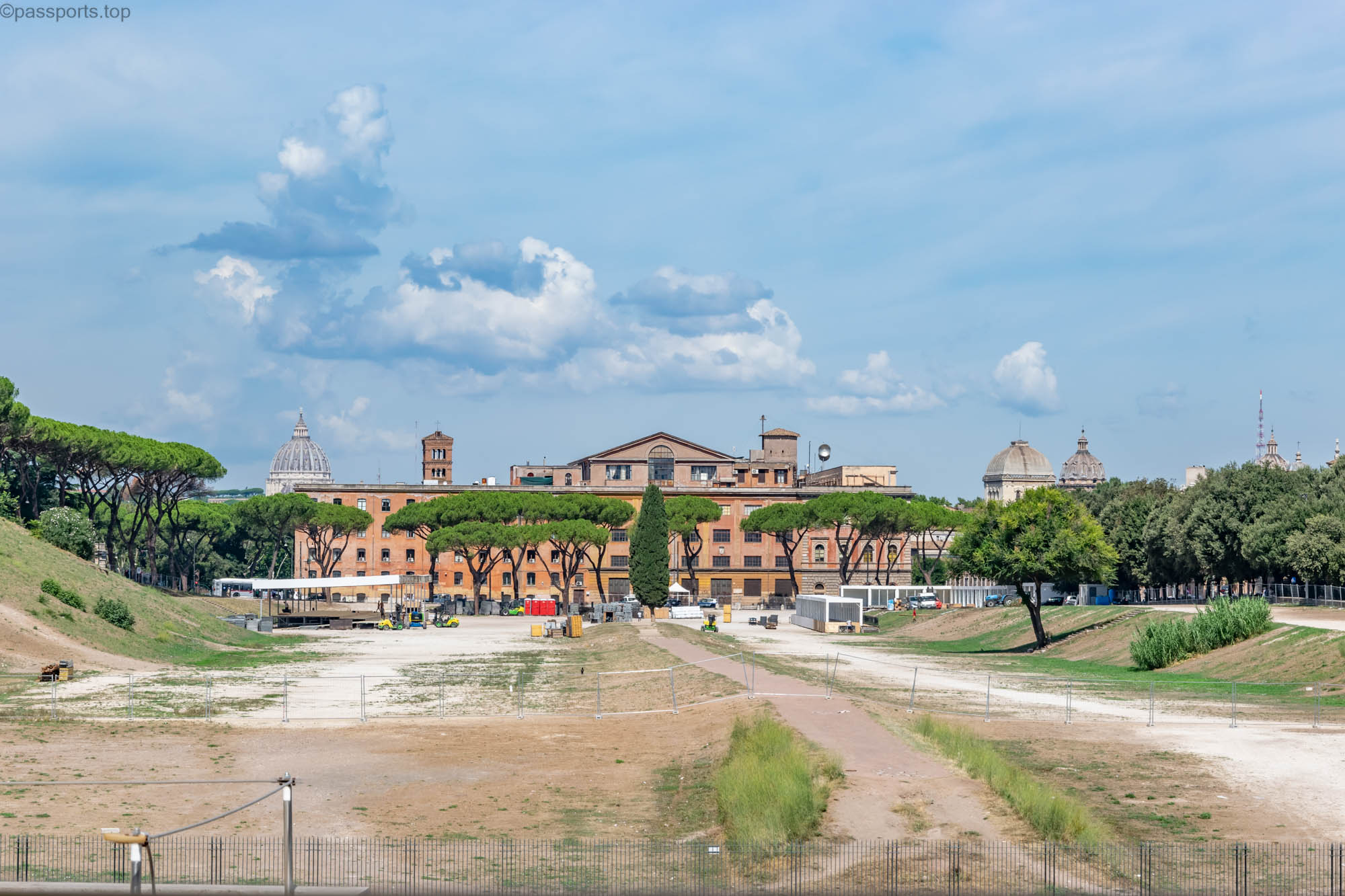
14. Circus Maximus was the first and largest stadium of Ancient Rome. Located between the Palatine and Aventine hills, the stadium could hold up to 150,000 spectators.
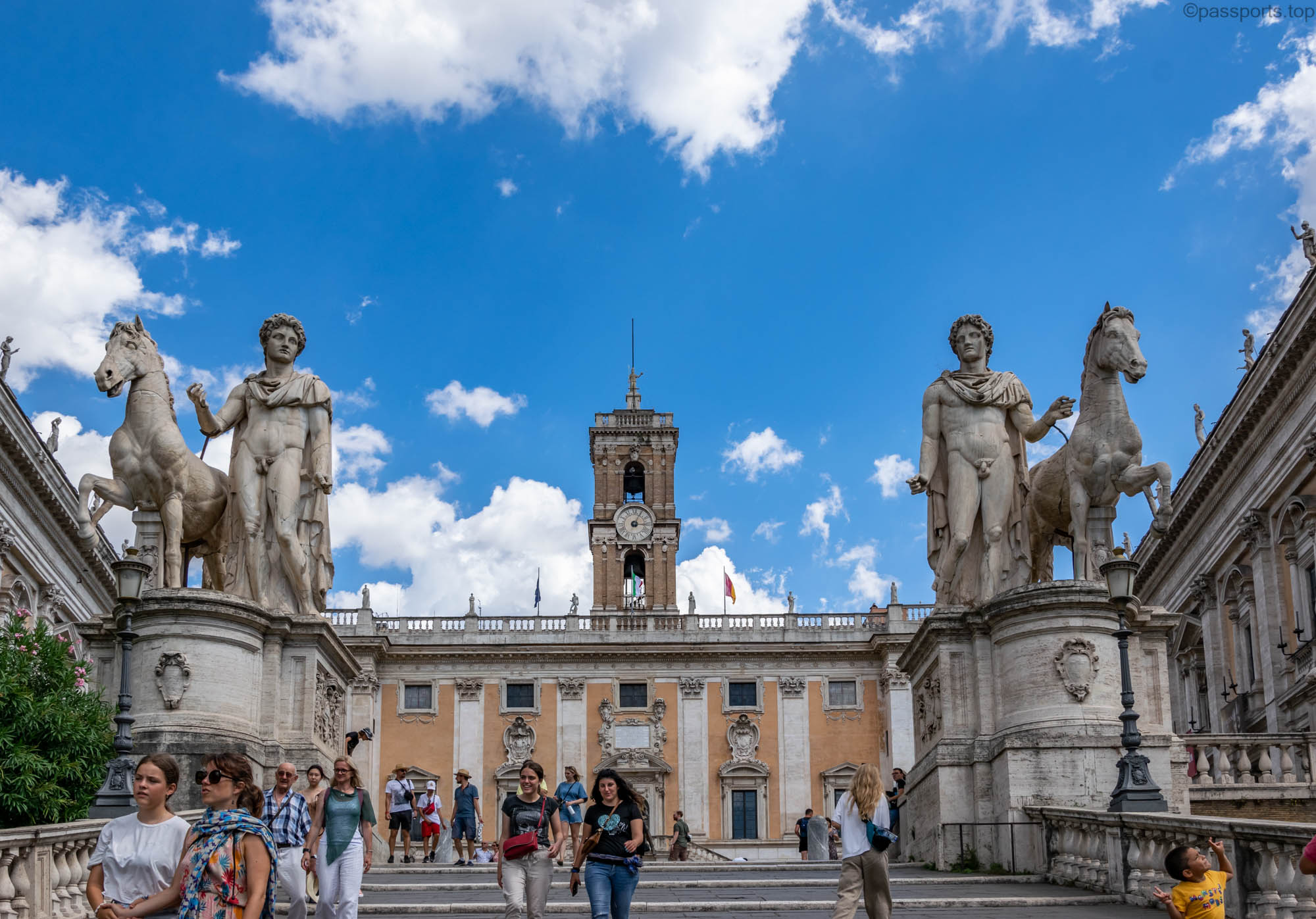
15. Piazza del Campidoglio and the Capitoline Museums (Musei Capitolini)
Capitol Square (Piazza del Campidoglio) was designed by Michelangelo and represented the political center of Rome. In the square are the Senatorial Palace (Pallazo Senatoriu), the Palace of the Conservators (Palazzo dei Conservatori) and the New Palace (Palazzo Nuovo).
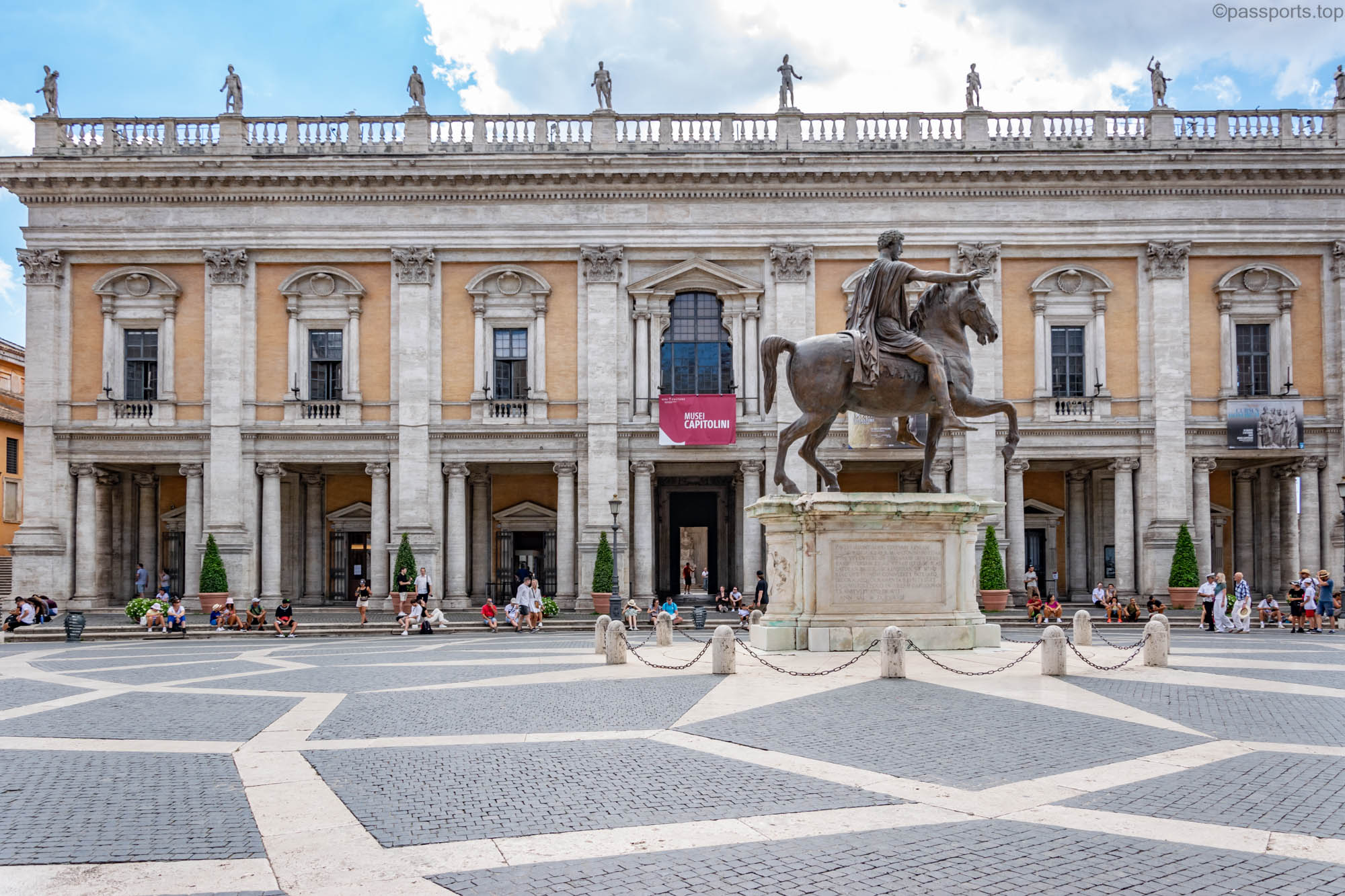
A bronze equestrian statue of Marcus Aurelius was installed in the center of the square, which is currently in the Palazzo dei Conservatori. The statue that we can see today in the square is a faithful reproduction of it.
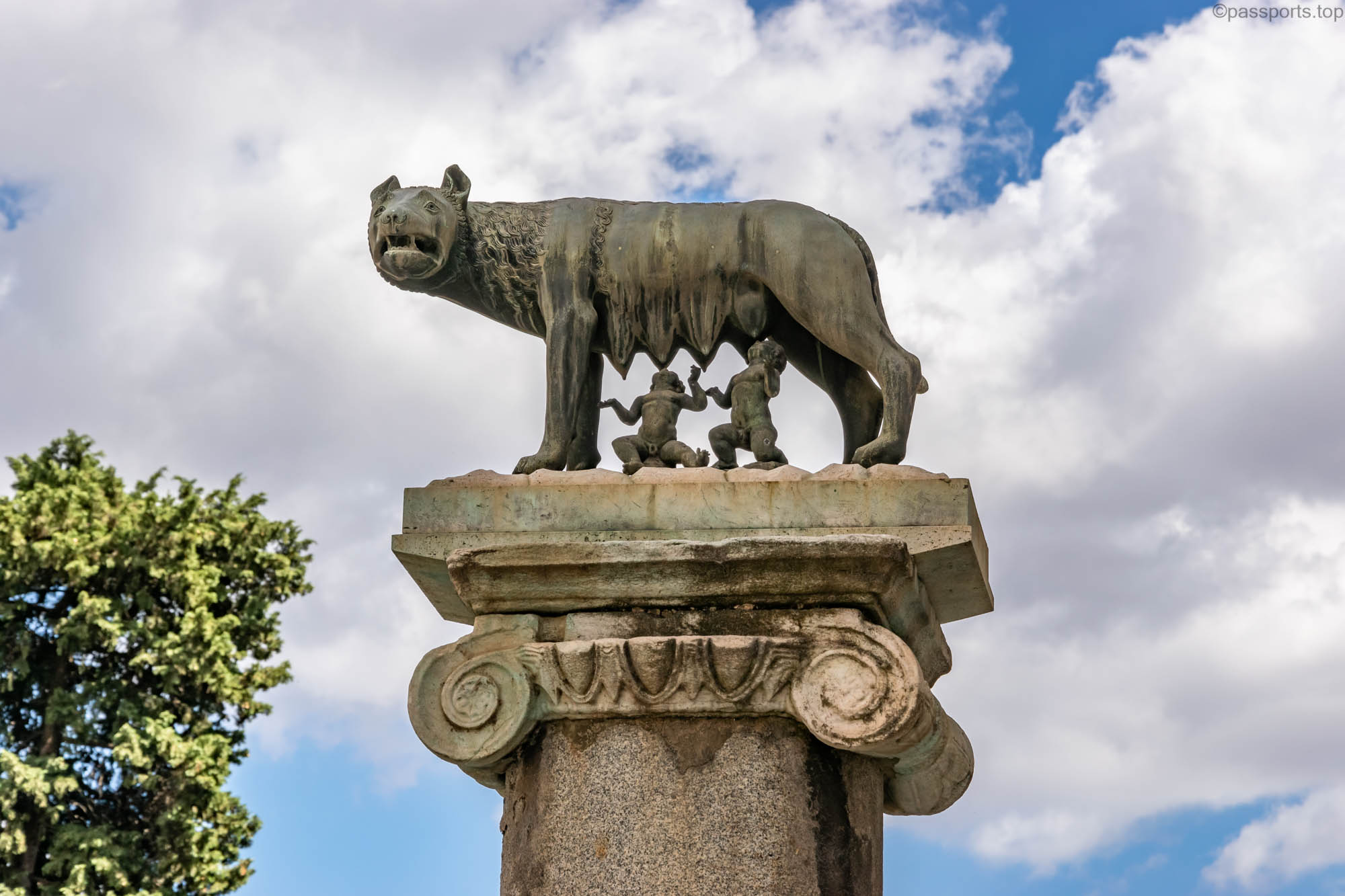
Inside the Palazzo dei Conservatori museum is the symbol of Rome – the famous statue of the she-wolf, Lupa Capitolina, nursing Romulus and Remus. A replica of the statue can be found outdoors near Capitol Square.
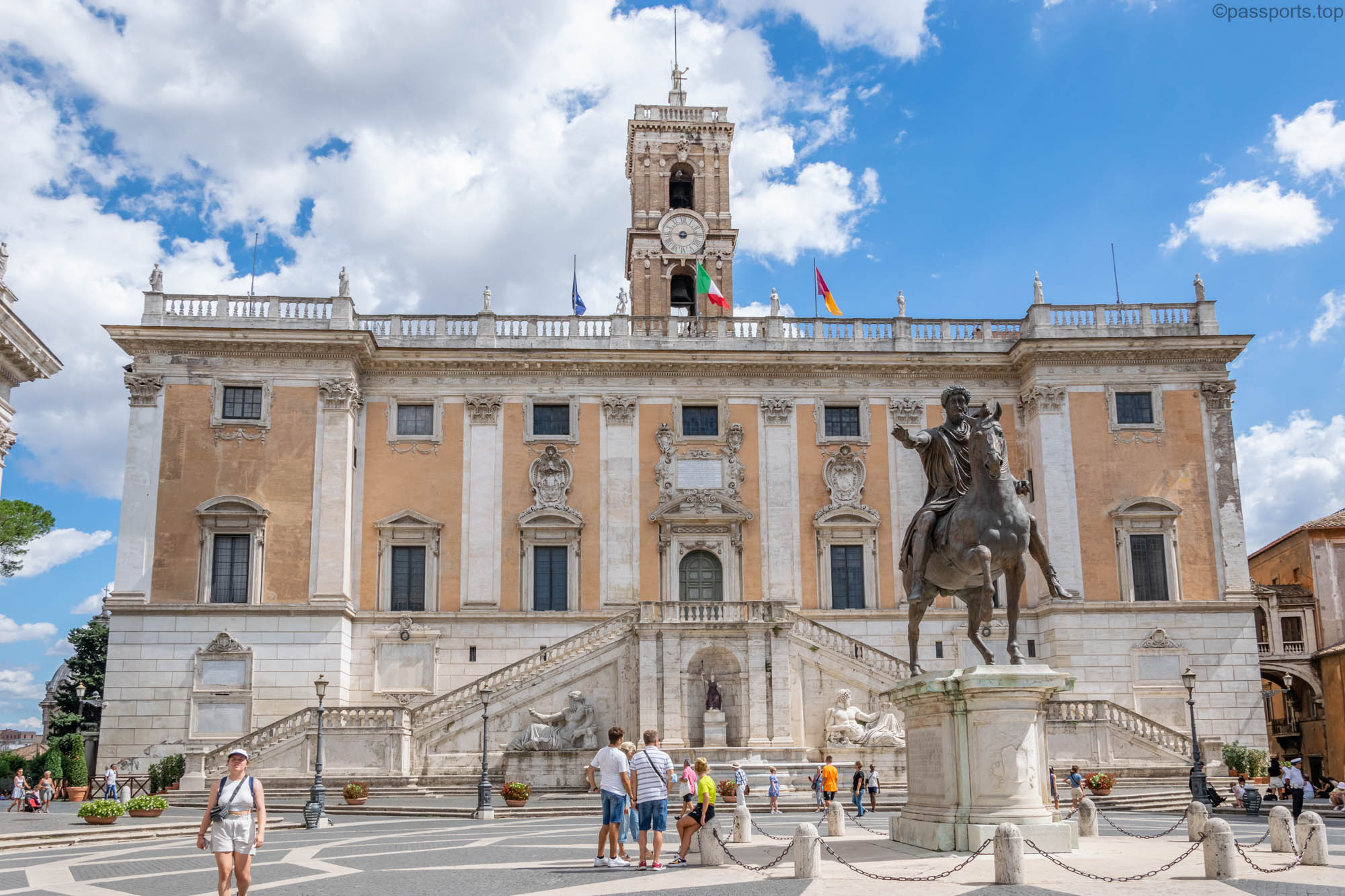
The Palazzo Nuovo is mainly devoted to works of sculpture. Among the museum’s most important works is the Venus Capitolina, a marble sculpture made between 100 and 150 AD.
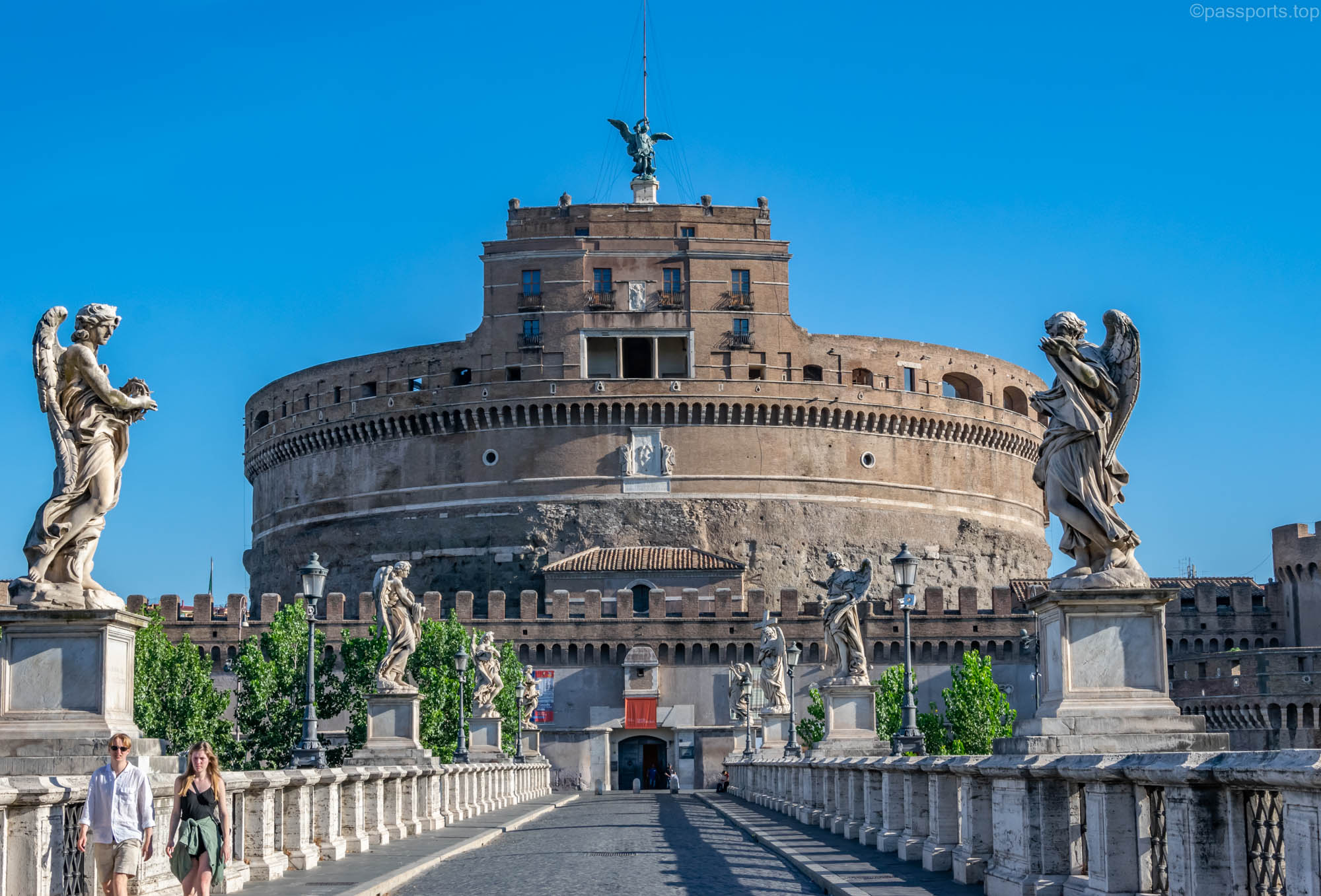
16. Castel Sant’Angelo, Ponte Vittorio Emanuele II and Ponte Sant’Angelo
Castel Sant’Angelo was originally a mausoleum built in the 2nd century by the Emperor Hadrian, then became part of the city wall, and was later transformed into a fortress. During the invasions, it served as a place of refuge for the popes and later served as a military prison.
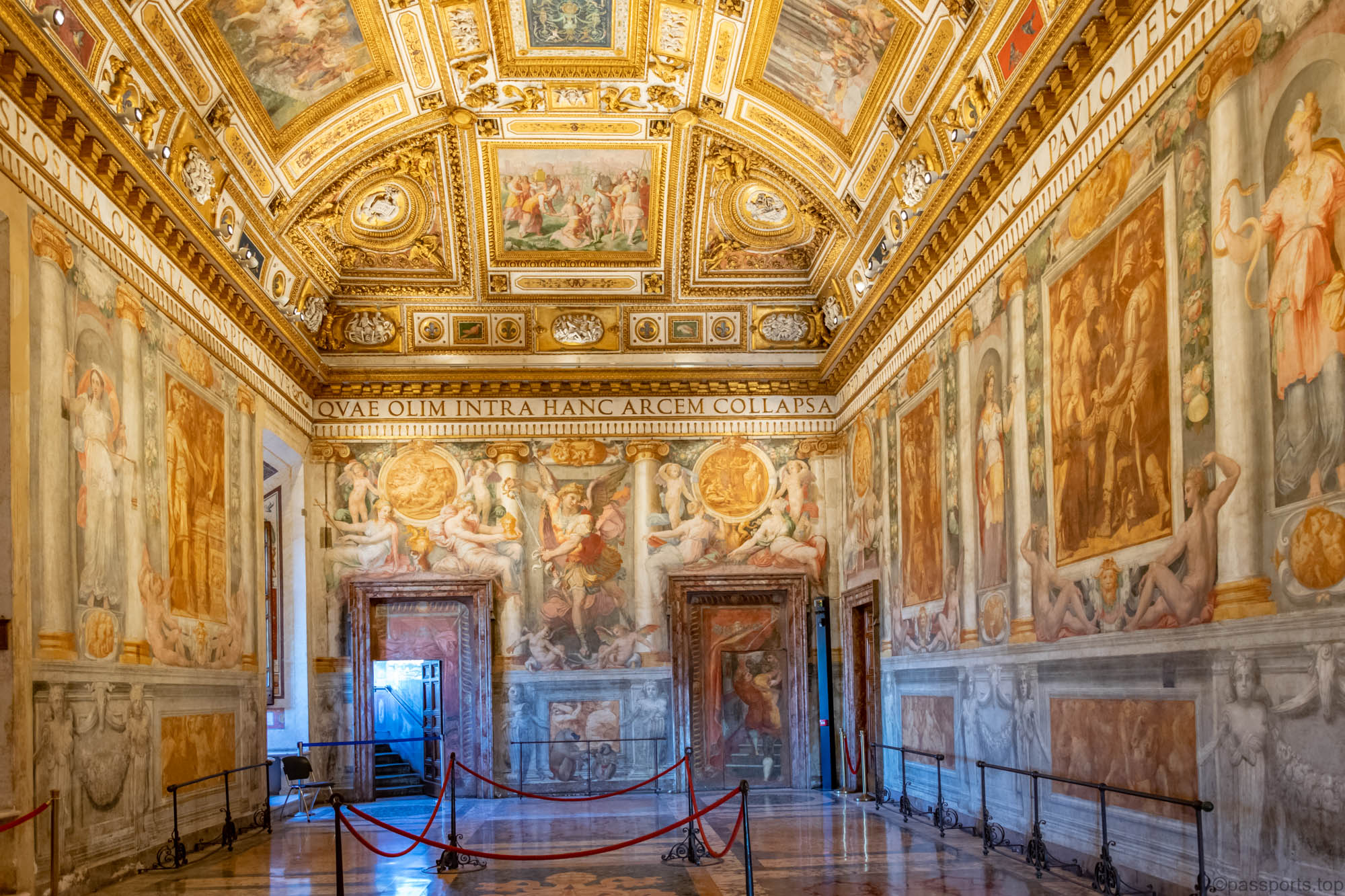
Today, it is a national museum housing weapons, ornaments and other objects from the Renaissance period . The ticket costs €17.5/person (free with Turbopass).
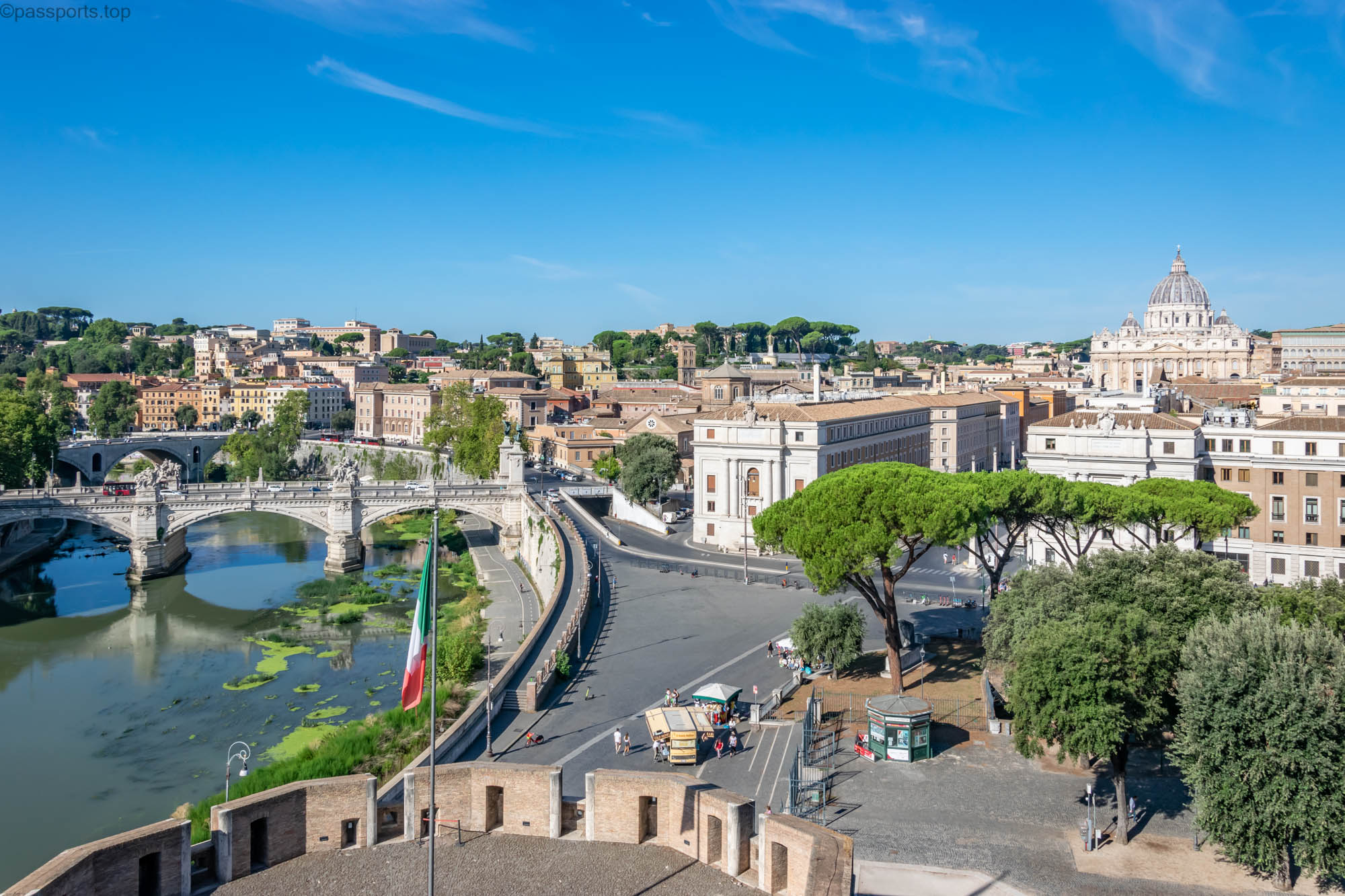
It is worth stopping for a visit to the medieval castle. In addition, the view from the castle terrace is fantastic.
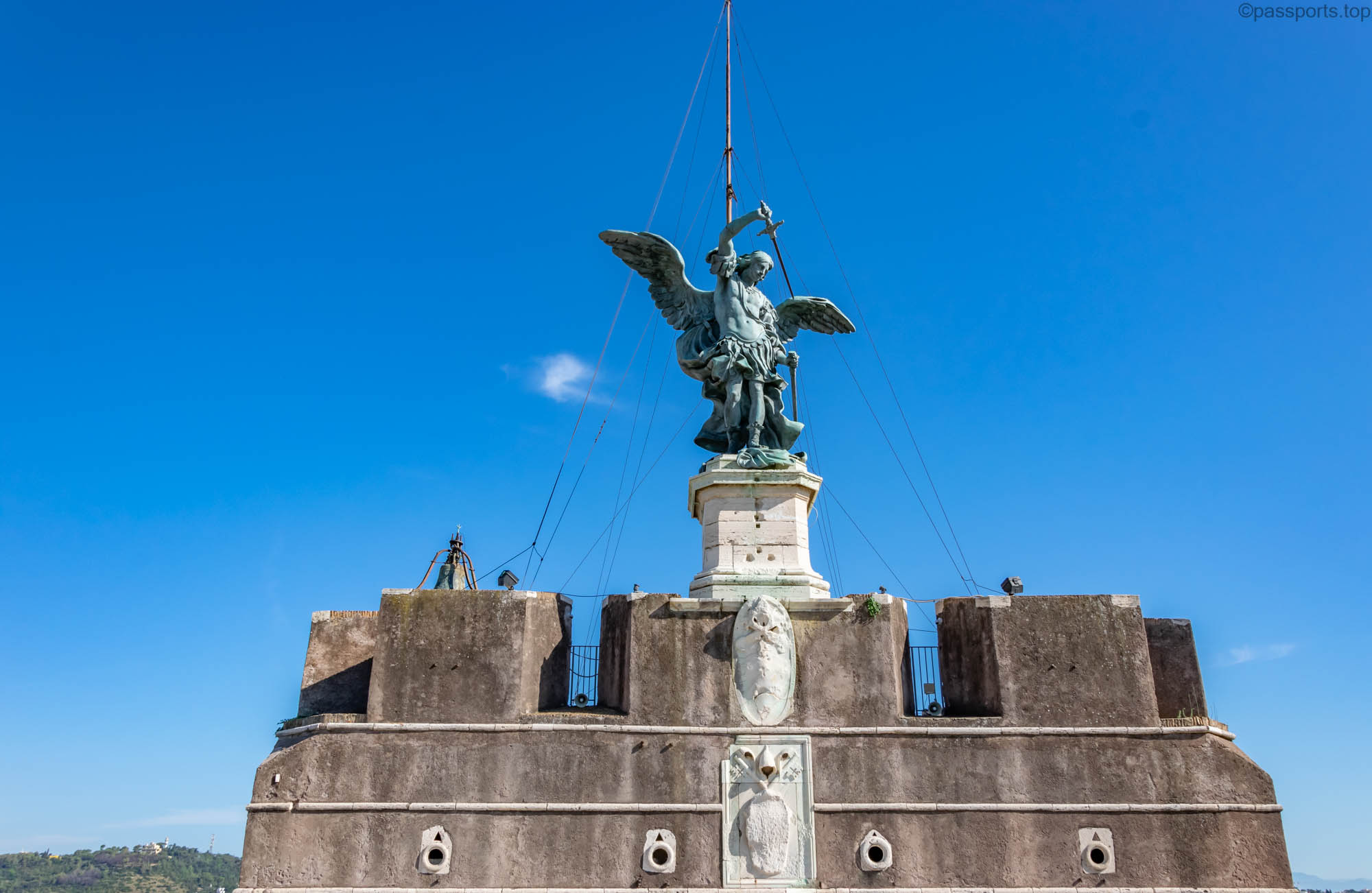
An old legend says that the Archangel Michael descended to end the plague of 590. Today, the statue at the top of Castel Sant’Angelo commemorates this story. The bronze Angel statue dates from the 1700s, replacing an older version of a marble sculpture.
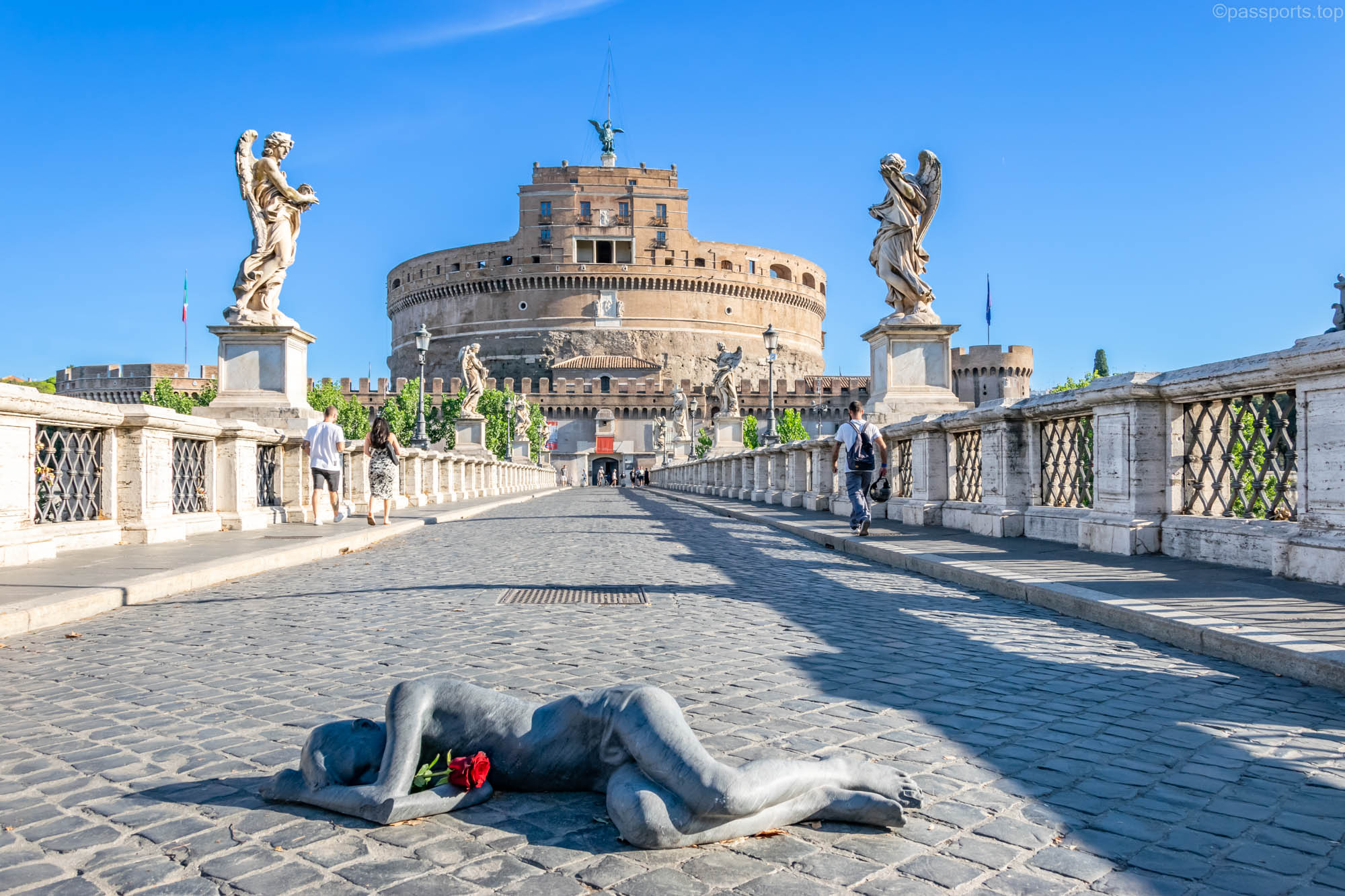
In front of the castle is the Ponte Sant’Angelo. The bridge is clad in marble and decorated with 10 angel statues. It was completed in 134 AD. by the Roman emperor Hadrian, being one of the ancient bridges of Rome.
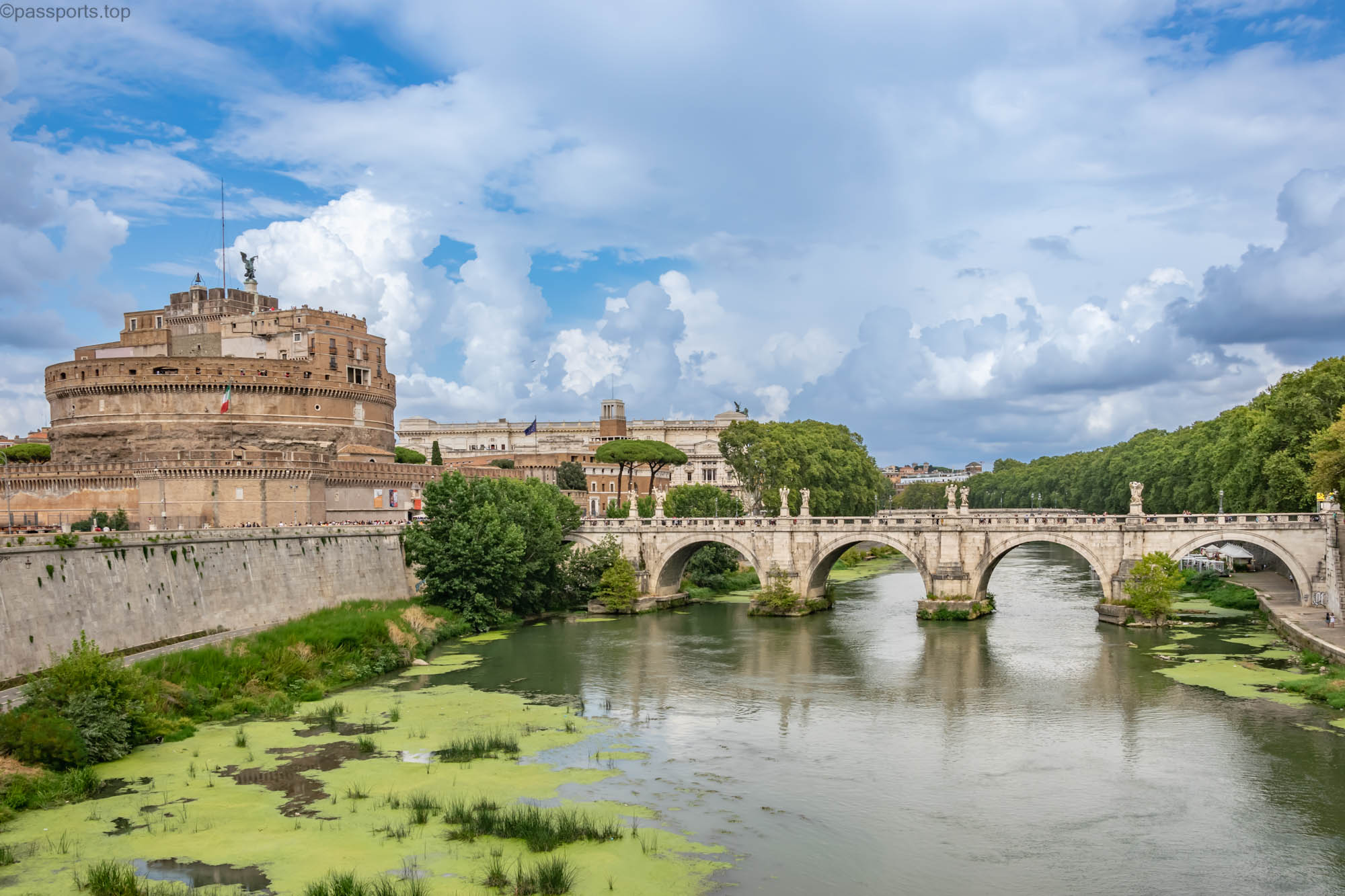
The best time to walk the bridge and admire the statues is early in the morning. In addition, the reflection of the bridges in the waters of the Tiber is gorgeous.
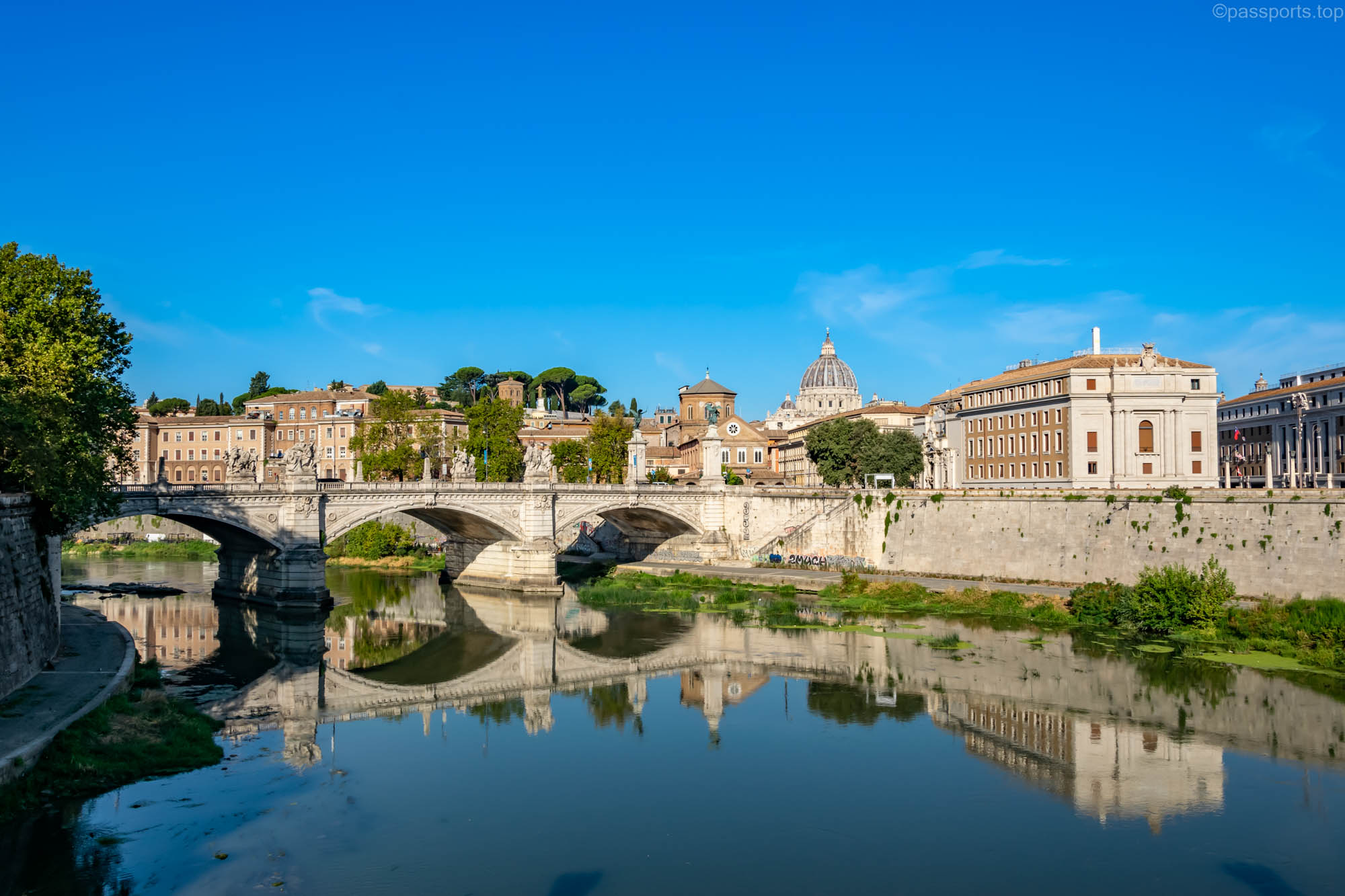
Ponte Vittorio Emanuele II is not as old and beautiful as Ponte Sant’Angelo, but it is the perfect place to admire or take a picture of Castel Sant’Angelo.
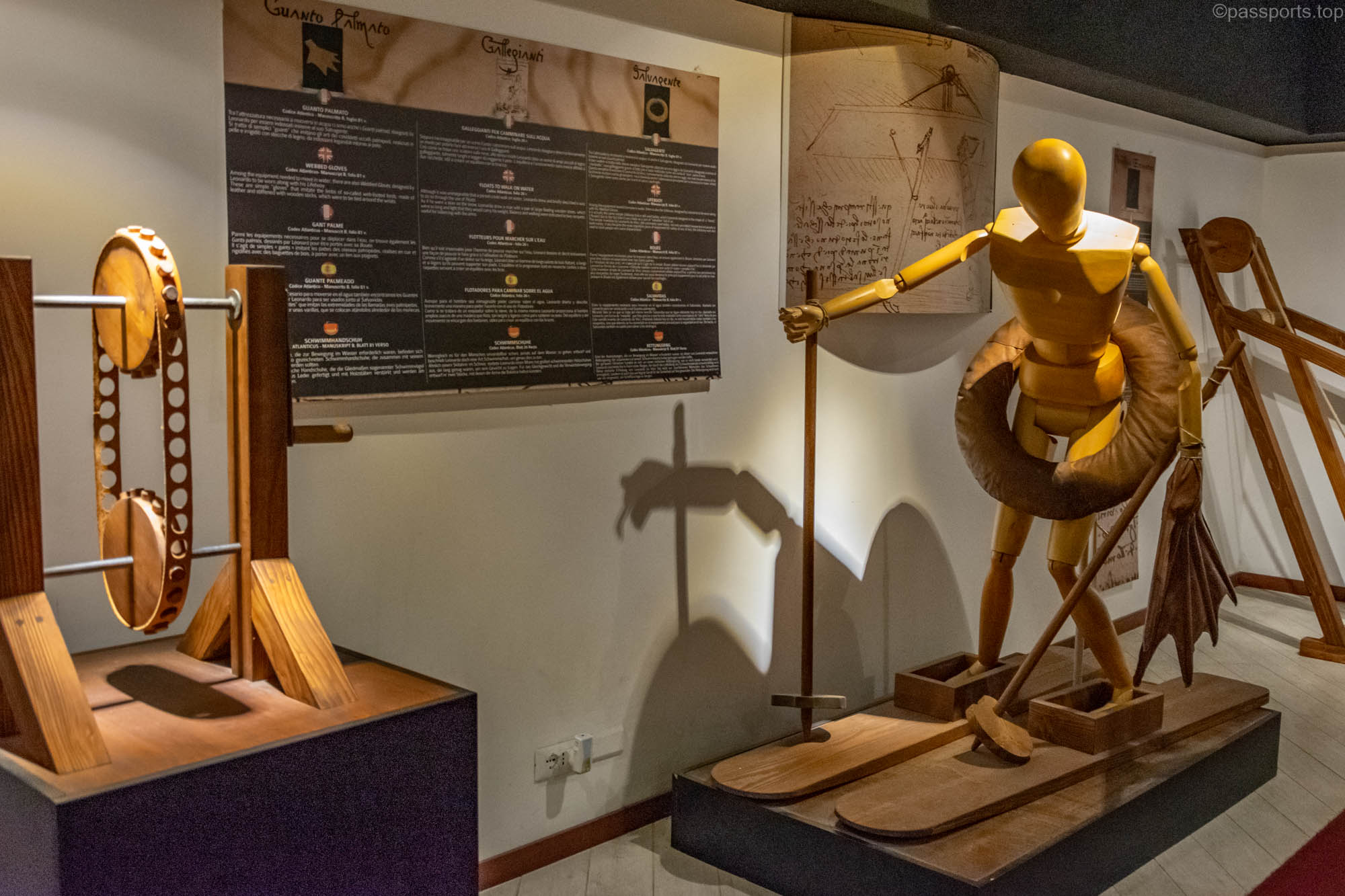
17. Museo Leonardo da Vinci Experience
Da Vinci is certainly one of history’s greatest personalities. The Leonardo da Vinci Experience museum features a collection of 50 machines and inventions modeled after da Vinci‘s creations. In addition, there are 23 certified reproductions of the most famous paintings, including the Mona Lisa or the Last Supper. The price of a ticket is €12/person and includes an audio guide that introduces the exhibits at your leisure. It can be visited for free with Turbopass.
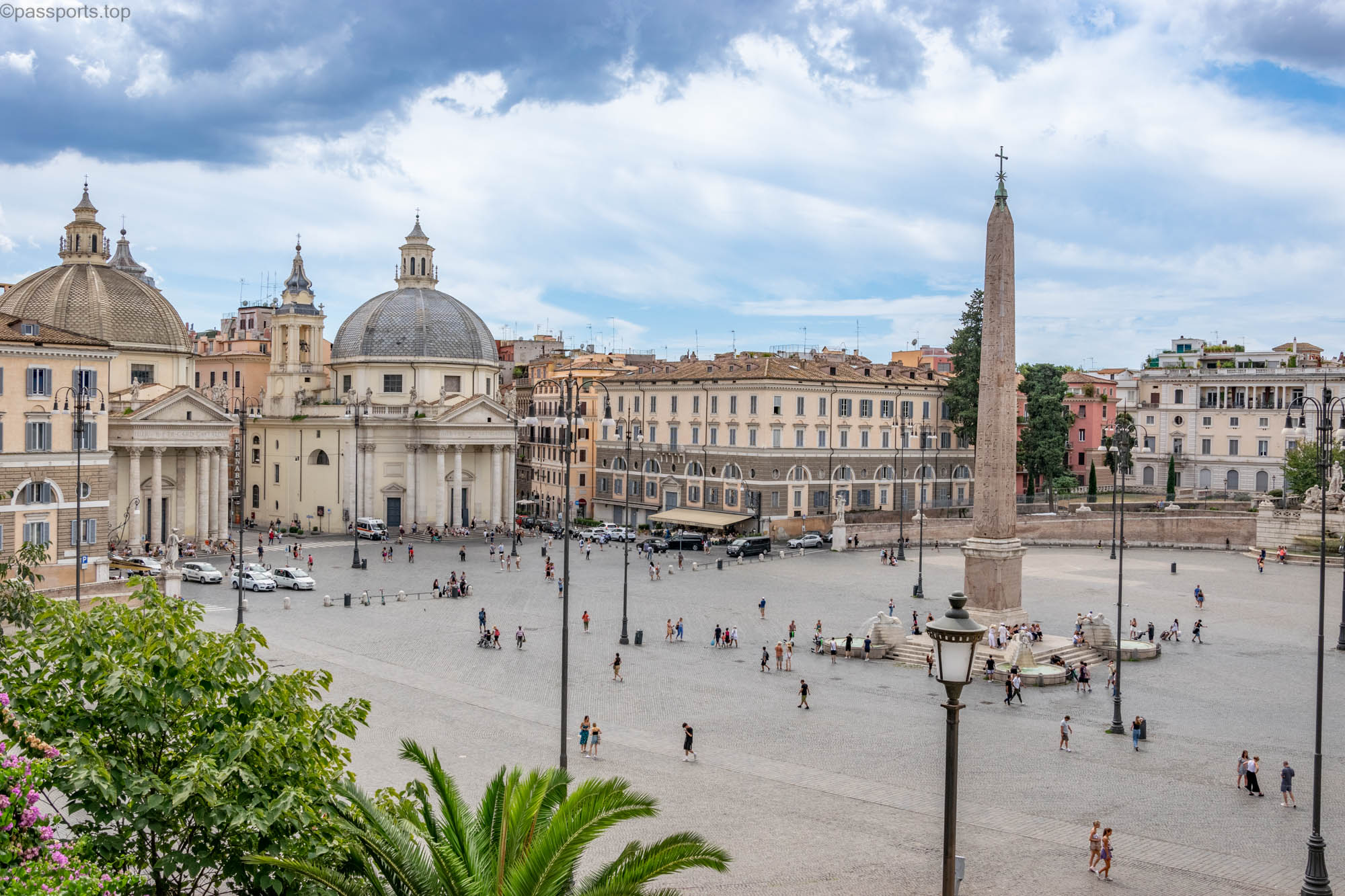
18. Piazza del Popolo
The People’s Square (Piazza del Popolo) is near the Villa Borghese. It is one of Rome‘s largest squares and a major tourist attraction.

From a guide we learned a less known detail: Piazza del Popolo has a special acoustic effect. Two people can easily talk from one side of the square along the wall (the one opposite Pincio) without shouting at each other. You have to talk facing the wall without someone else leaning against the wall and it will seem like the person answering is just a few inches away.
This is possible due to the concave shape of the wall. The echo that is given by the semicircularity of the wall allows us to communicate without having to raise our voice.
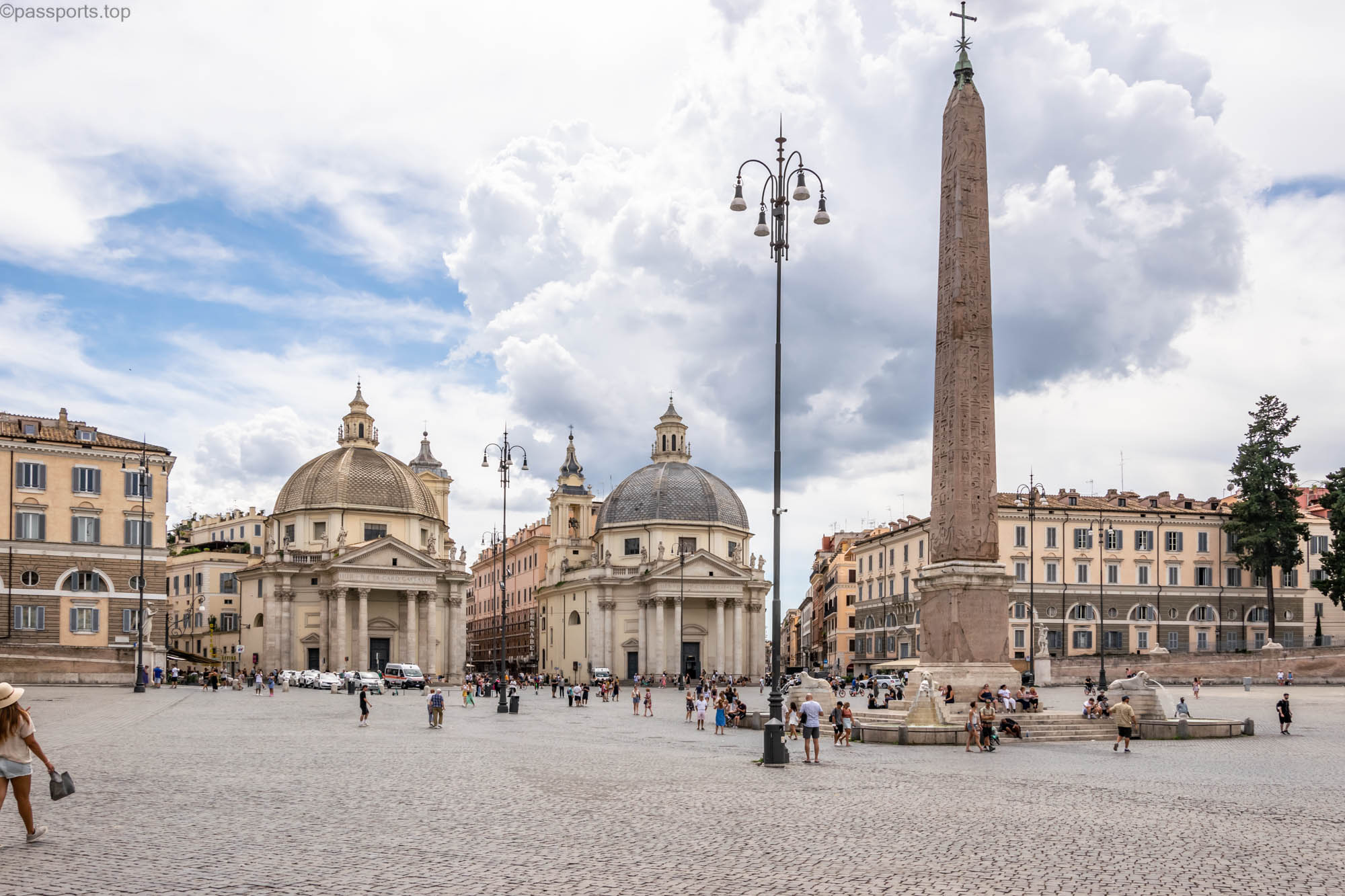
The square is surrounded by historical structures such as the Church of Santa Maria dei Miracoli, Porta del Popolo and Santa Maria in Montesanto.
In the center is the huge Obelisco Flaminio – a 36 meter high Egyptian obelisk dating from the 13th century BC.
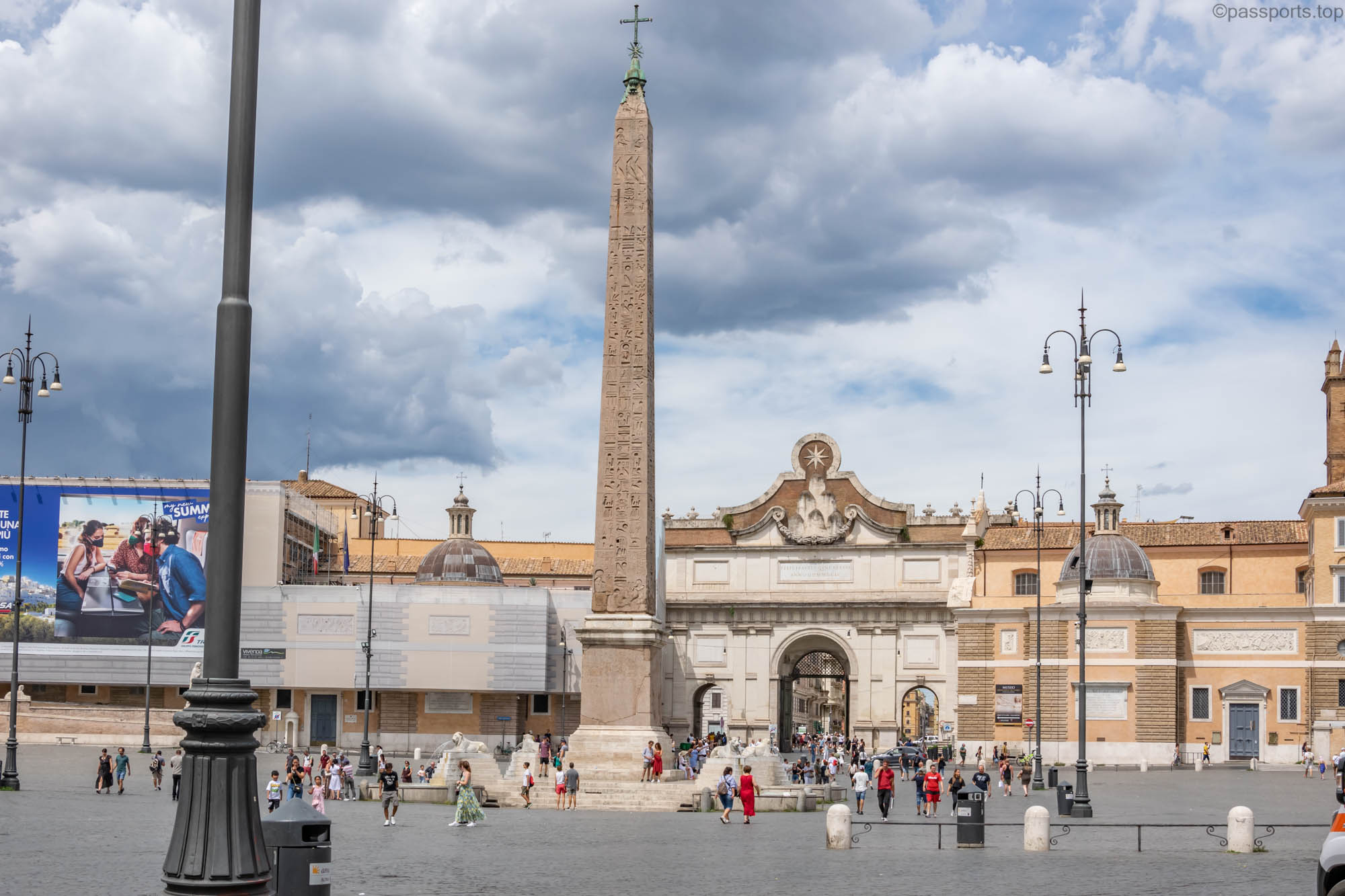
Porta del Popolo was built on the site of an old Roman gate in 1475. The four columns of the facade come from the former Basilica of St. Peter, and in 1638 the statues of Saints Peter and Paul were added.
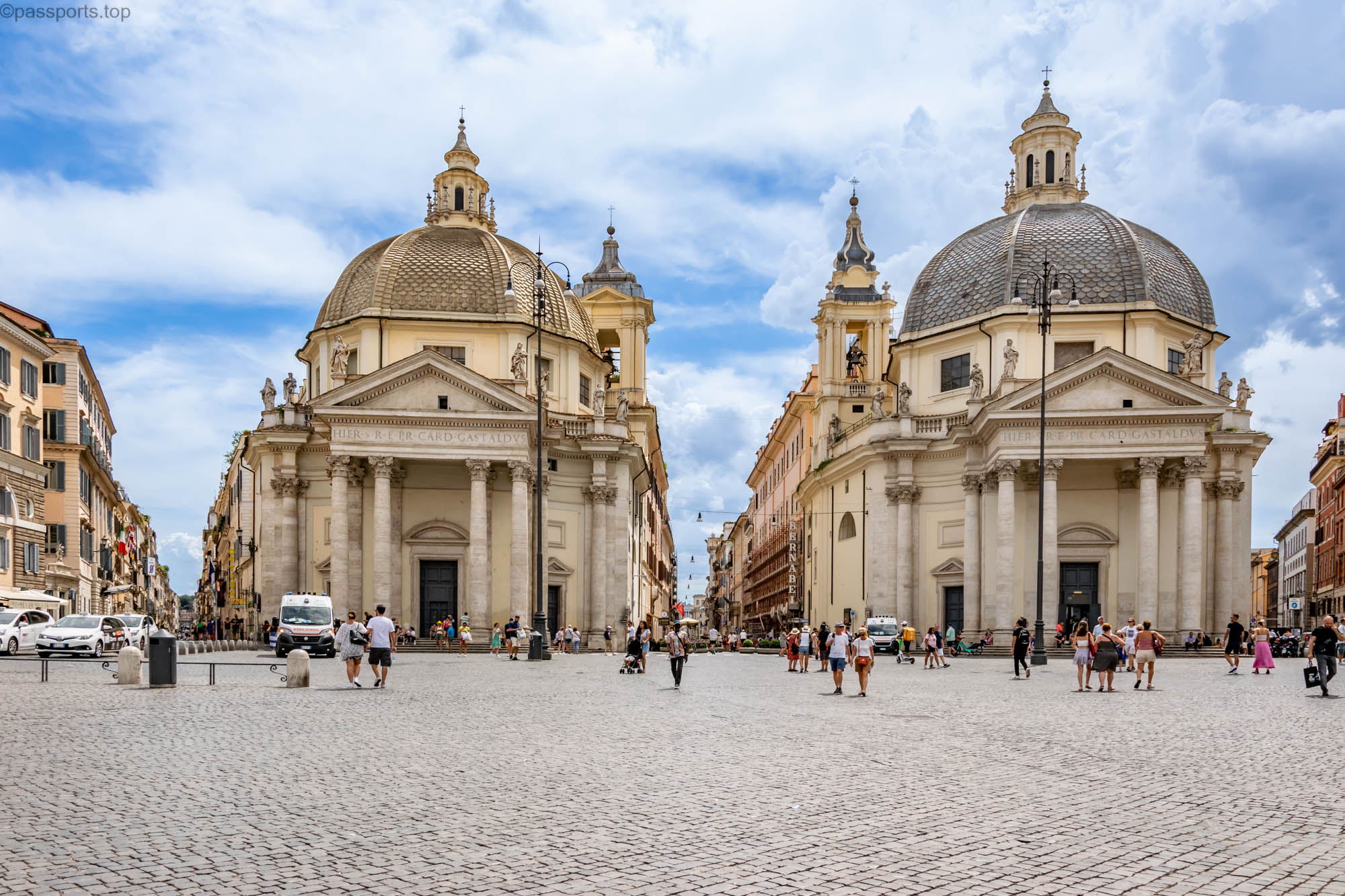
Chiesa Santa Maria dei Miracoli is one of the “twin” churches, along with Santa Maria in Montesanto. We visited only one of the churches inside, the other being closed.
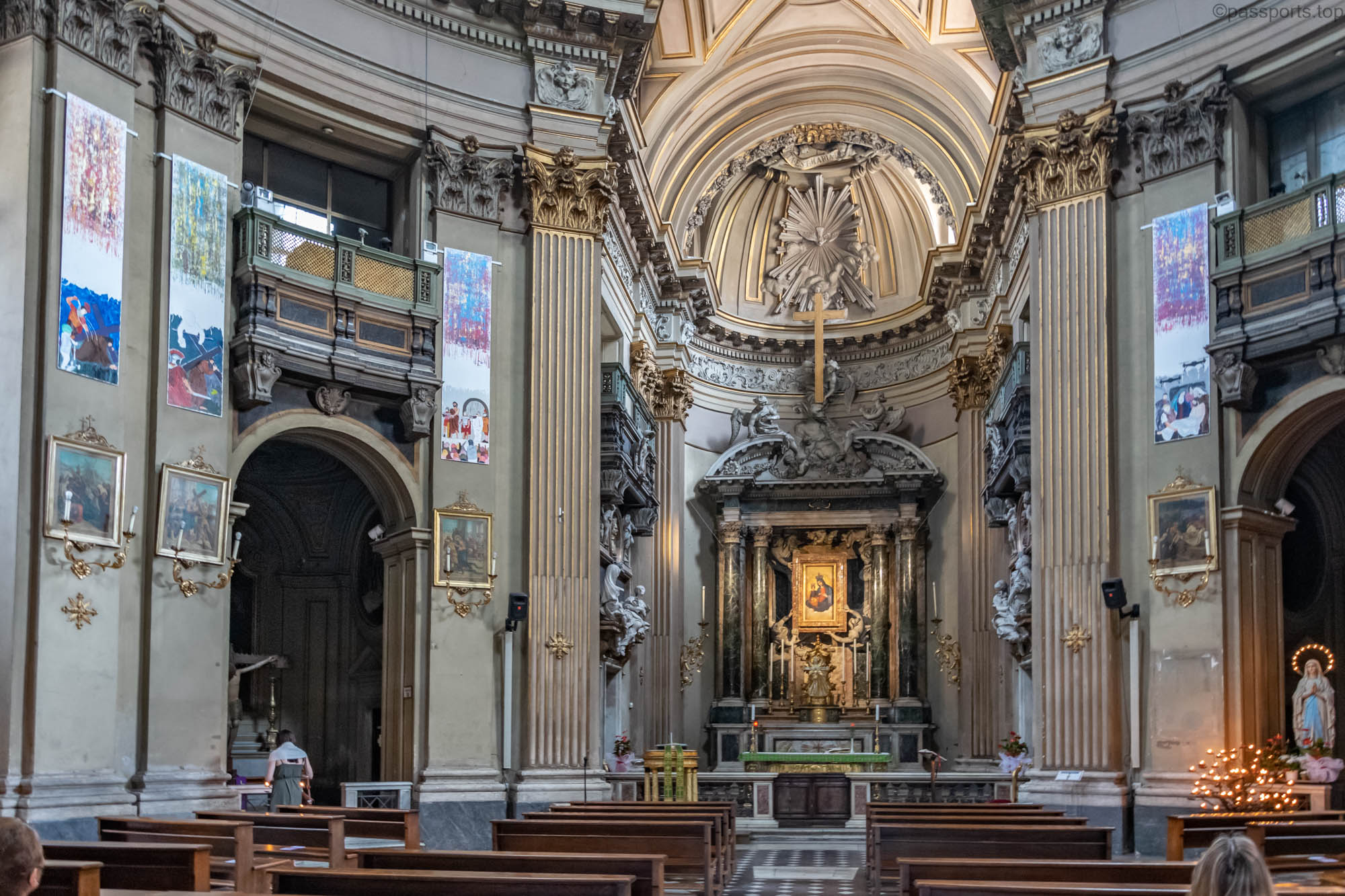
In the center of the main altar is the image of the Madonna dei Miracoli framed by 4 angels. A legend says that a desperate mother invoked the Madonna, painted on a wall along the banks of the Tiber, to save her child who had fallen into the waters of the river. Once saved, it was decided to build a chapel dedicated to the Virgin Mary in which the miraculous painting known as the Madonna dei Miracoli was placed.
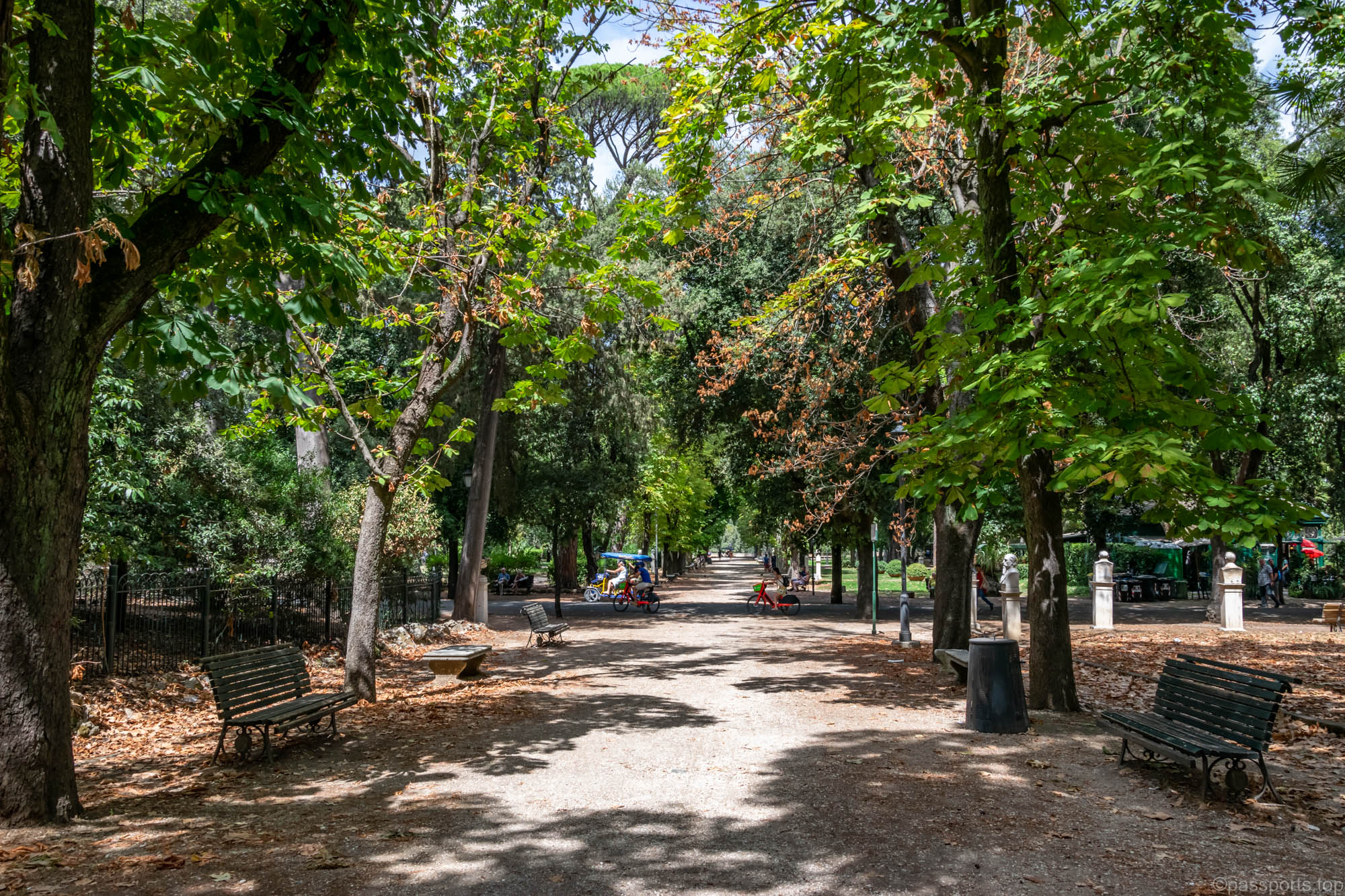
19. Passeggiata del Pincio and Terrazza del Pincio
Passeggiata del Pincio is located between Piazza del Popolo and Villa Medici. It is a historic promenade with over 200 busts of Italian personalities from the 18th to the 19th century, gardens and picturesque views of the city.
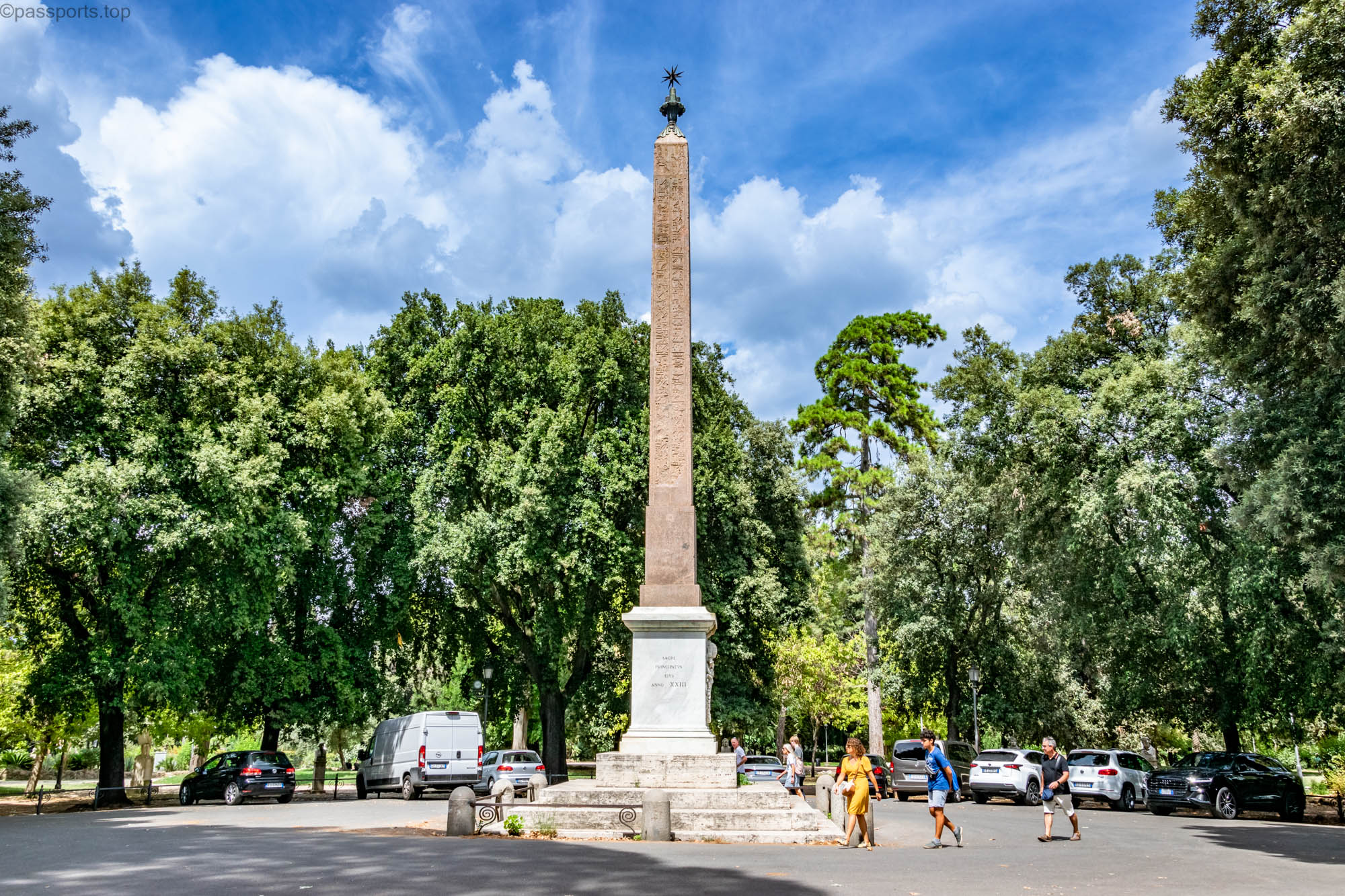
On the way to Terrazza del Pincio, in Piazza Bucarest (Bucharest Square , is the Obelisco Pinciano. A 9.25 meter high obelisk said to have been erected on the tomb of Antinous, the supposed lover of Emperor Hadrian, who drowned while sailing on the Nile in 130.
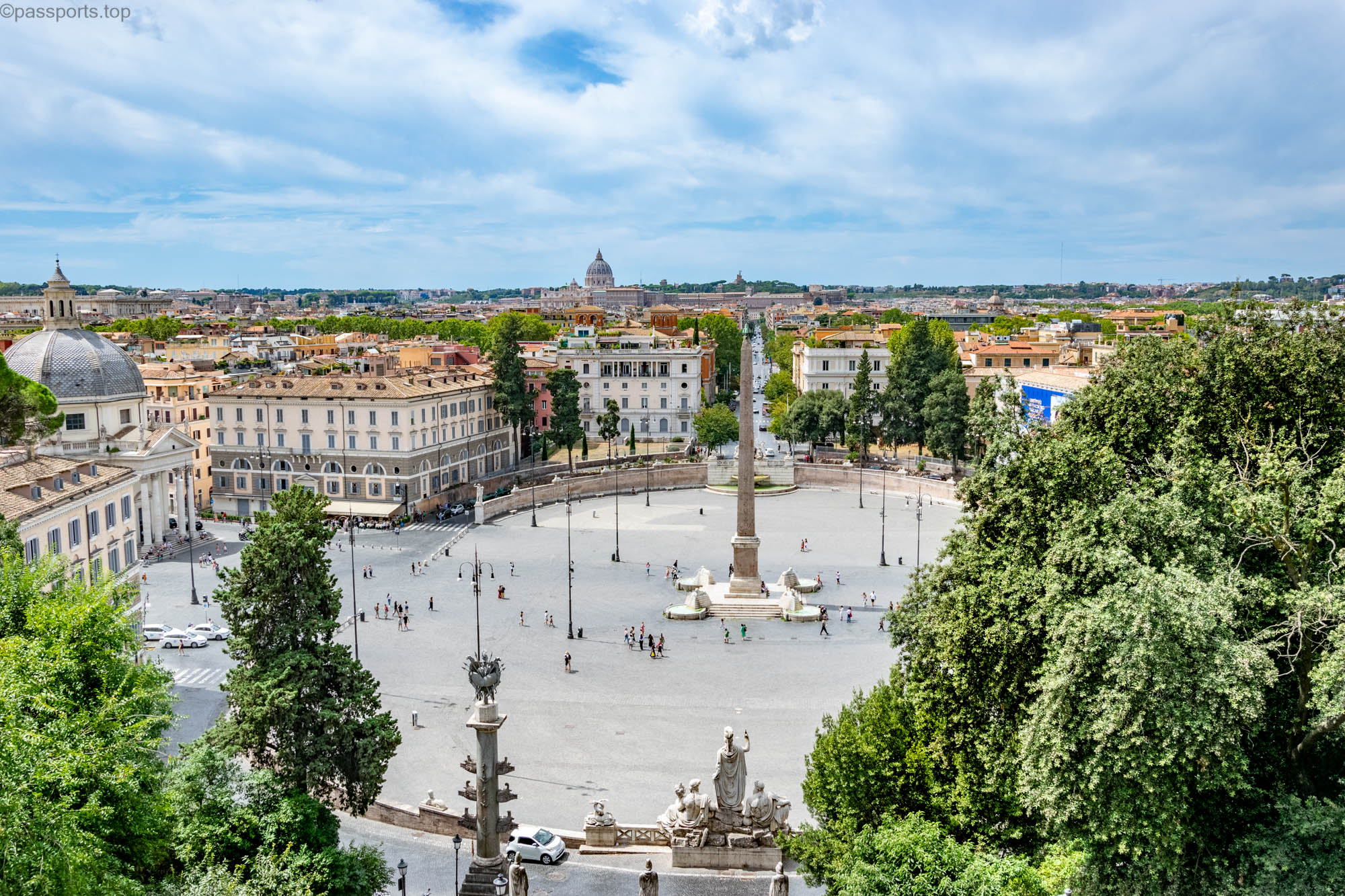
Terrazza del Pincio offers a superb view of Piazza del Popolo, and in the distance you can see St. Peter’s Basilica. The terrace is known as one of the best places to admire the sunset.
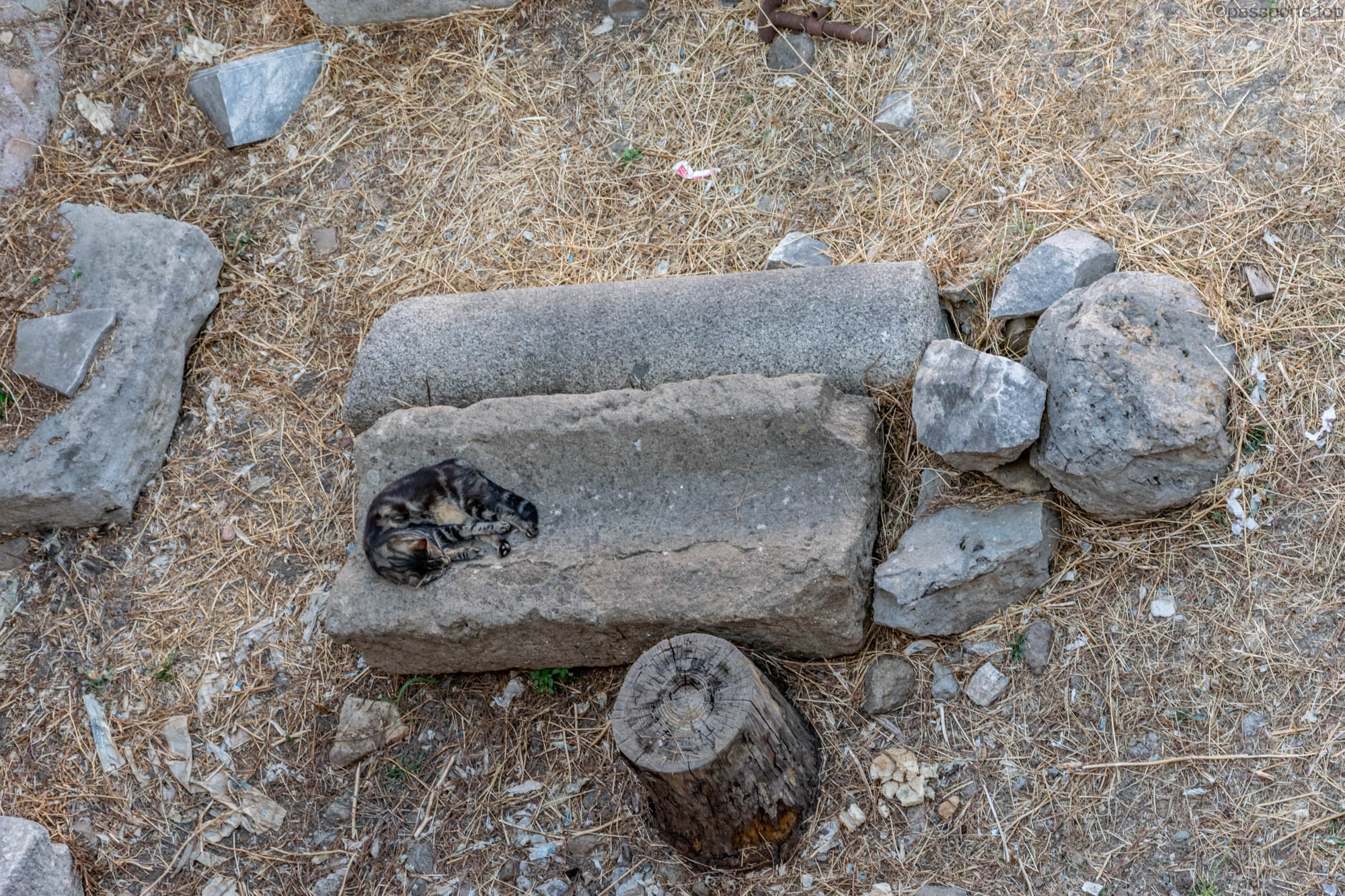
20. Largo di Torre Argentina
Largo di Torre Argentina is home to an important archaeological site, but cat lovers know it as the home of the Rome Cat Sanctuary.
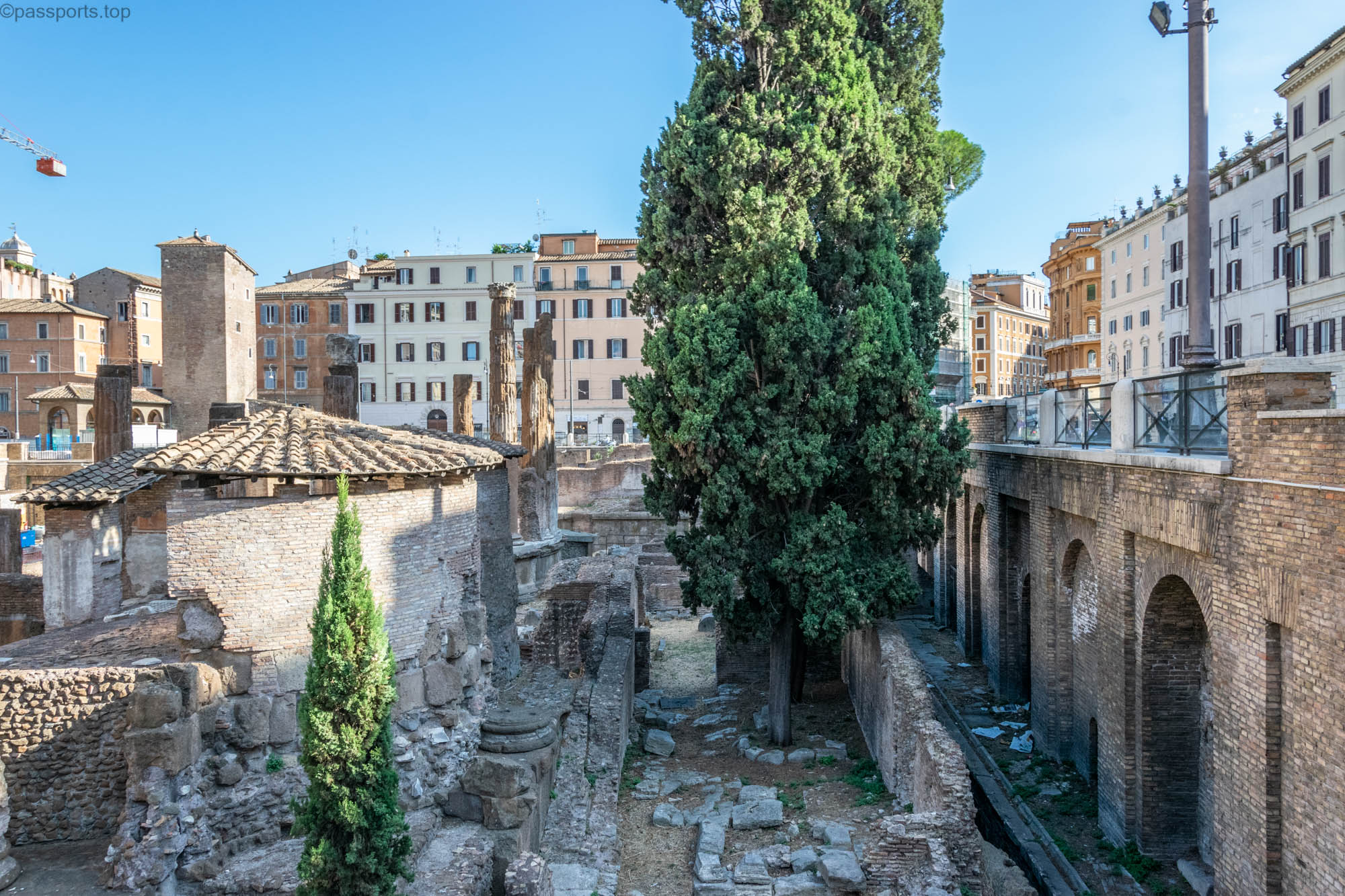
Largo di Torre Argentina is a few meters below the current street level, and inside are four Roman temples and the remains of Pompey’s Theatre, built by Pompey the Great (Gnaeus Pompeius Magnus) around 55 BC. This is also where Julius Caesar was assassinated.
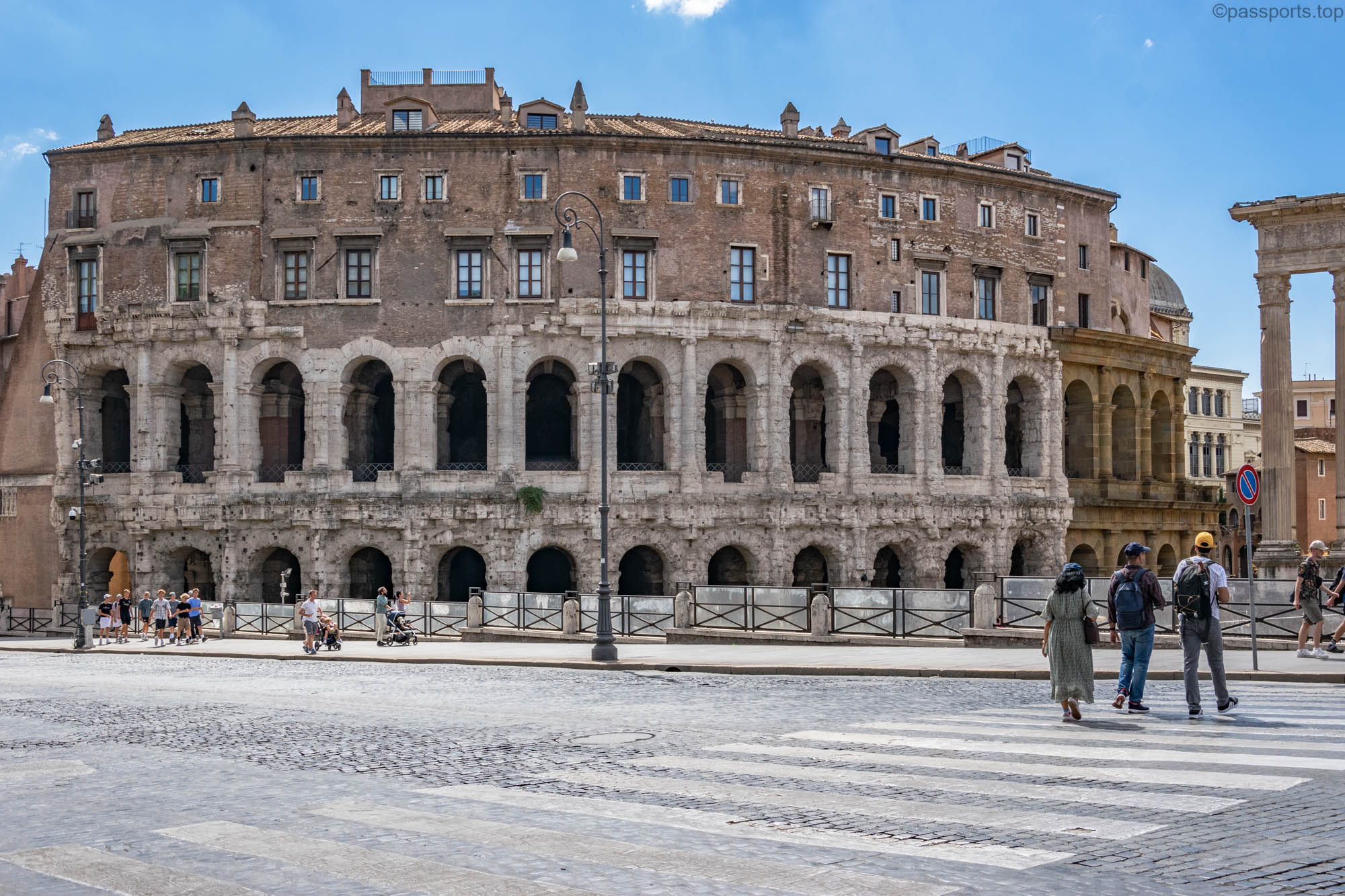
21. Teatro di Marcello
The Teatro di Marcello was a 20,000-seat Roman amphitheater completed in 17 BC, sometimes confused with the Colosseum. The project was started by Julius Caesar, who was assassinated before construction began and taken over by Augustus. The theater was 111 m in diameter and was the largest and most important theater in Ancient Rome.
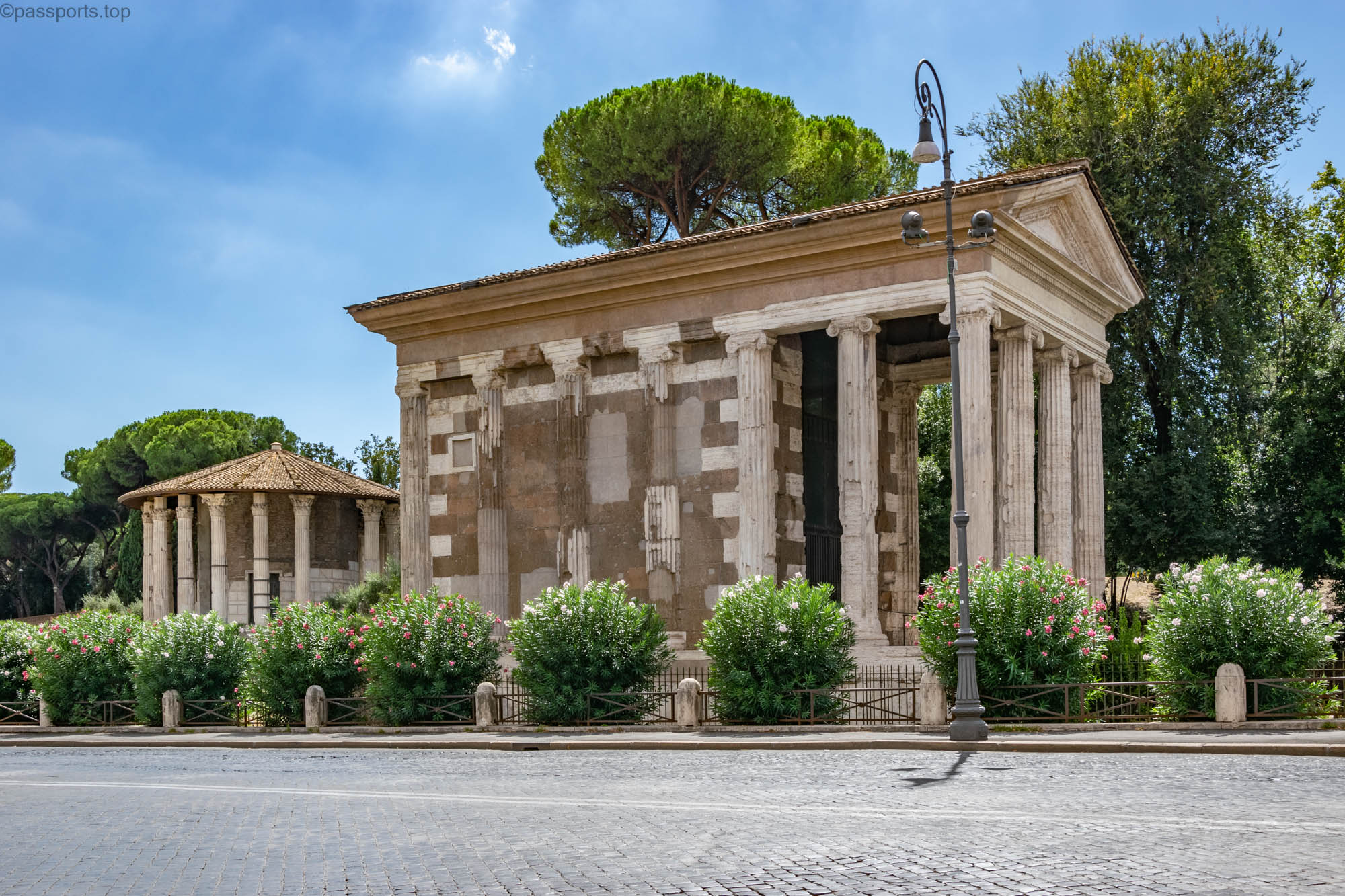
In the archaeological area surrounding the Teatro di Marcello are also the Temple of Bellona and the Temple of Apollo.
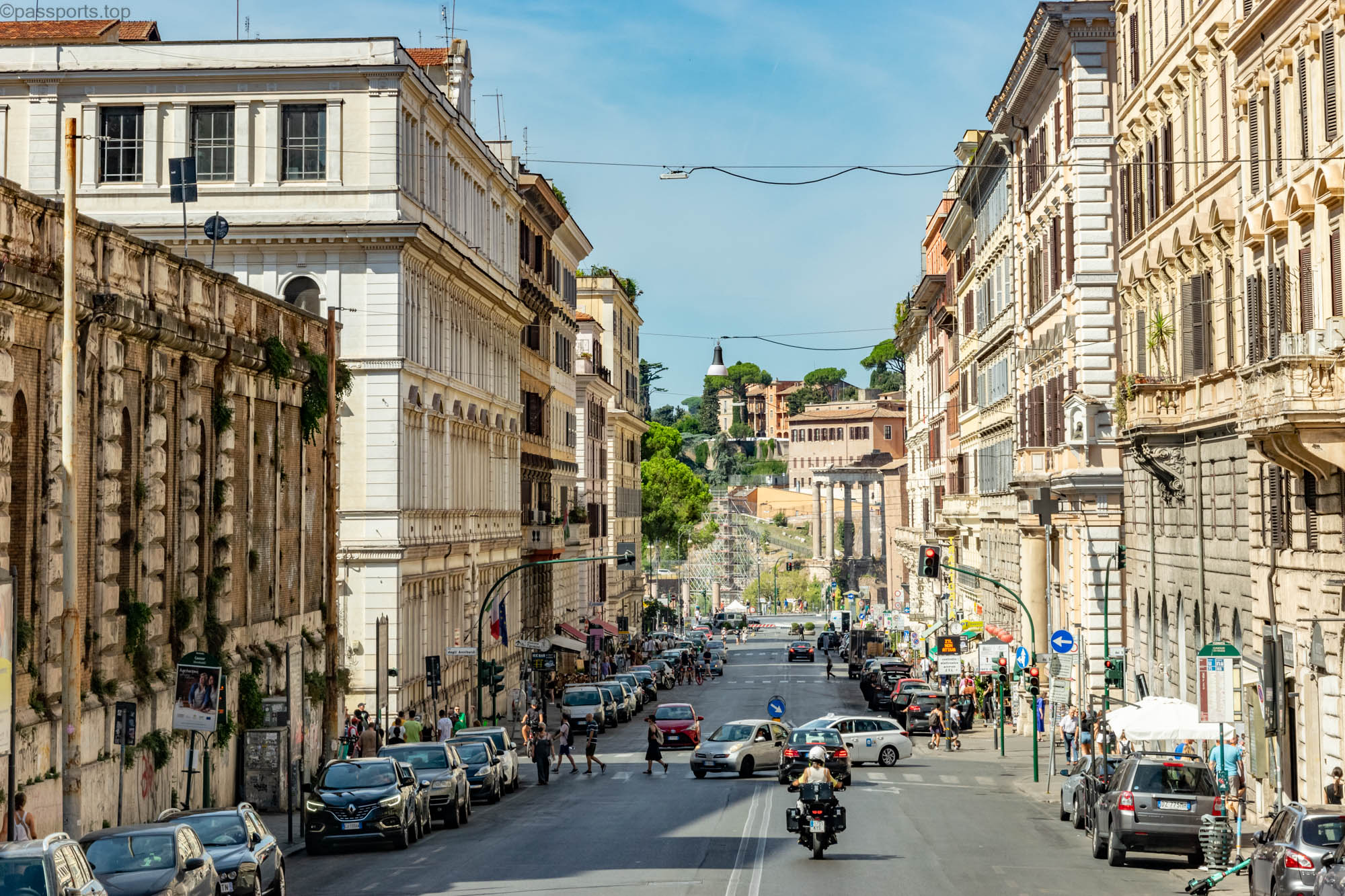
22. Hop-on hop-off
Although we like to discover cities on foot, we also chose the hop-on hop-off bus, being included in the Turbopass. For 24 hours you could get on and off at any time. It’s a great way to explore the city, with bus stops at all the major tourist attractions, audio guides in multiple languages, and free Wi-Fi.
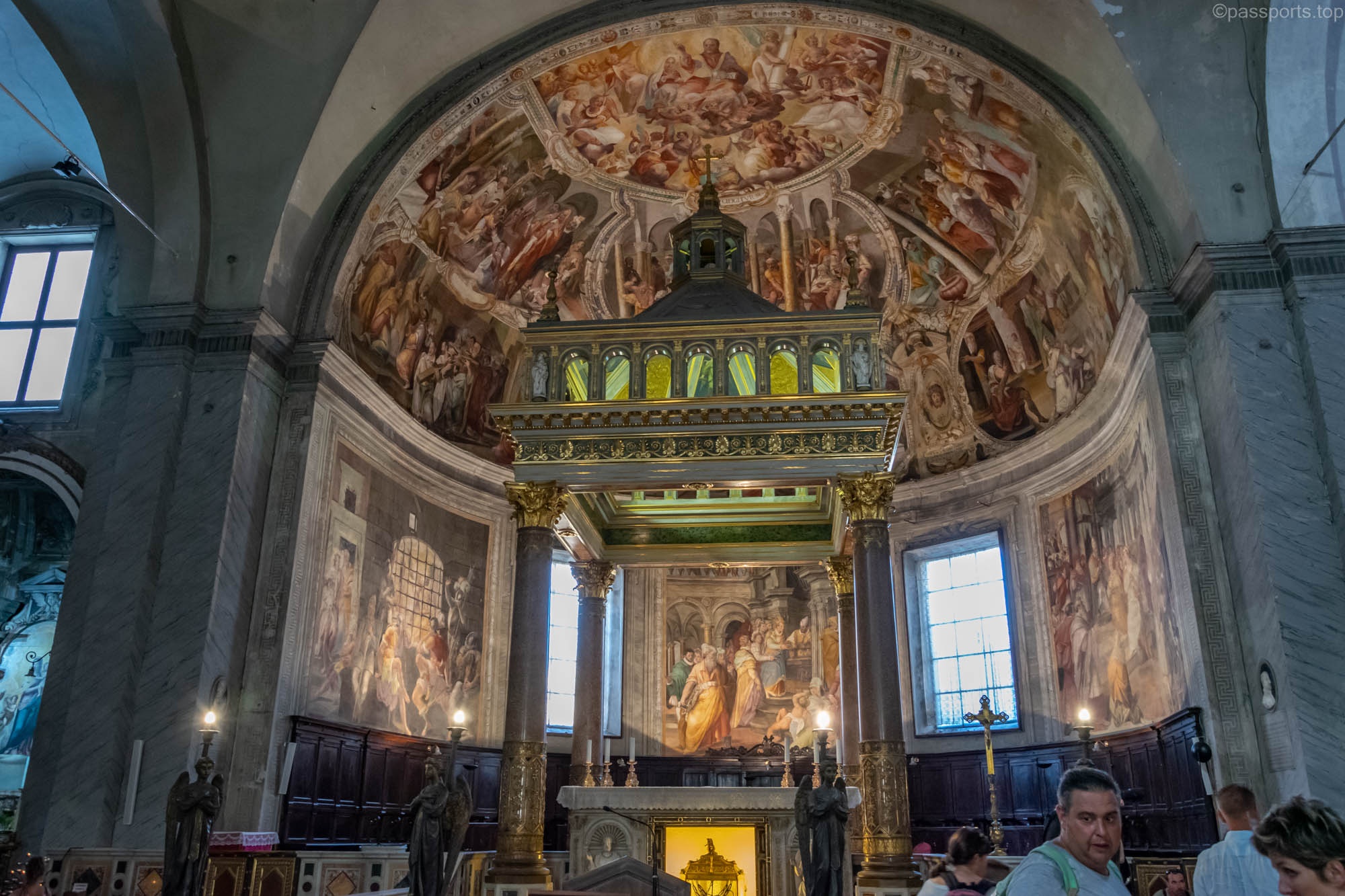
23. Basilica di San Pietro in Vincoli
The Basilica di San Pietro in Vincoli was built in the 5th century by Licinia Eudosia, daughter of Theodosius II, Emperor of the East.
Her mother, Elia Eudocia, received as a gift from the Patriarch of Jerusalem the chains with which Saint Peter was bound during his imprisonment in Jerusalem. She sent the chains to her daughter, who wanted to donate them to Pope Leo the Great, who was in possession of the chains used in the Mamertine prison. When the two chains were brought together, they miraculously merged into one.
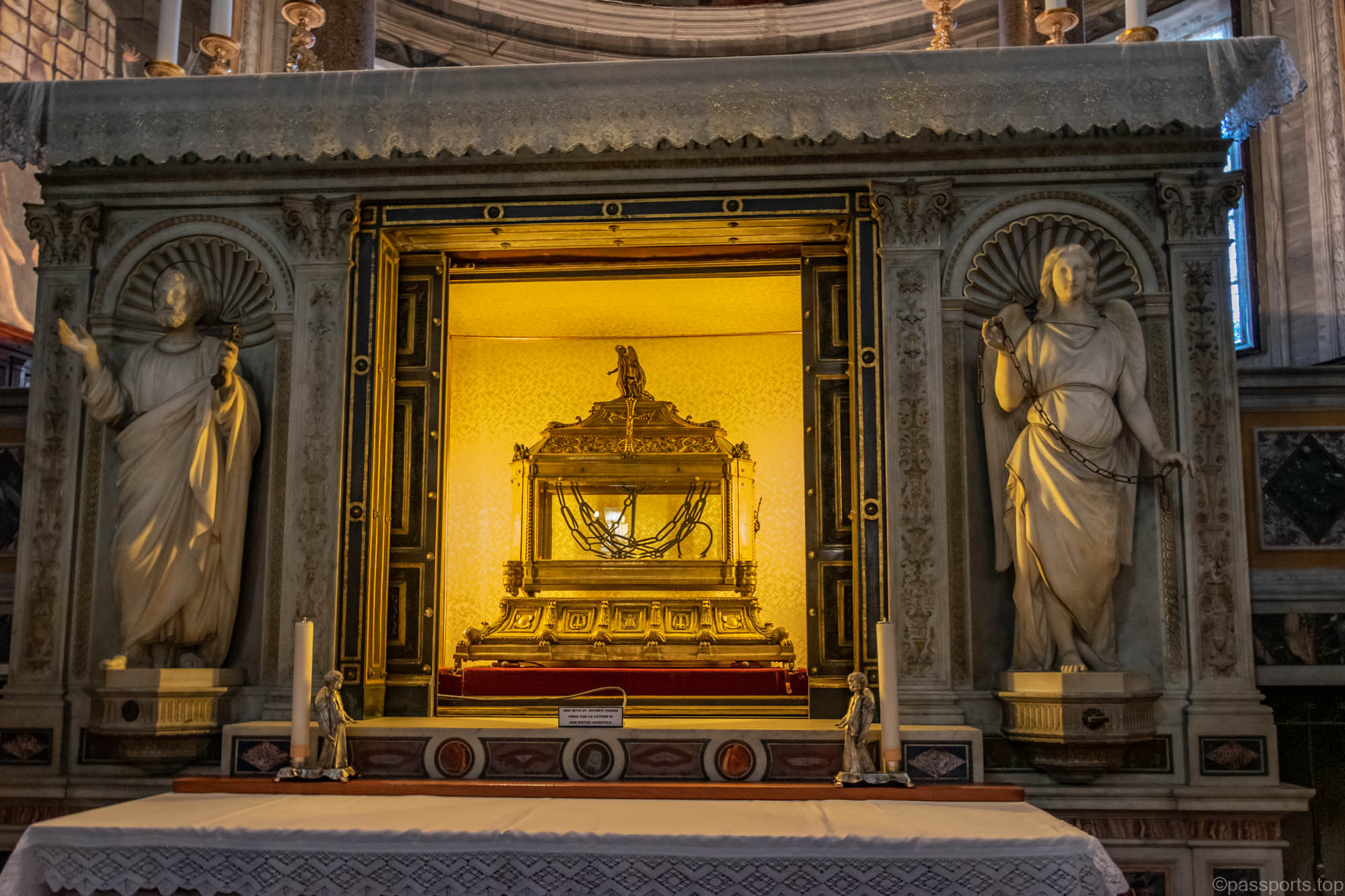
The church was built to commemorate this miracle and to guard the chains, and its name is due to the chains, which in Latin translates as vincula.
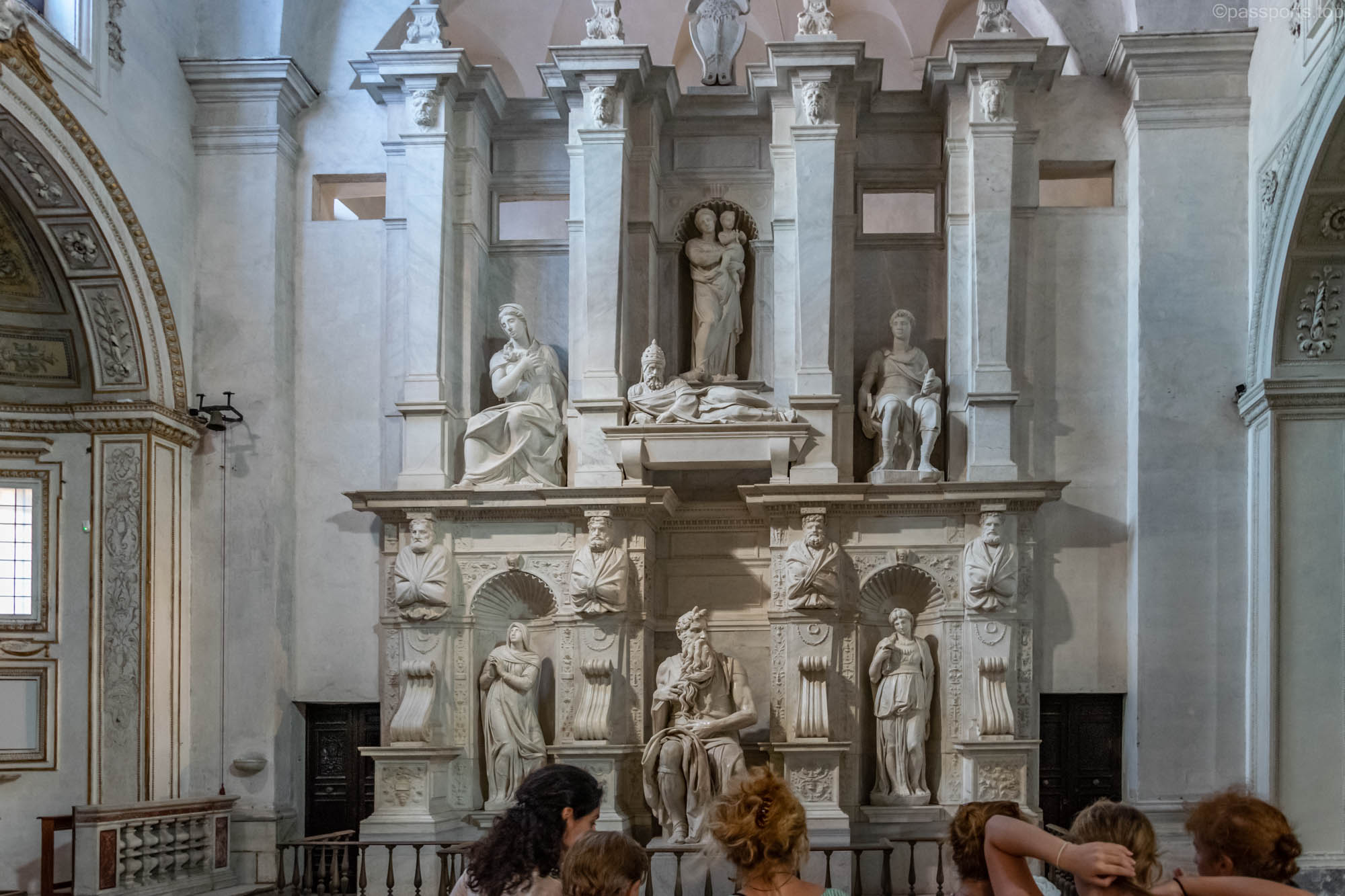
The basilica is also famous for one of the masterpieces of Renaissance art: Michelangelo Buonarroti‘s Moses. A colossal statue, sculpted in 1513, to adorn the funerary monument of Julius II. The work depicts Moses with the Tablets of the Law received from God.
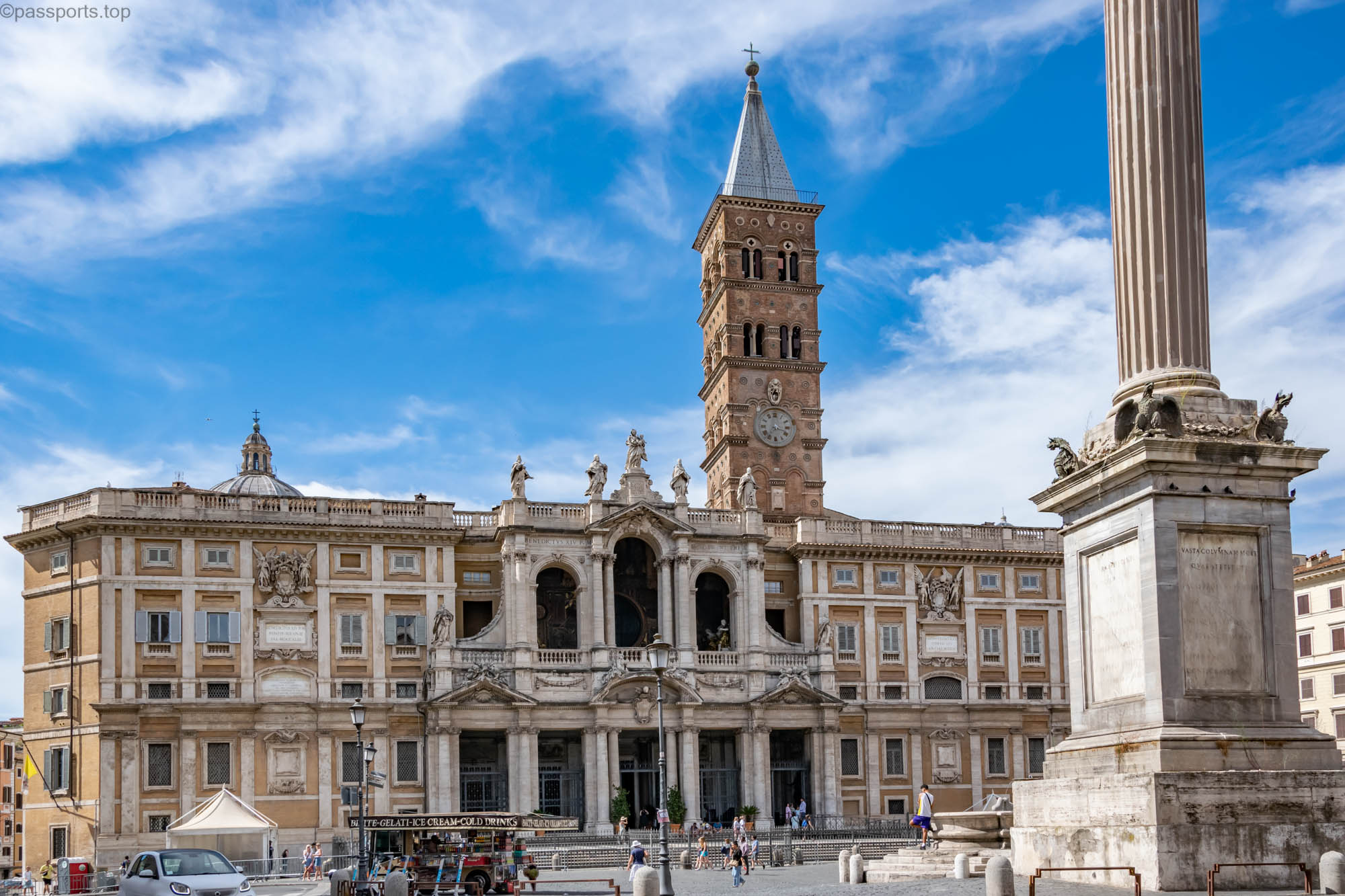
24. Papal Basilica of Santa Maria Maggiore
The Basilica Papale di Santa Maria Maggiore is one of the seven pilgrimage churches and one of the four papal basilicas of Rome. It is also the resting place of Bernini, whose works can be found throughout the city.
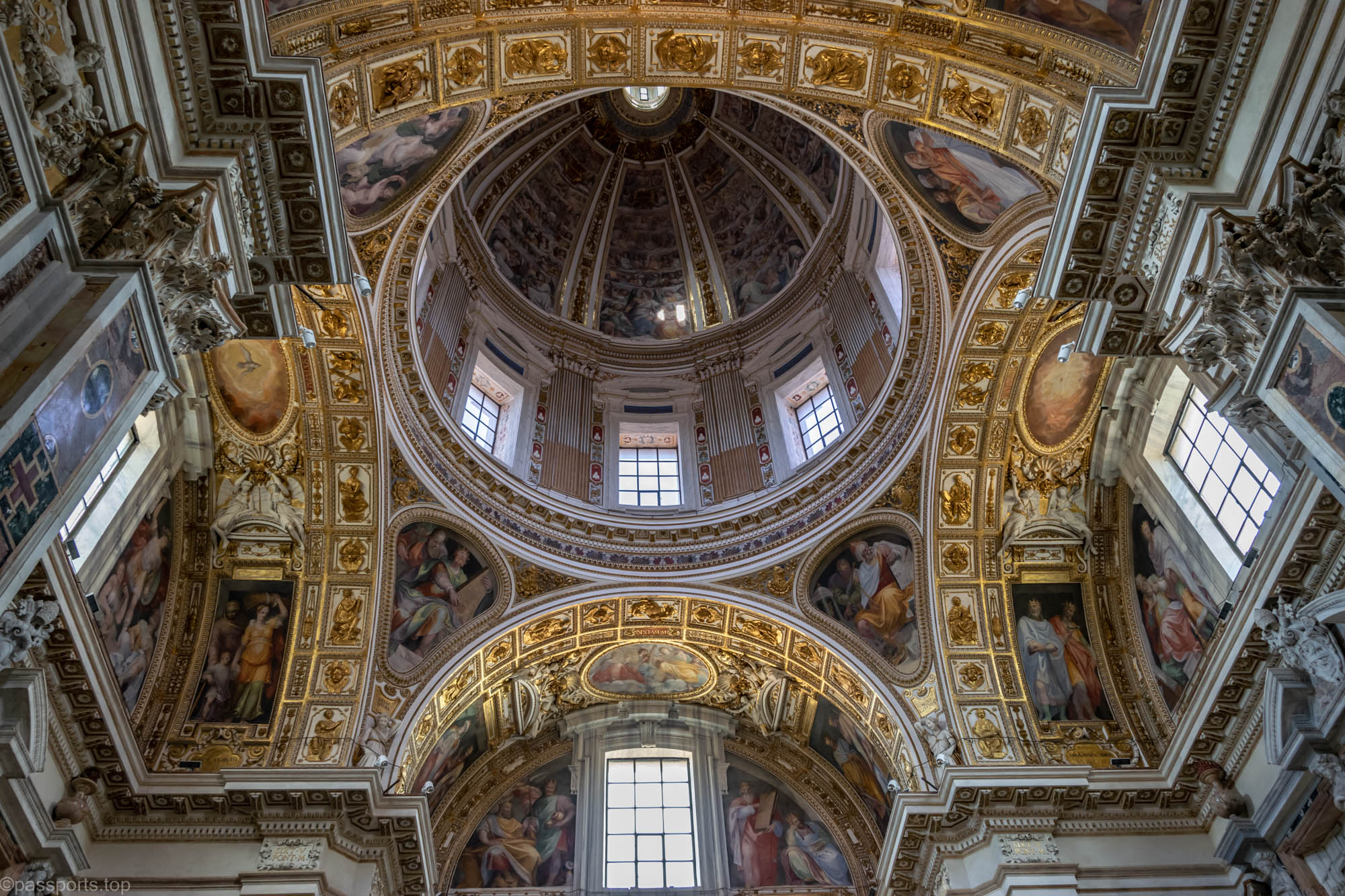
Although the Basilica of Santa Maria Maggiore is located outside the Vatican, in Piazza del Esquillino, it is owned by the Holy See and guarded by the Vatican police.
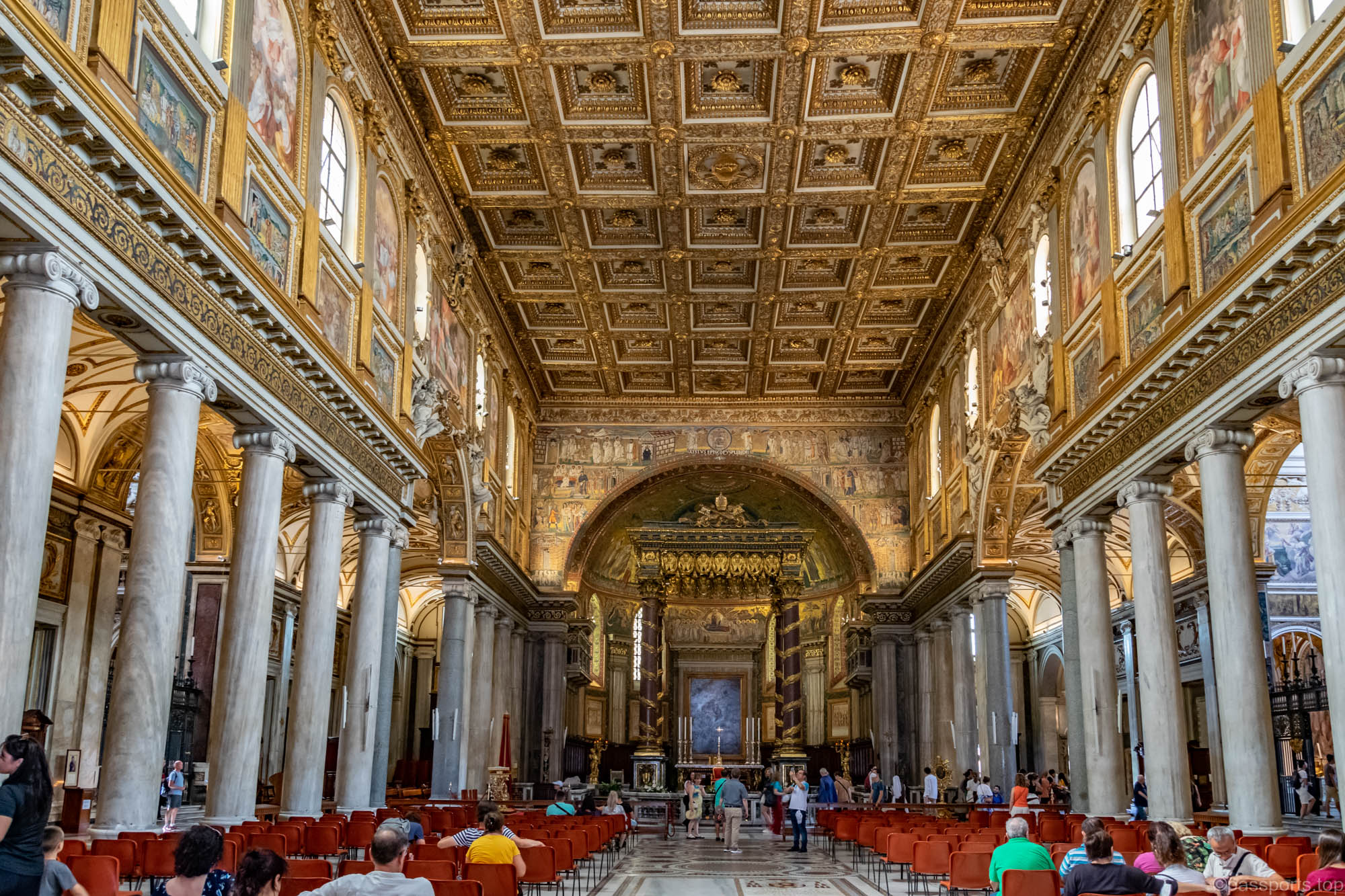
The first thing you notice when you enter is how vast and laden with works the place is. The grand ceiling was decorated with the first gold to reach Rome from the Americas, and the mosaics represent stories from the Old Testament, the first example of mosaics in Rome with both decorative and educational significance.
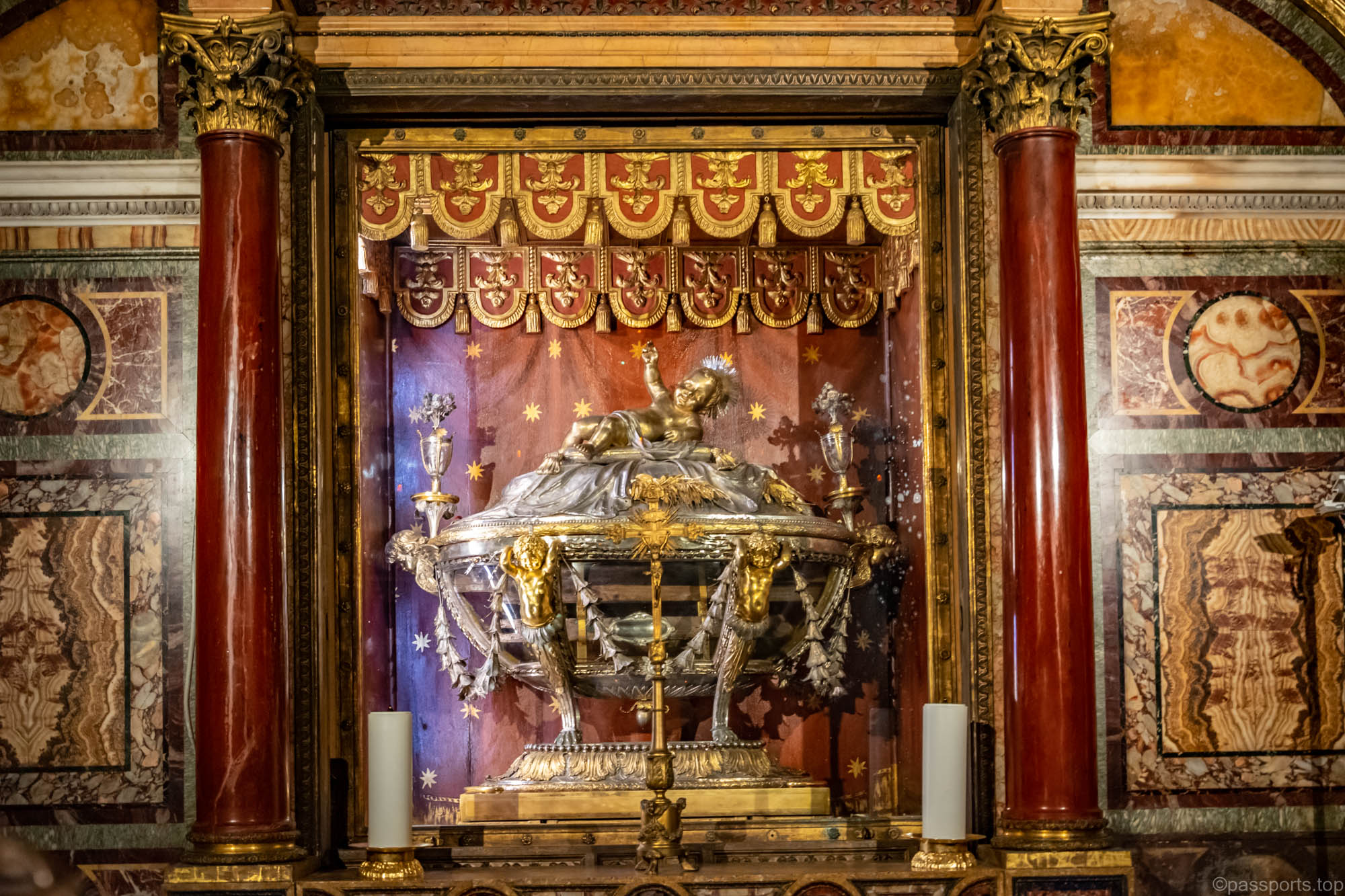
Until 2019, parts of Jesus‘ crib were kept under the main altar, but in 2019 they returned to the Savior‘s birthplace, in Bethlehem.
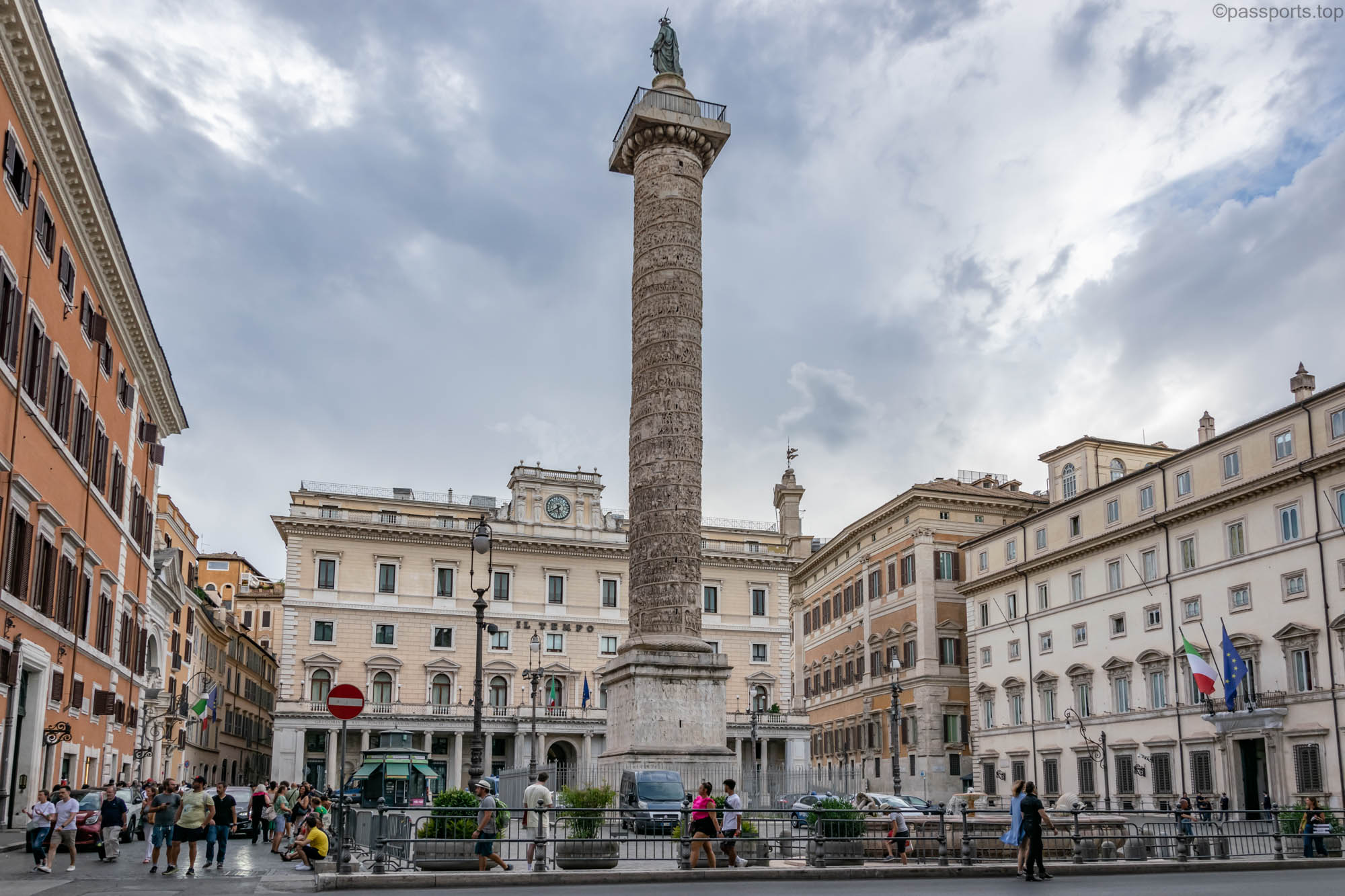
25. Column of Marcus Aurelius (Colonna di Marco Aurelio)
The Column of Marcus Aurelius is a 2nd century AD marble column honoring the victories of Marcus Aurelius.
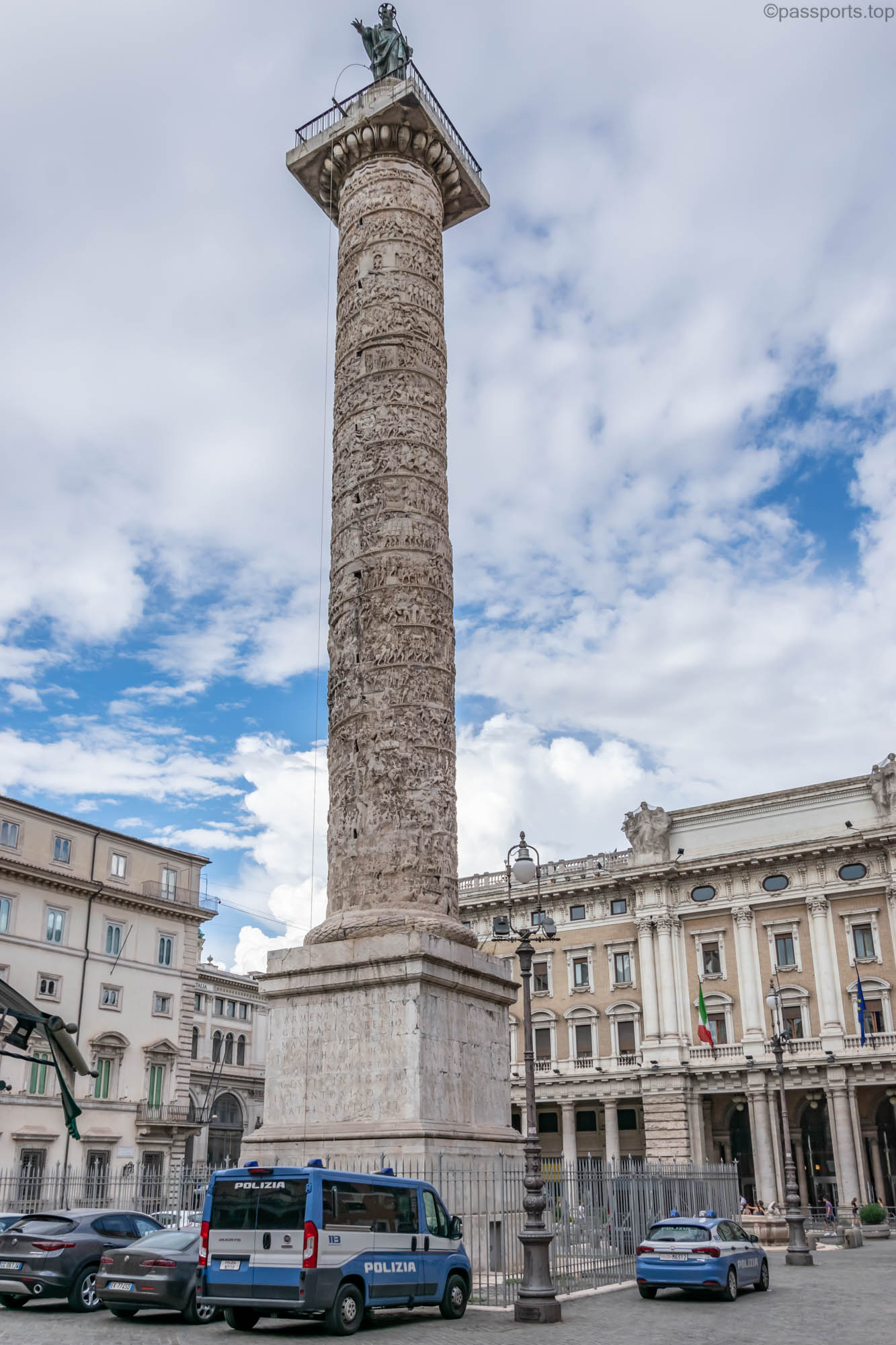
The base was decorated with reliefs that were lost in the restoration carried out in 1589. The original bronze statue of Marcus Aurelius at the top of the column was lost and replaced by the bronze statue of Saint Paul.
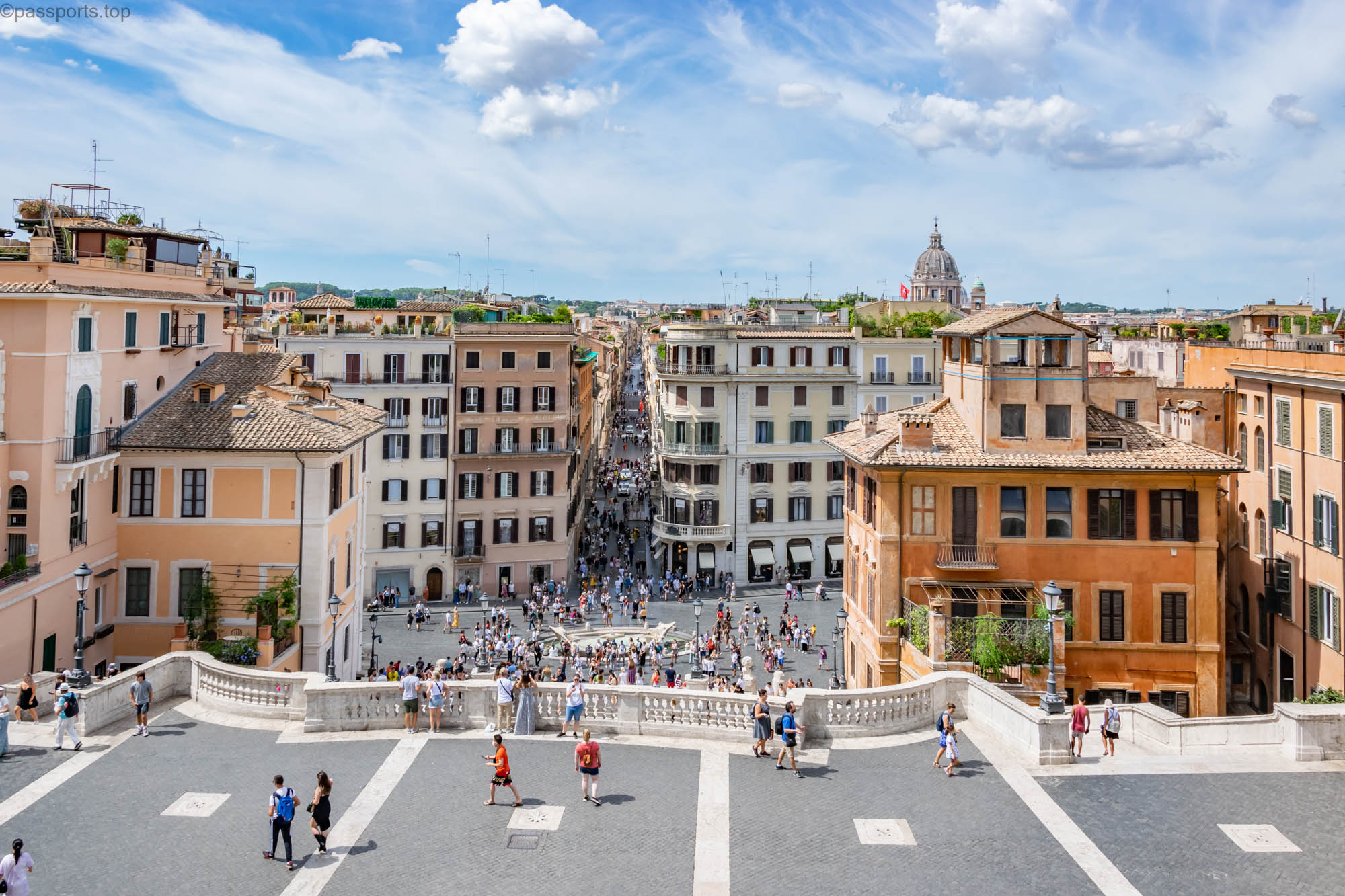
26. Piazza di Spagna and Scalinata della Trinità dei Monti
The Spanish Square, together with the steps leading to the Trinità dei Monti church, is one of the most famous sights in Rome.
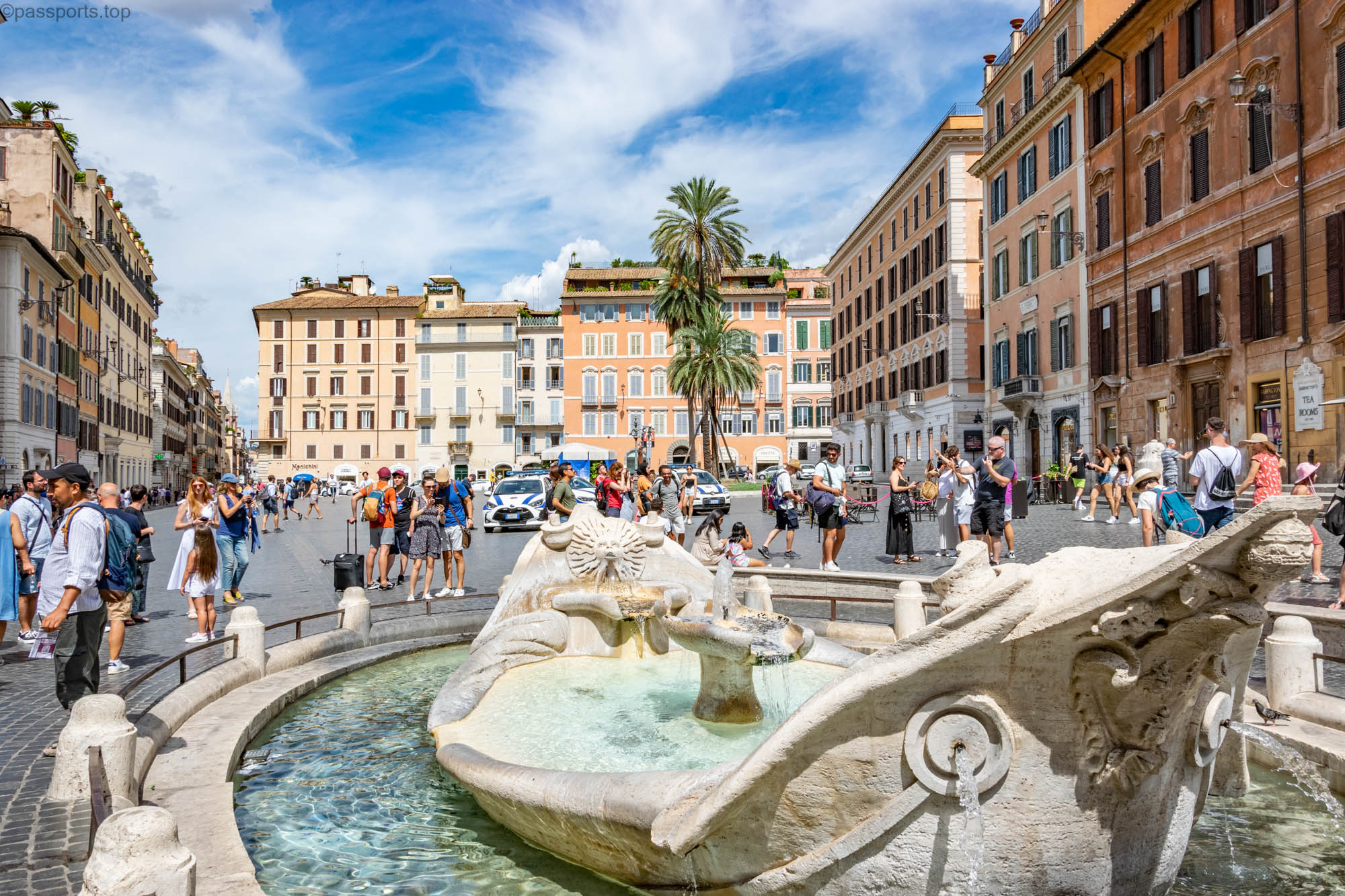
In the center of the square is the famous Barcaccia fountain, sculpted by Pietro Bernini and his son, Gian Lorenzo Bernini, between 1626 and 1629.
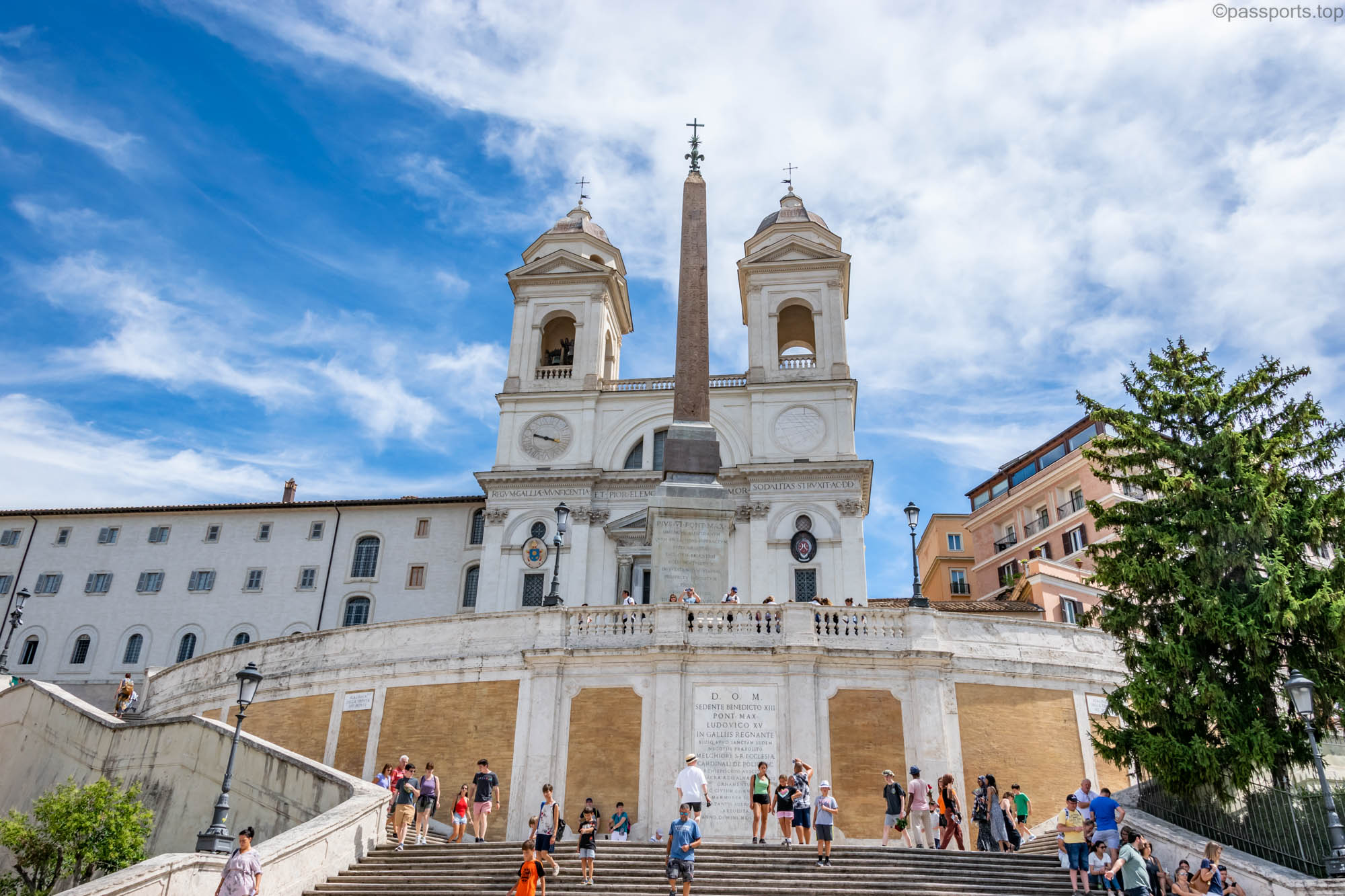
From the Spanish Square, climbing the 138 steps, you reach the Trinità dei Monti church, built in the Gothic style, one of the few French-speaking churches in Rome.
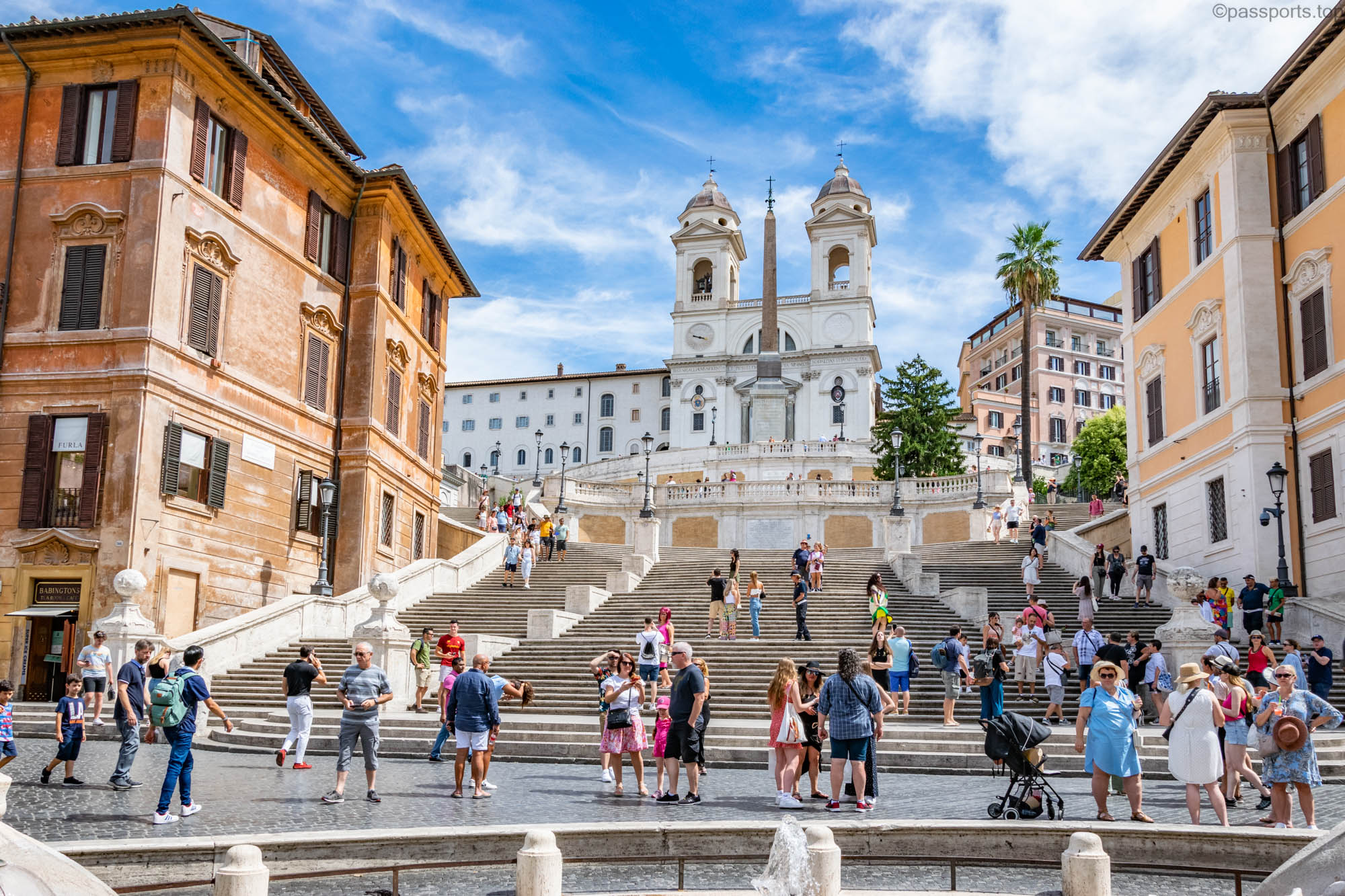
The Spanish Steps were designed between 1723-1725 and are characteristic of the Baroque style.
The name is a bit confusing, the construction of the steps being commissioned by the French. In the 17th century, the Spanish embassy was located in Piazza di Spagna, at the base of the stairs, hence the name Spanish Steps. However, the official name is Scalinata della Trinità dei Monti, the stairs being built to make it easier to climb the slope between the square and the Trinità dei Monti Church, which was under the patronage of the King of France.
As of 2016, eating or standing on the stairs is prohibited after the area underwent a major cleaning and restoration project.
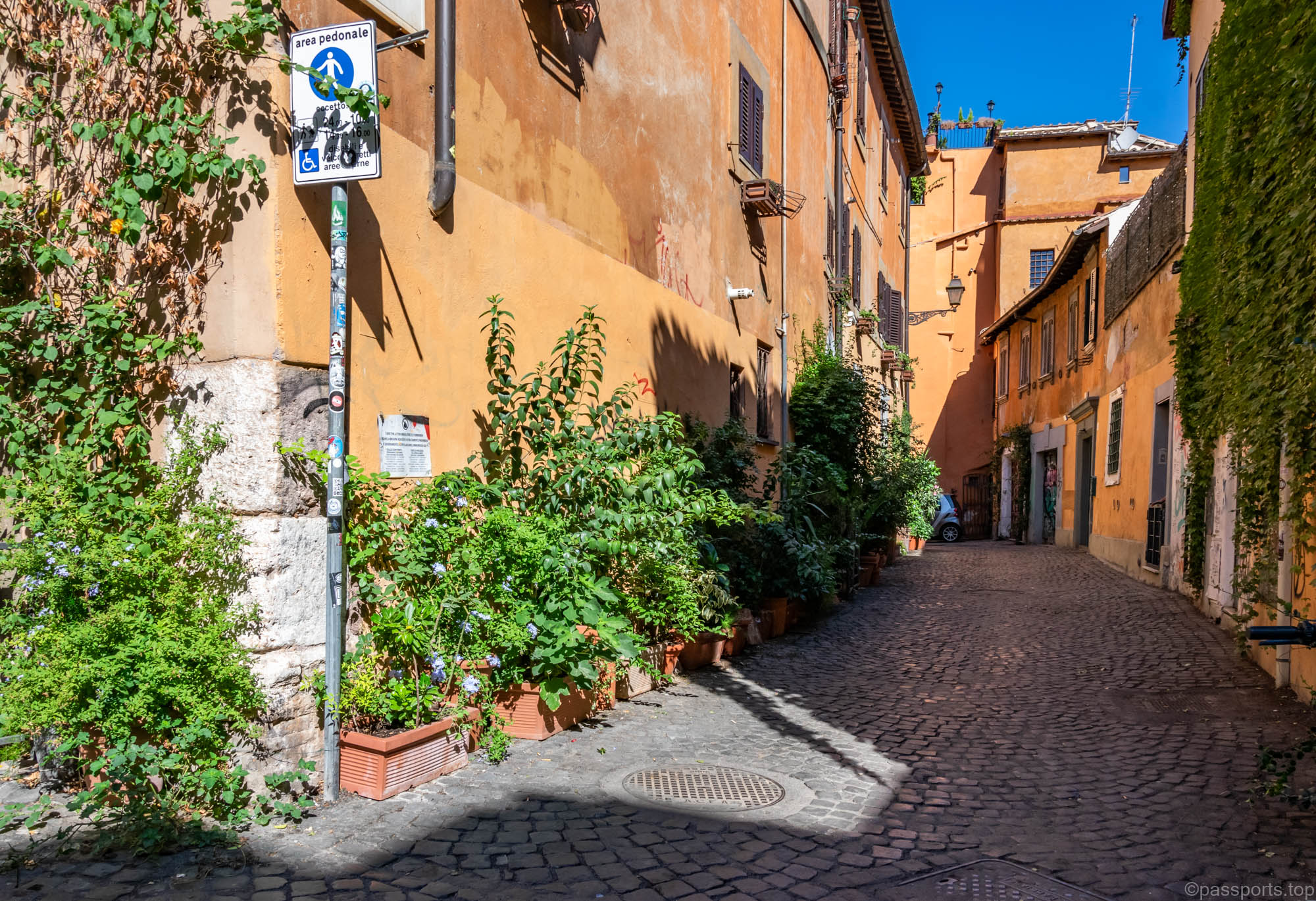
27. Trastevere is a bohemian neighborhood located on the right bank of the Tiber, on the same side as the Vatican. The name Trastevere translates as “across the Tiber” (Latin trans Tiberim).
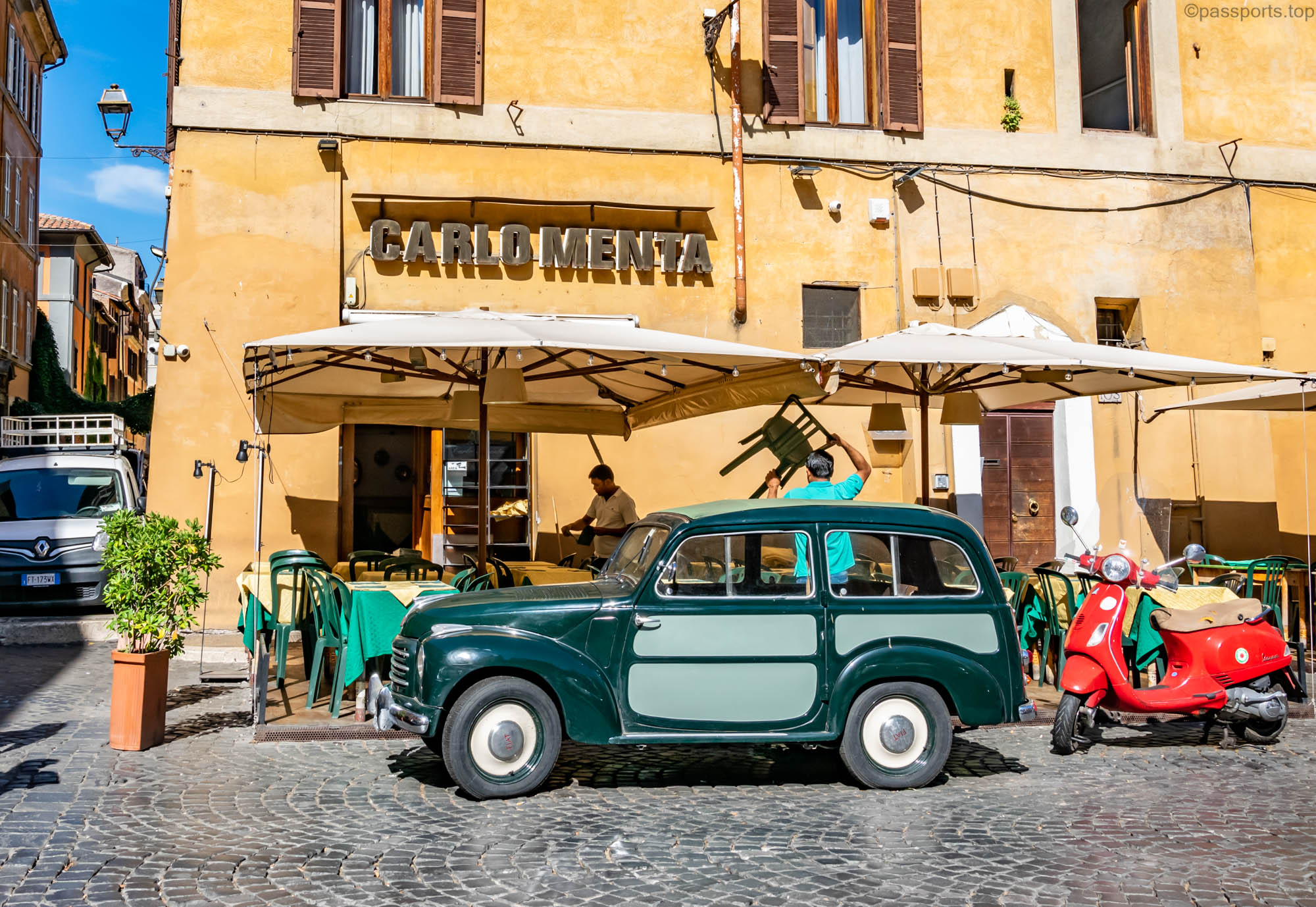
If you want to escape the crowds, this is the ideal place. There are no famous sights to visit, but it is known for delicious food in traditional trattorias, craft beer pubs and souvenir shops, as well as budget guesthouses and hotels.
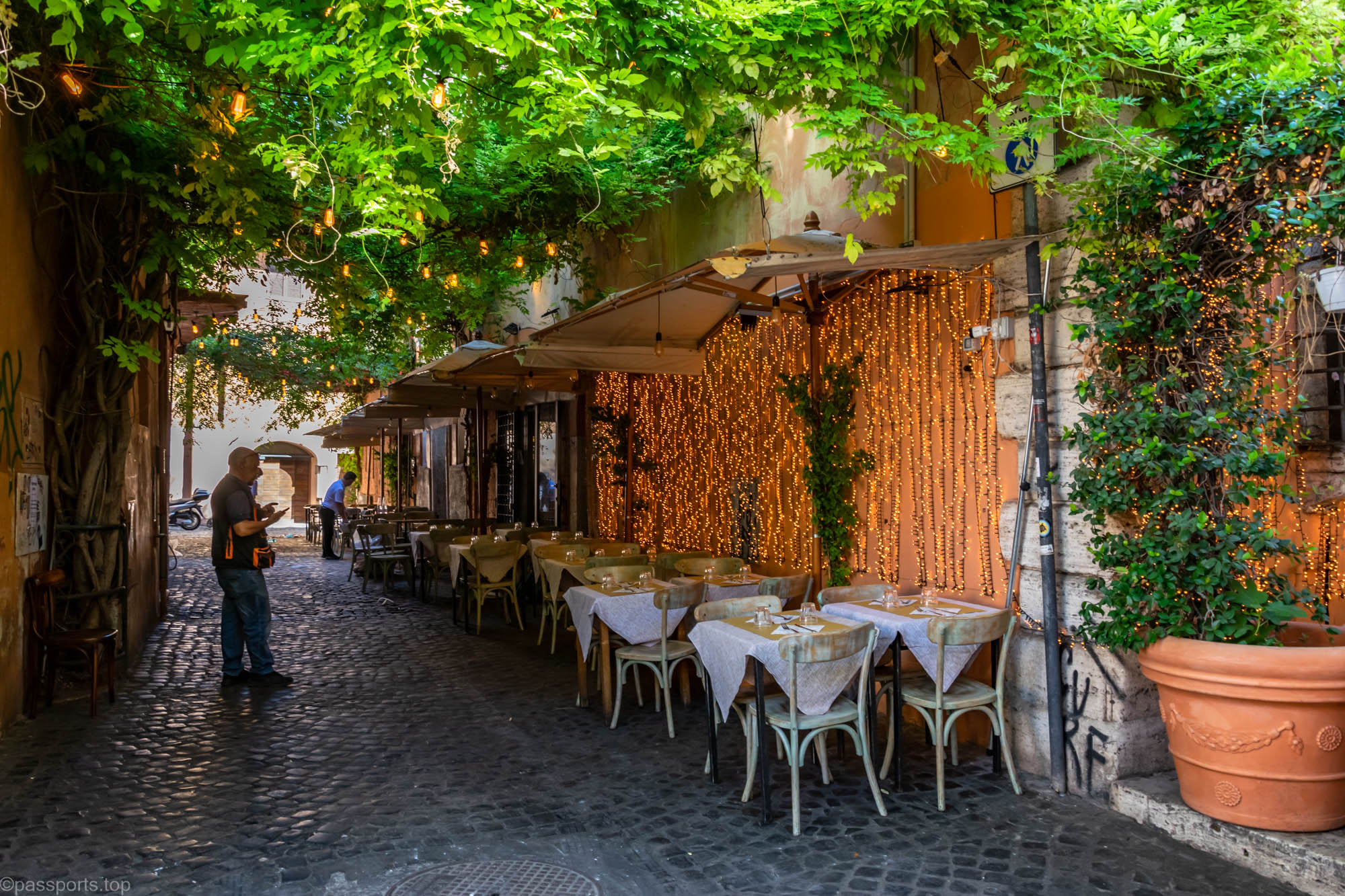
In the Trastevere district is also the Gianicolo hill which offers a superb panorama of the city. Unfortunately, we didn’t have time to get there, but it remains on the list until next time.
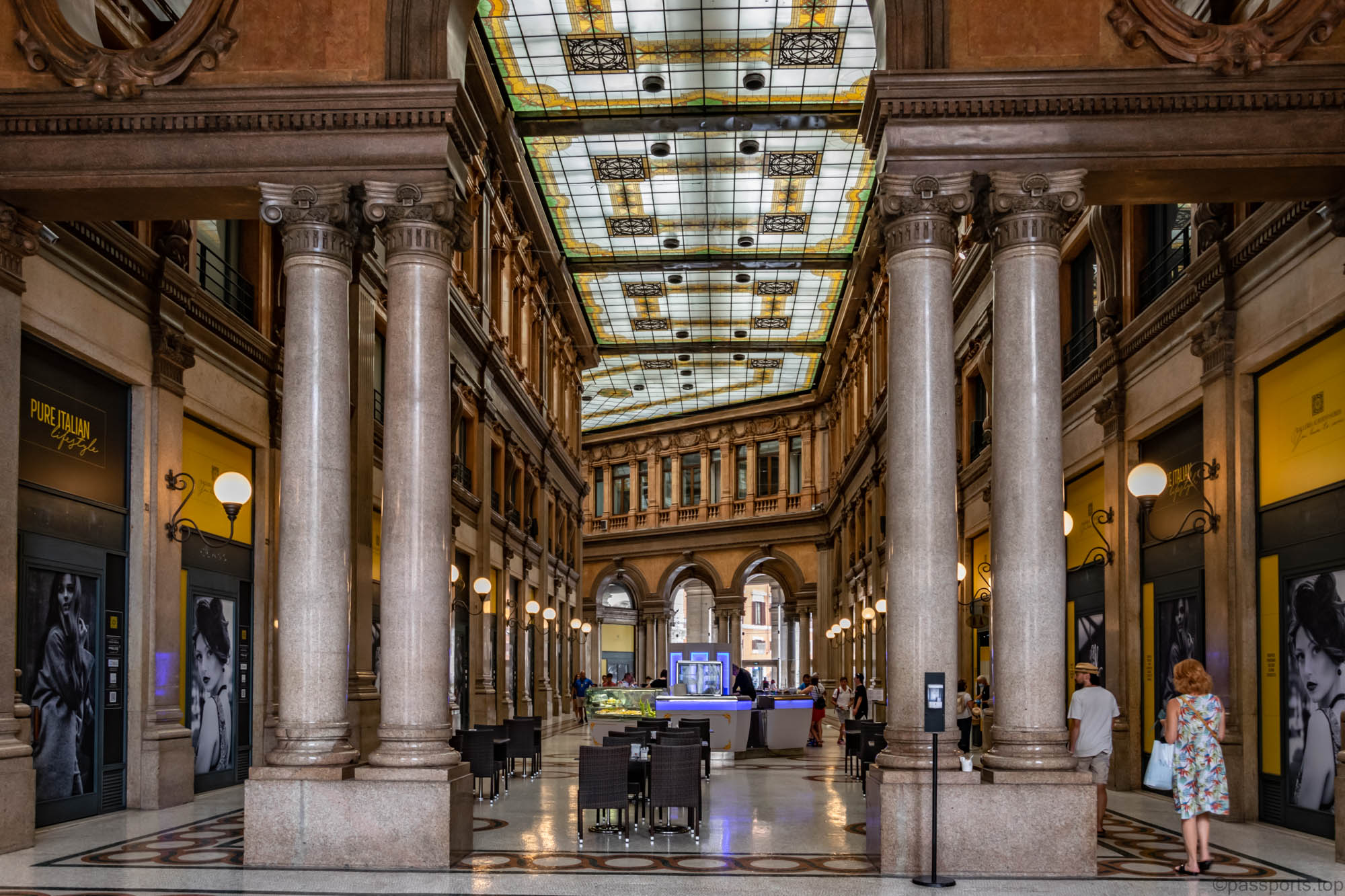
28. Galleria Alberto Sordi
Galleria Alberto Sordi is located near the Trevi Fountain. Following a complex restoration work, it is configured today as a large prestigious gallery, modern and at the same time historical. The gallery was called Galleria Colonna, and in 2003 it was renamed after the actor, director and screenwriter Alberto Sordi, who died that year.
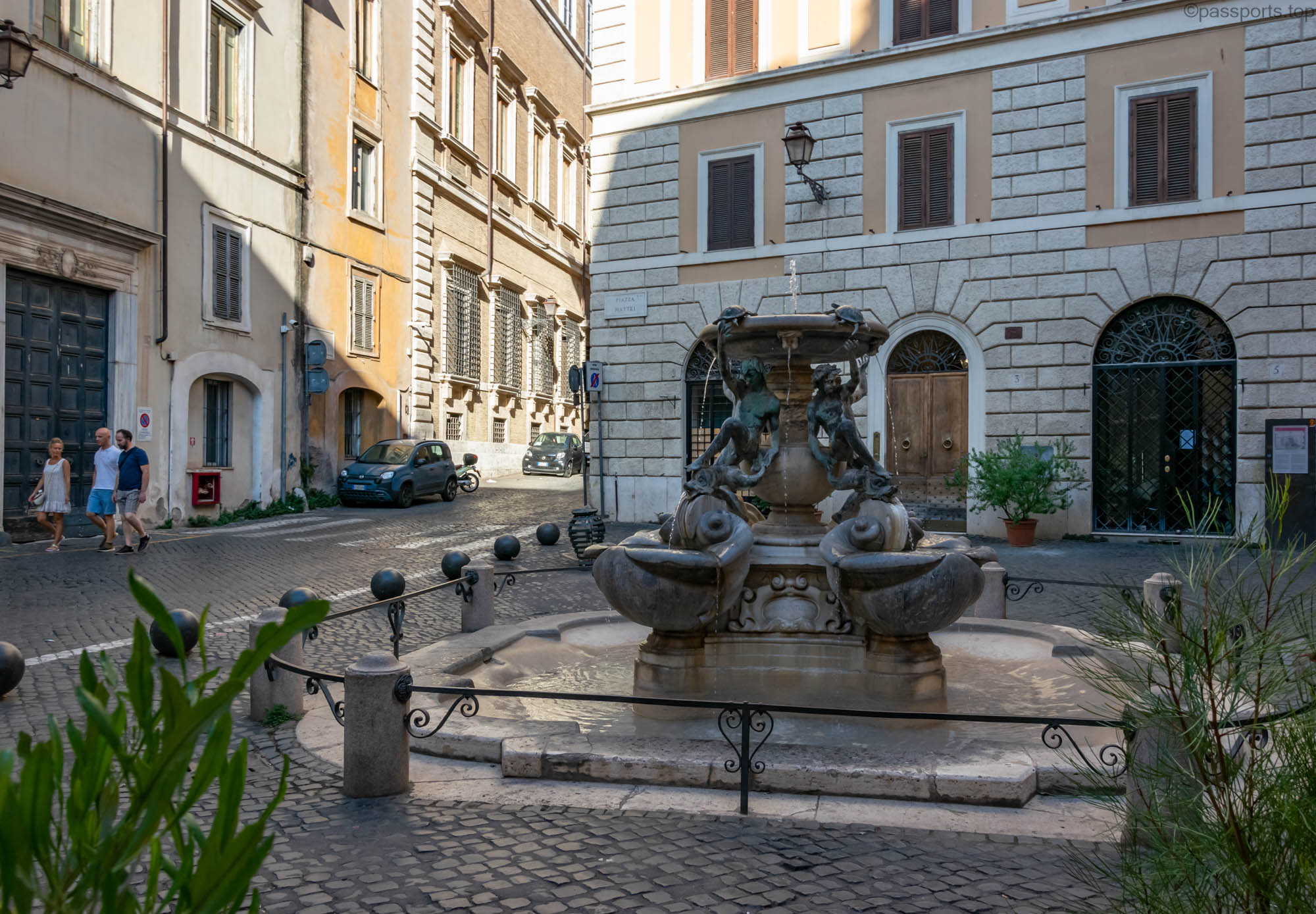
29. Fontana delle Tortarughe
The Turtle Fountain is within walking distance of the Old Jewish Quarter. The history of the fountain comes from a fable. According to legend, Duke Mattei, a gambler, lost his entire family fortune in one fell swoop. The future father-in-law refused to give his daughter in marriage.
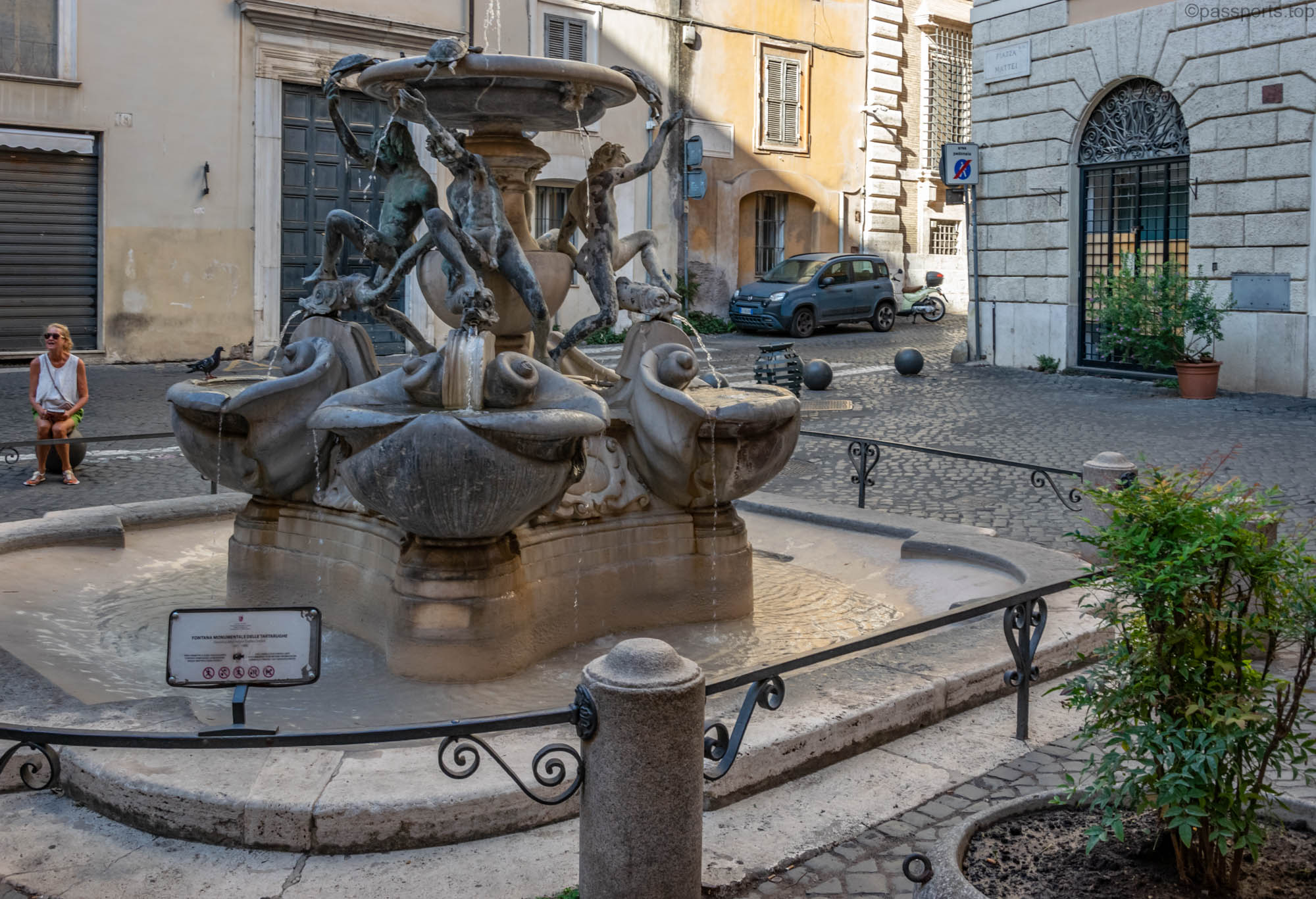
In response, the duke built this work of art in a single night. The next day, he invited his fiancee and her father to show them the well and exclaimed: “This is what a penniless Mattei can do in a few hours!“. The father was impressed and allowed the marriage to go ahead.
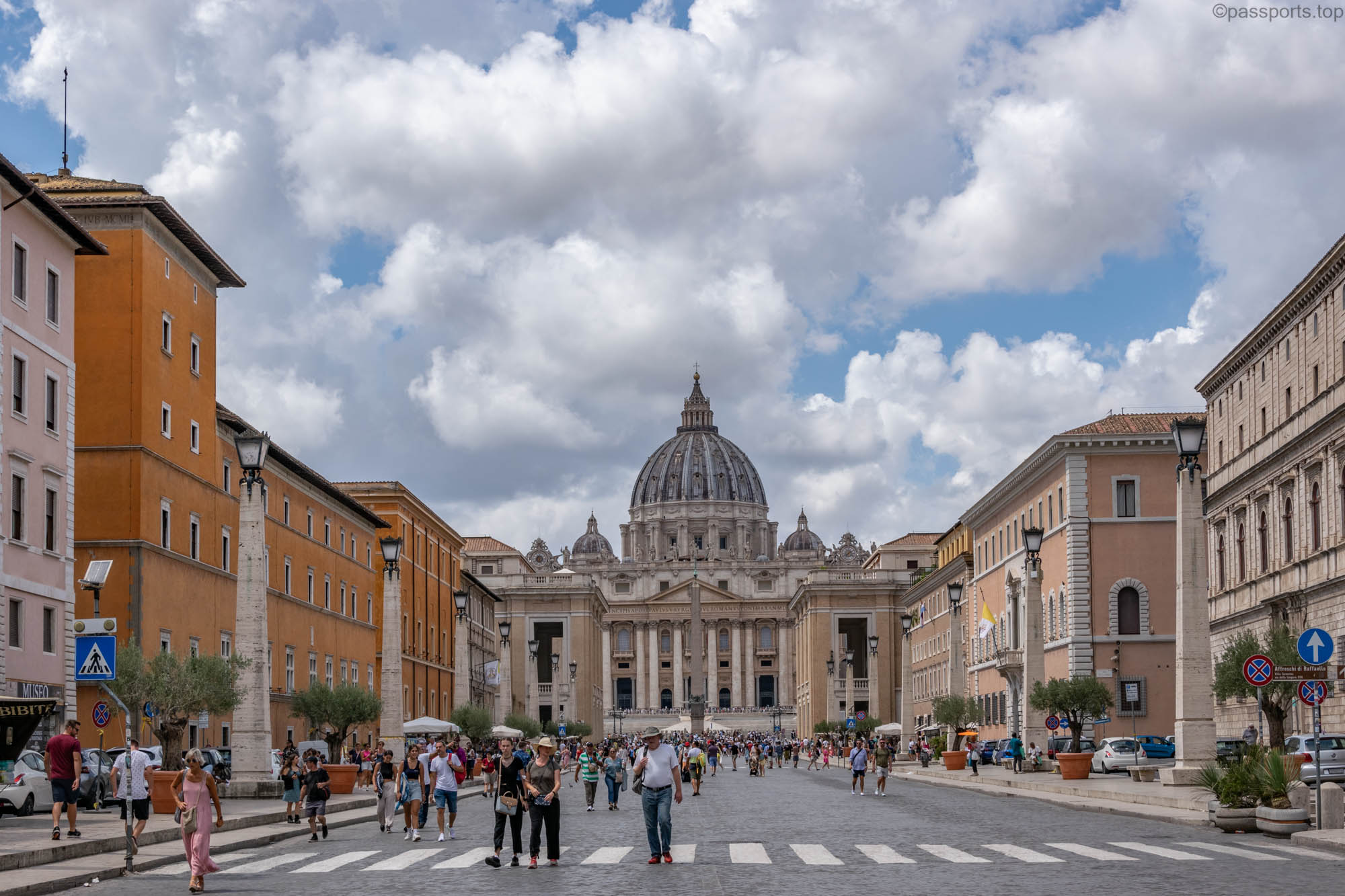
30. Vatican
The Vatican is an independent city-state located in the heart of Rome and the center of Christianity since the foundation of Saint Peter’s Basilica (4th century).
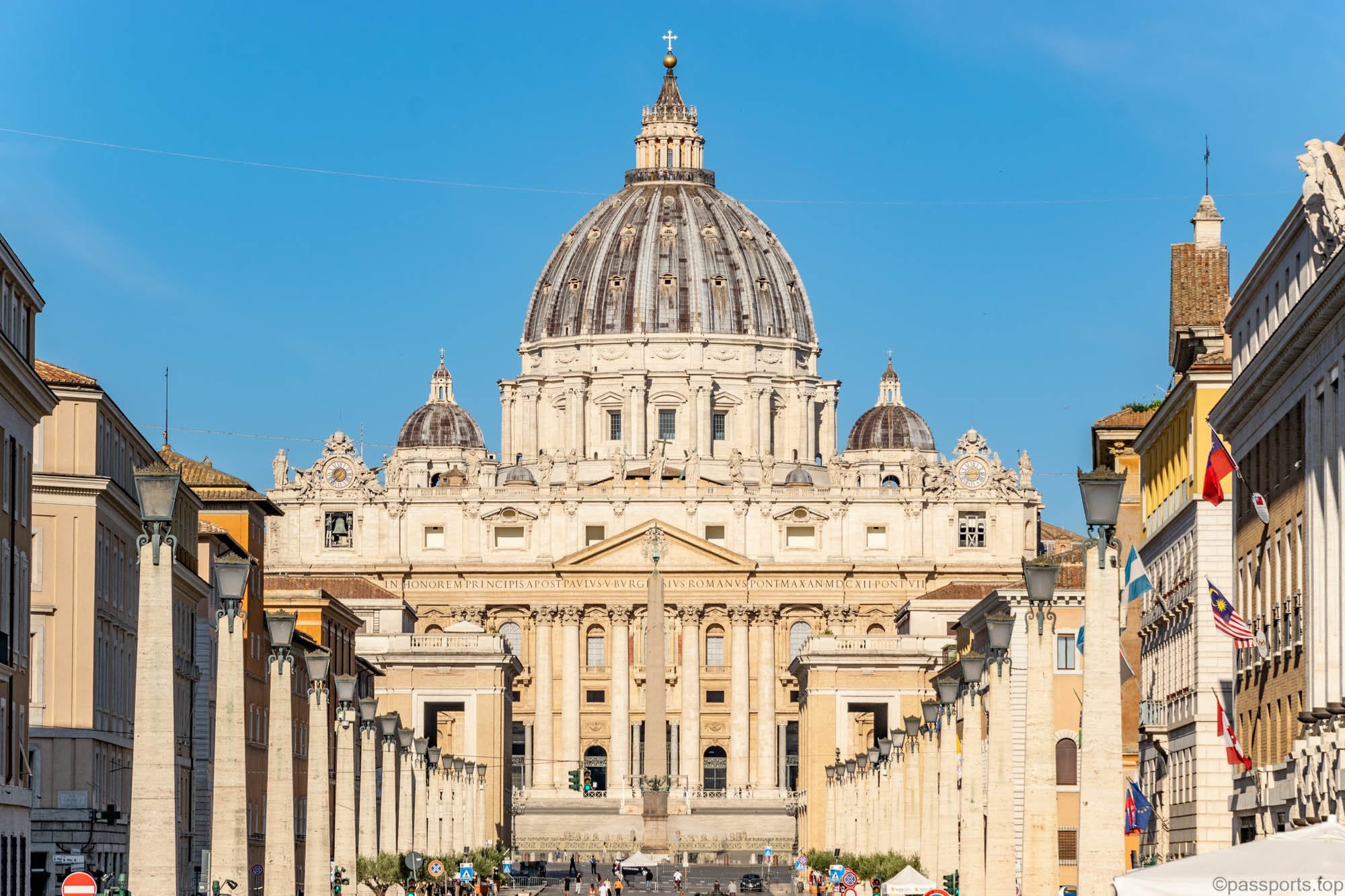
Every year, about five million tourists visit this tiny country.
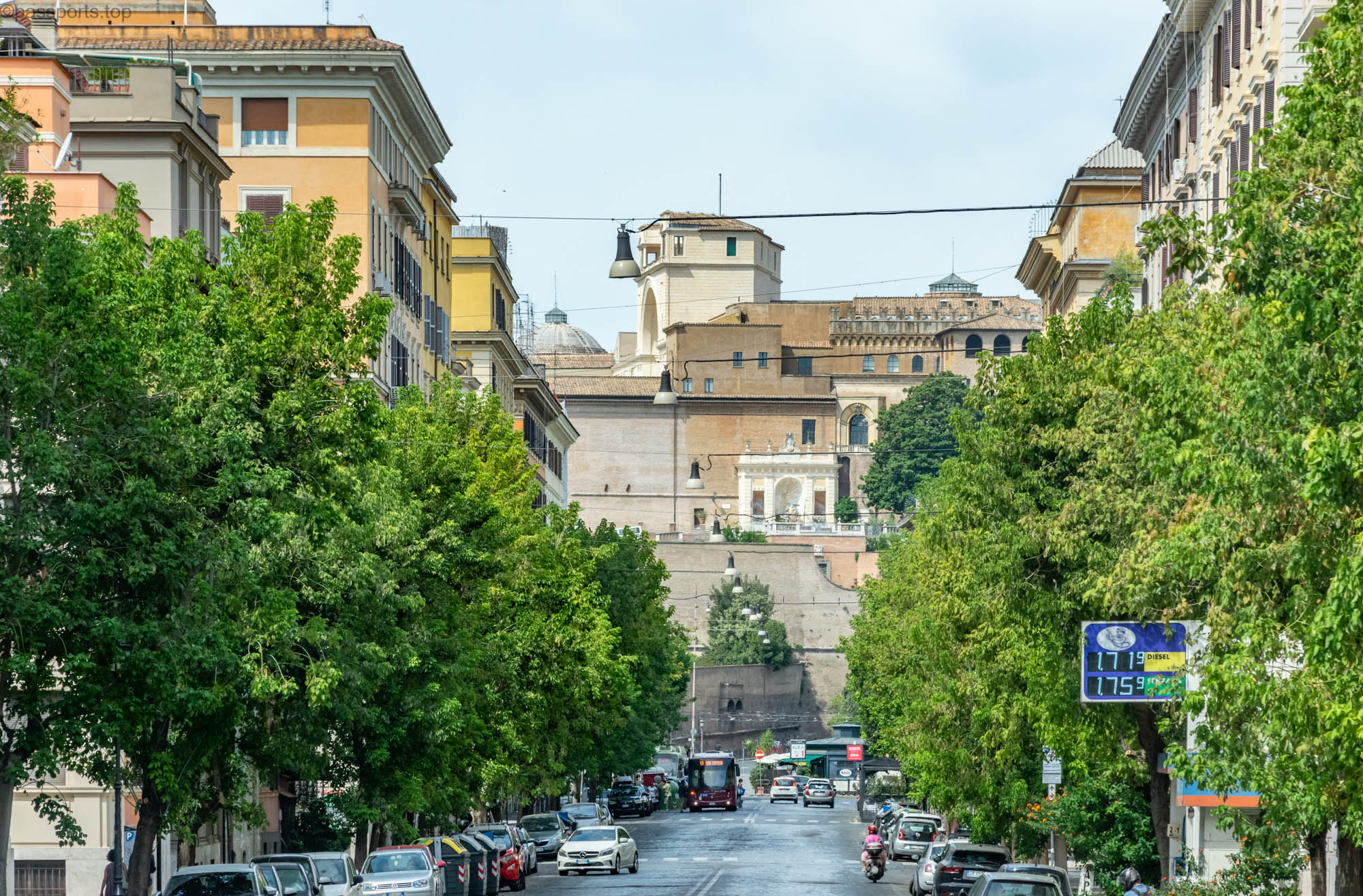
To visit the Vatican and see its top attractions, we recommend spending at least half a day.
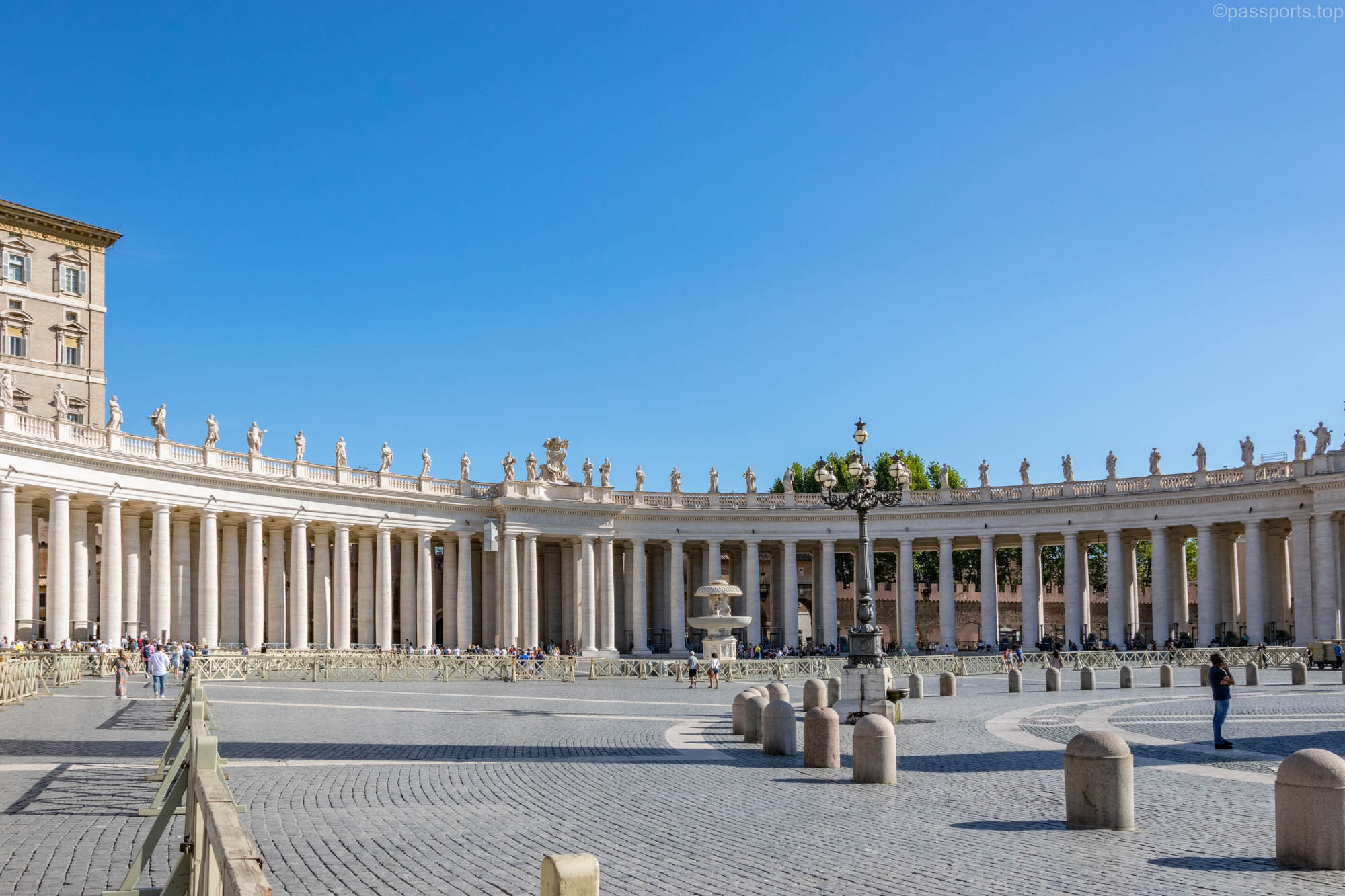
Piazza San Pietro is the main entrance to the Vatican, being located at the base of Saint Peter’s Cathedral. When important events take place, the square can accommodate up to 300,000 people.
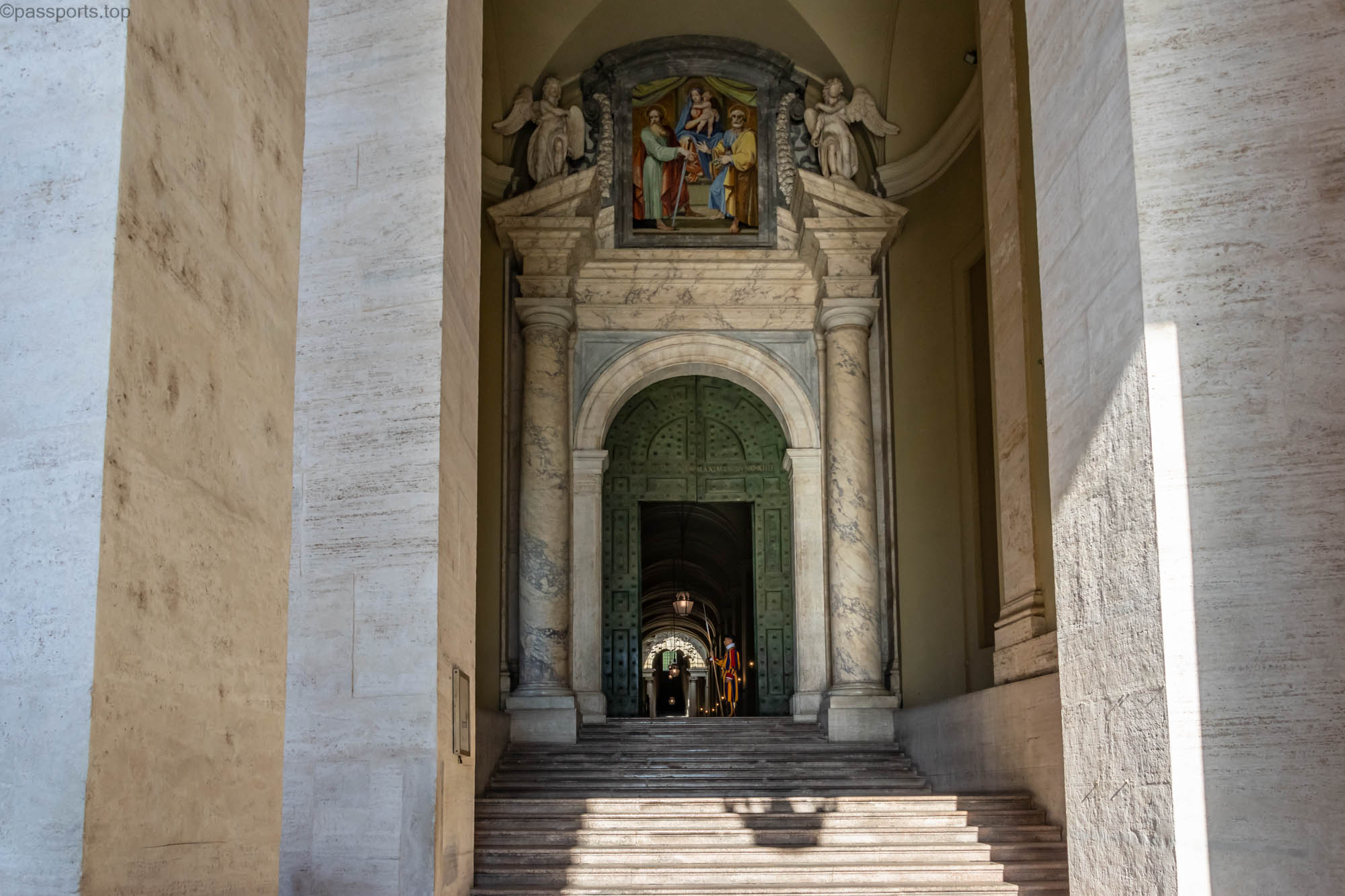
Saint Peter’s Basilica is one of the largest and most unique churches in the world. The structure was completed in the 17th century and built over a church dating back to the 4th century. It took about 120 years to complete the project, but today it is a treasure trove of history.
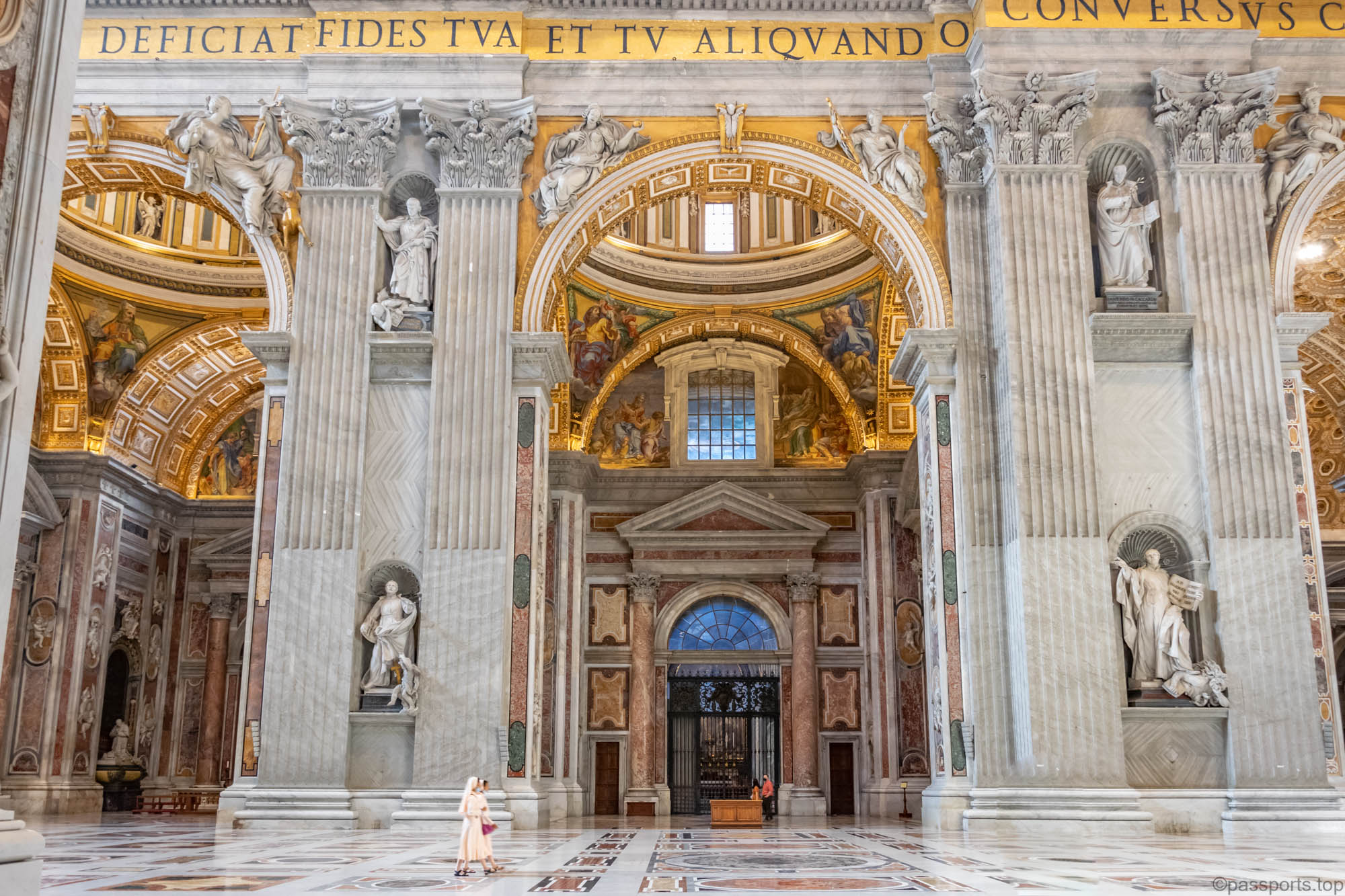
Inside St. Peter’s Basilica you can admire the altar, the baroque decoration and the many art objects. You should not miss the famous Statue of Saint Peter and one of the most important works of art by Michelangelo, the Pieta.
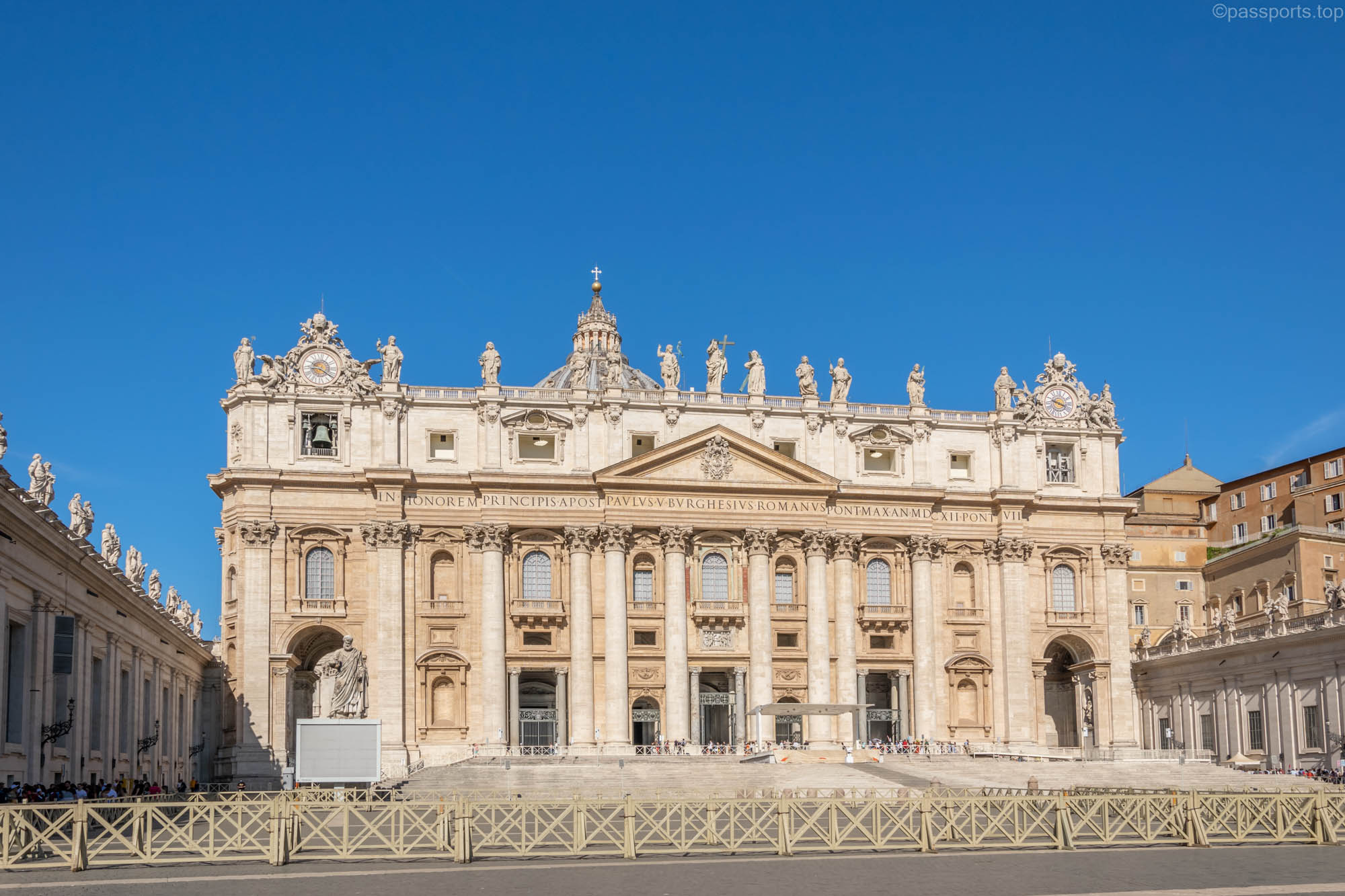
To avoid the crowds, I recommend visiting the cathedral as early as possible. We went in the morning, right at opening time and waited 10 minutes. A few hours are also expected during the day. Entry is free.
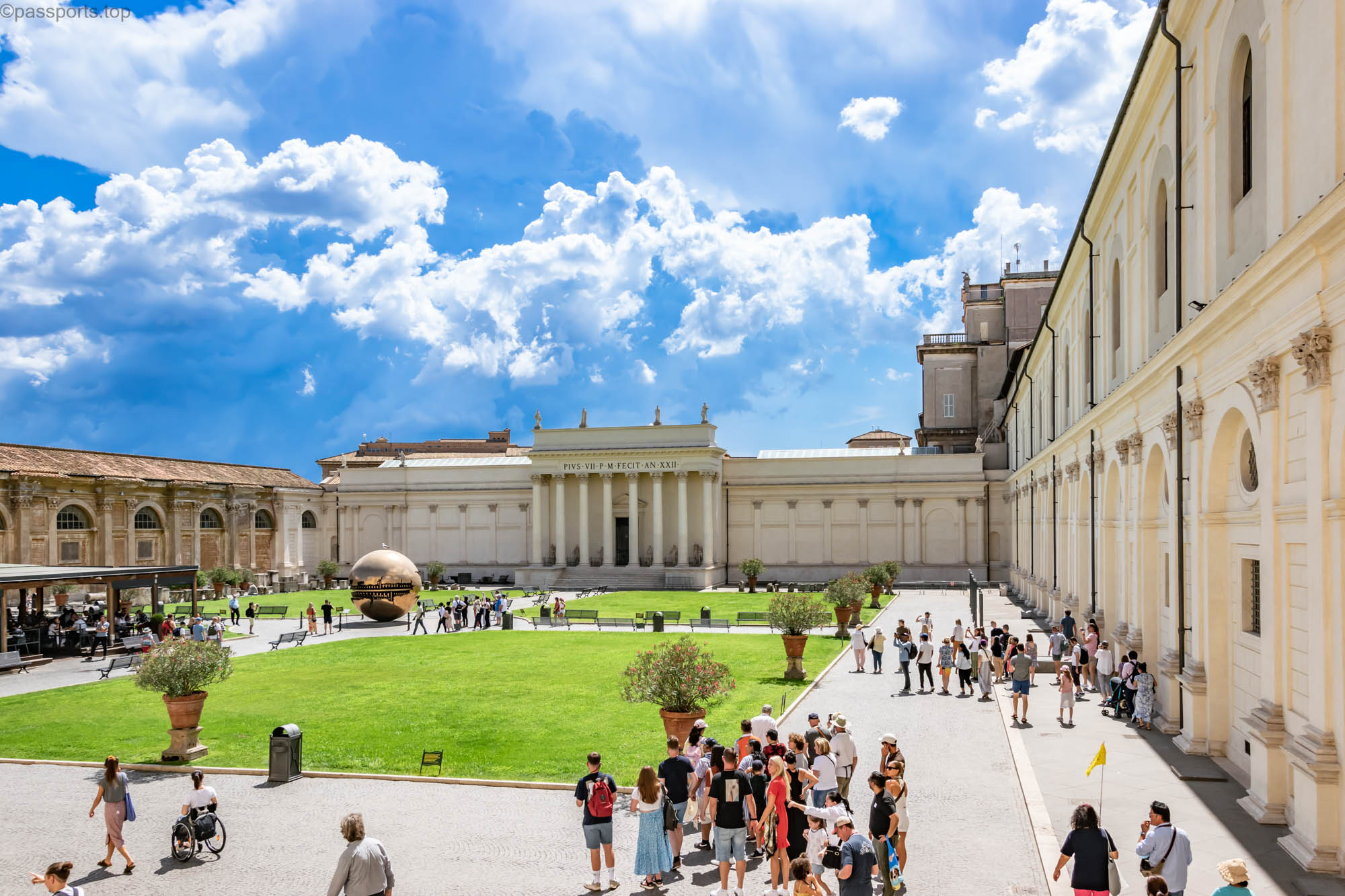
Founded in the 16th century by Pope Julius II, the Vatican Museums hold one of the largest art collections in the world. Covering around seven kilometers of corridors, you will see everything from Egyptian relics, Renaissance pieces of art to modern art.
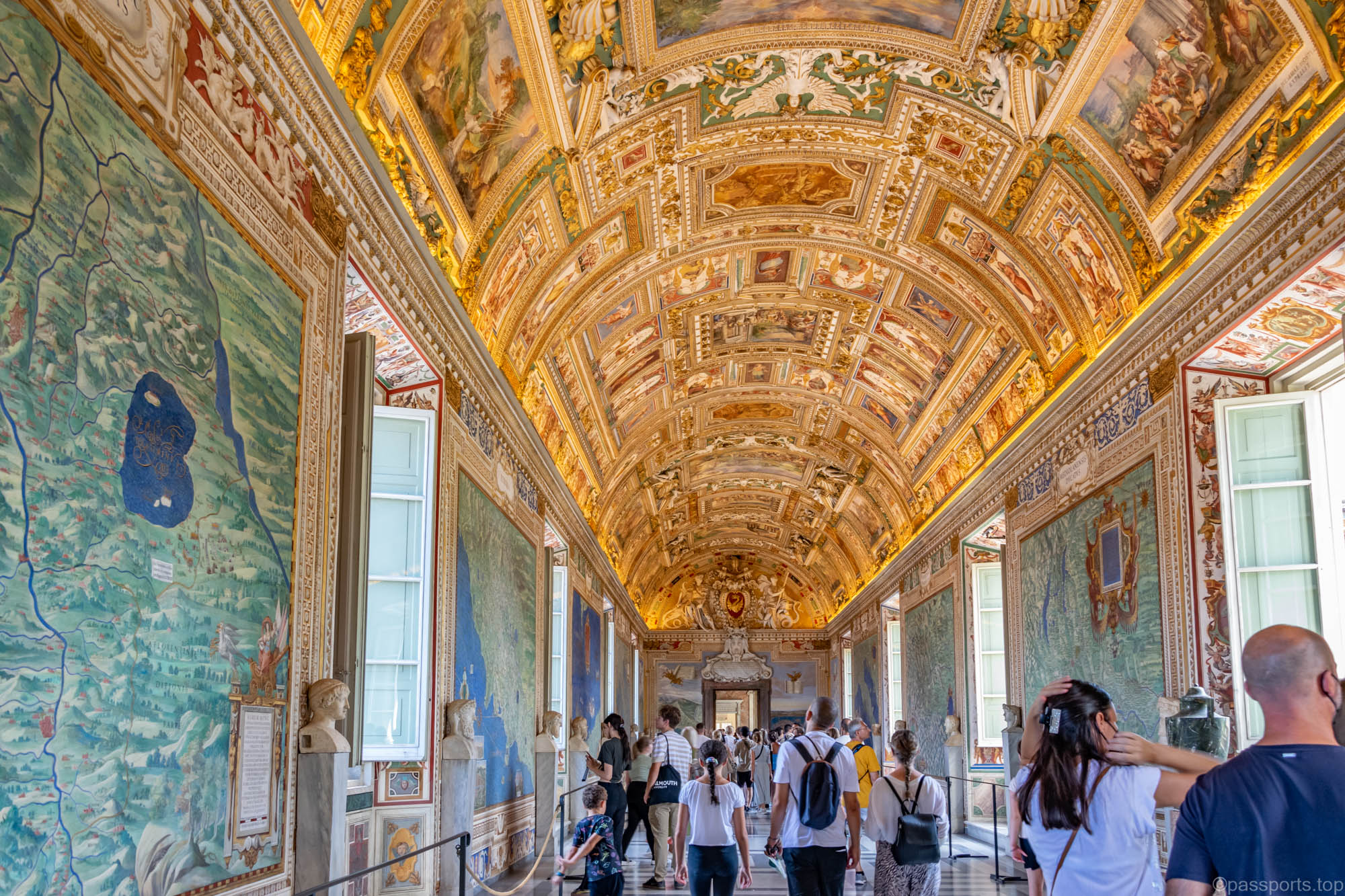
Also here is the consecrated Sistine Chapel. It is one of the Vatican‘s greatest treasures, known both for its paintings and for being the place where popes are elected and crowned.
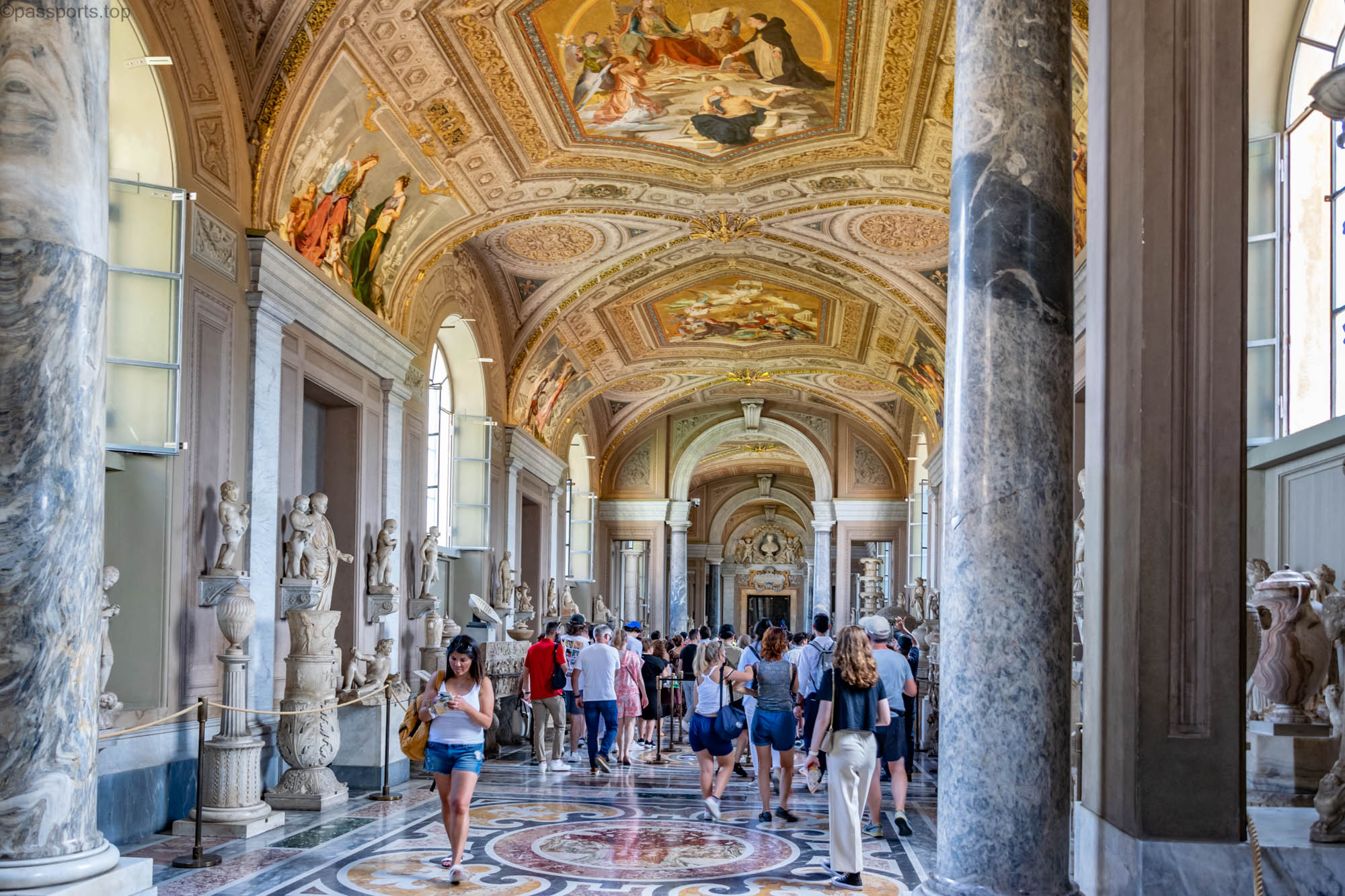
The queues to enter the Vatican Museums are probably the longest in Rome, so you should buy your tickets in advance and avoid the peak season. The price of a ticket is 17€/person (free with Turbopass).
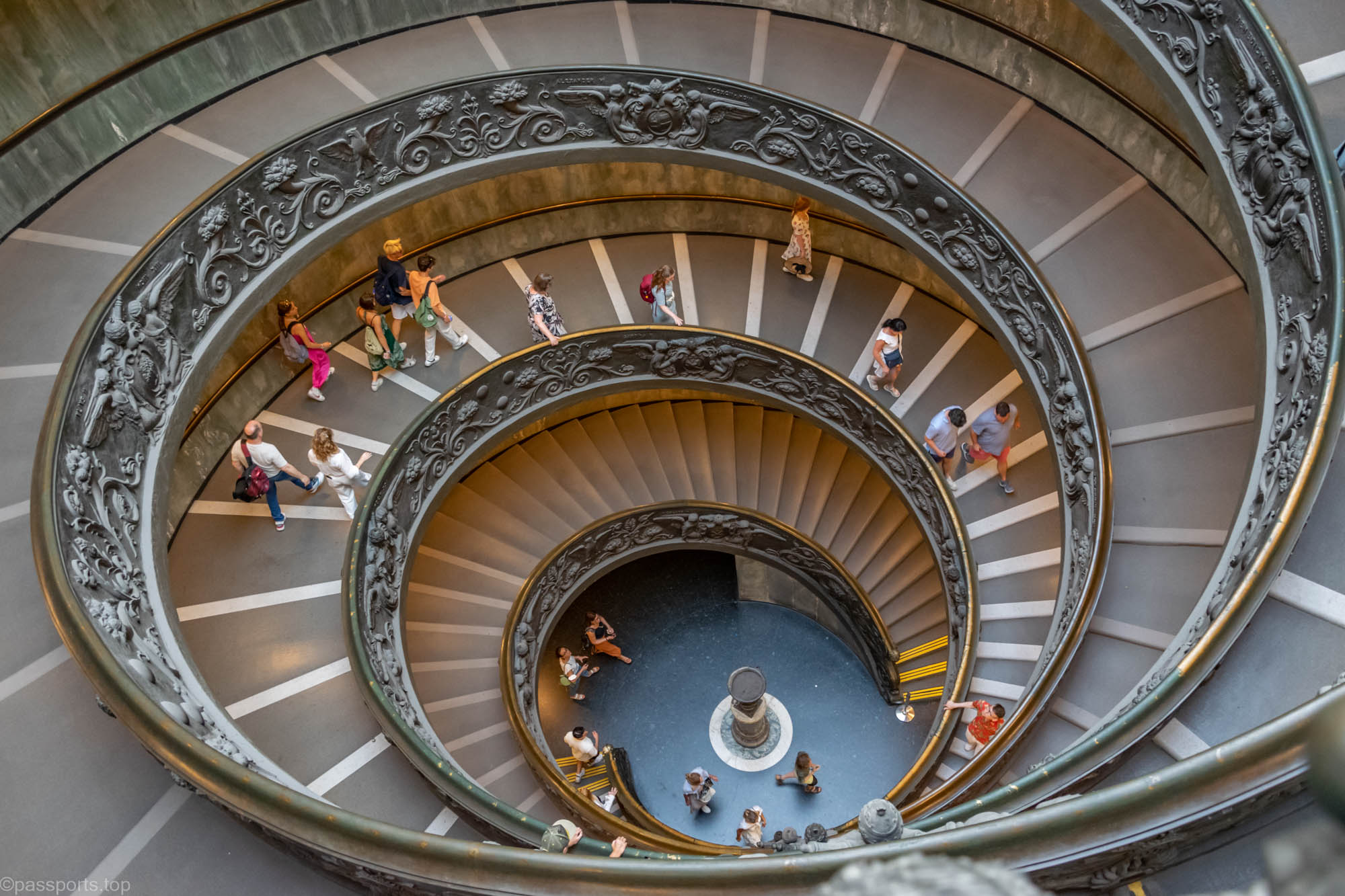
I wrote more details about the Vatican in a separate article, which you can access by clicking here.
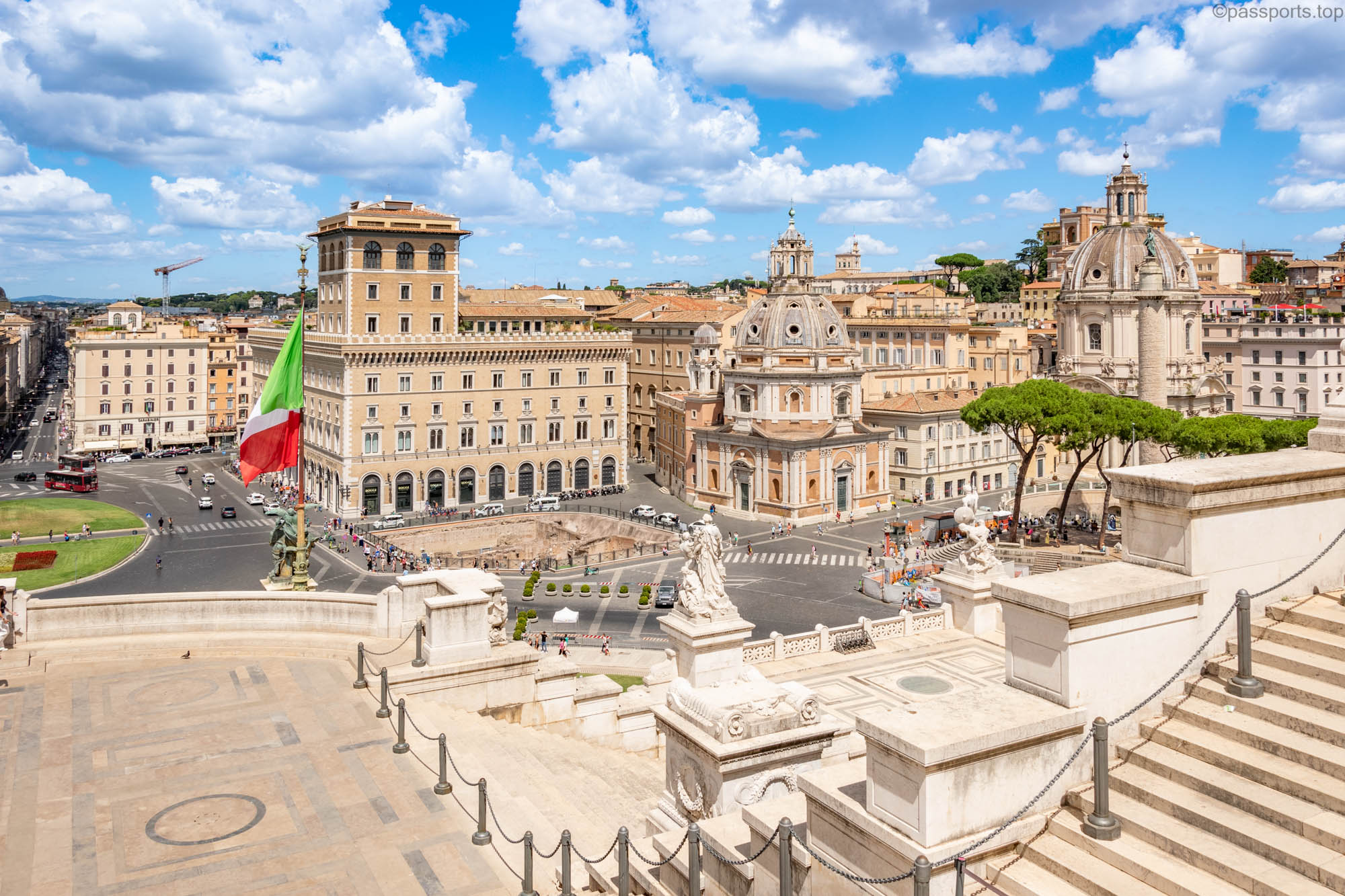
Rome is a fascinating city with ancient buildings, derelict churches and elegant fountains. It is one of the few places to witness events that took place thousands of years ago and has managed to preserve impressive ruins over time. A wonderful place to which we will definitely return with love.
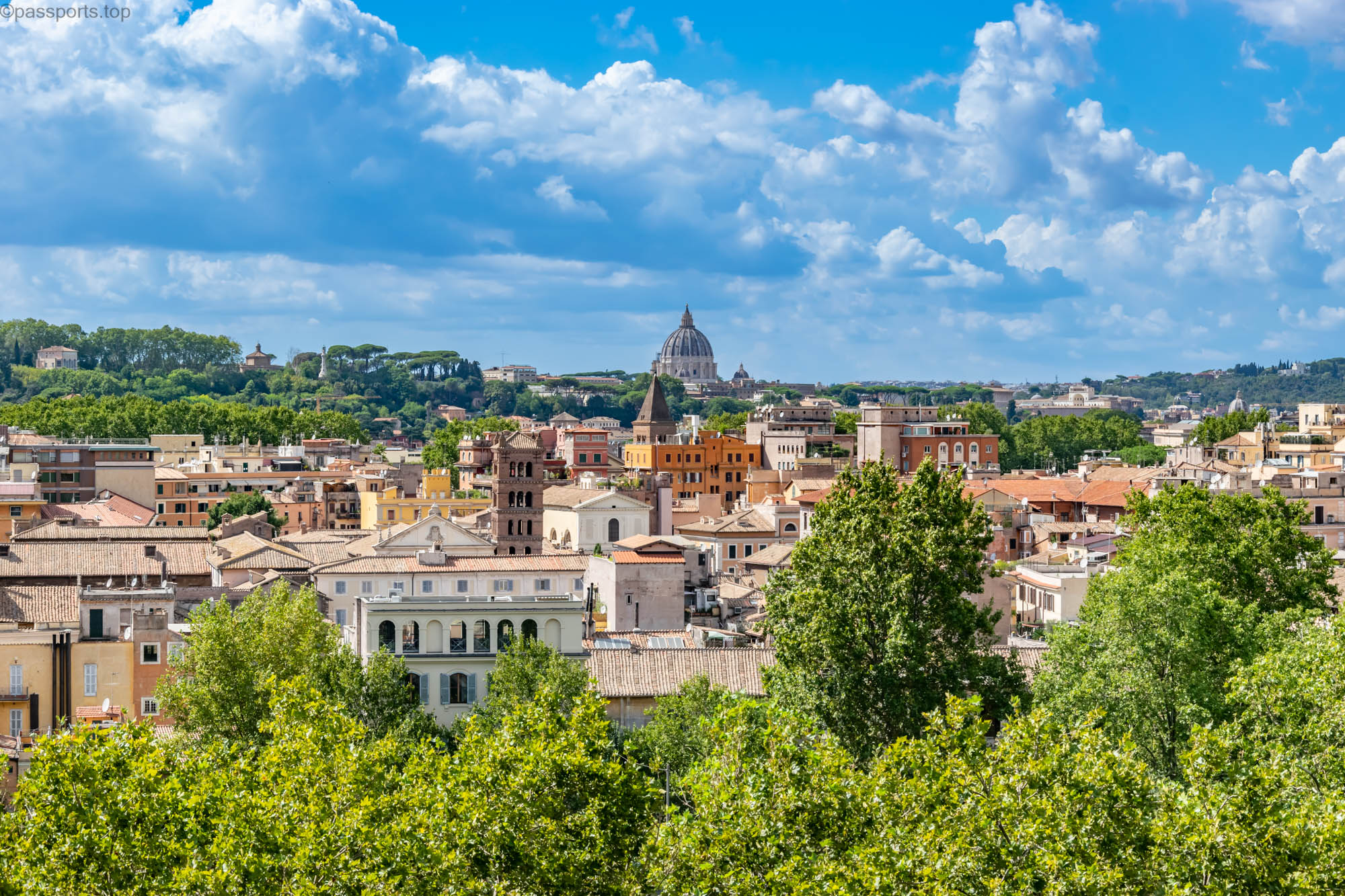
From Rome we took the train to the Campania region and stopped in Naples.
(Rome – August 2022)

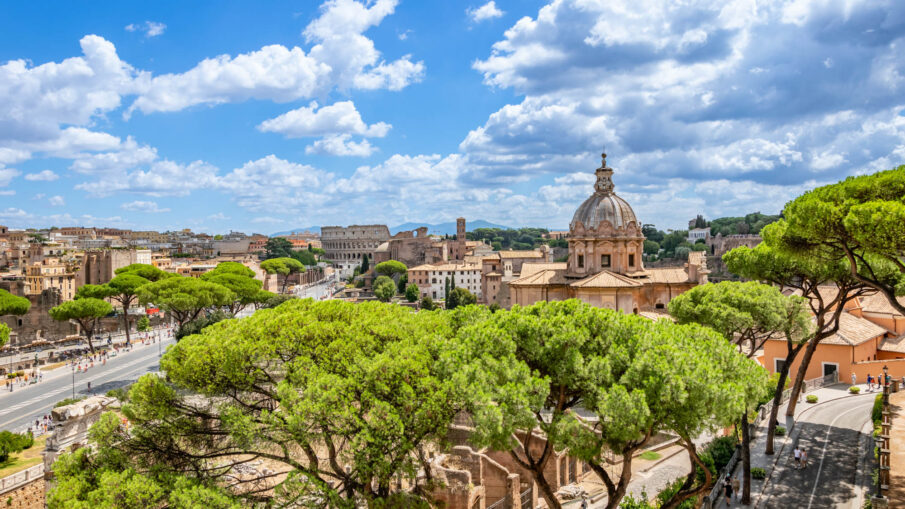
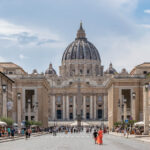
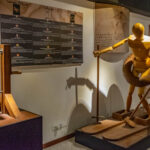
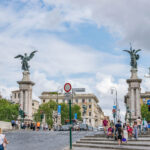
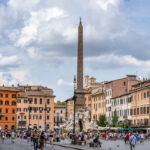
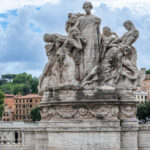
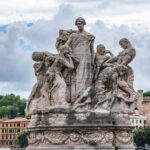
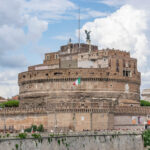
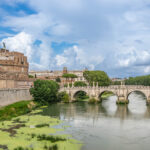
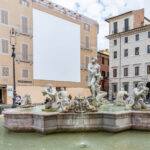
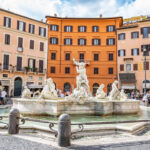
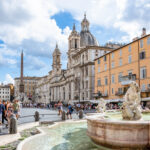
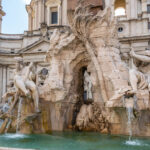
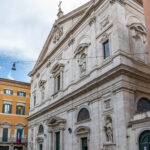
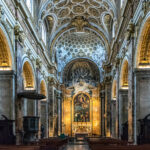
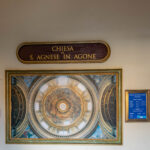
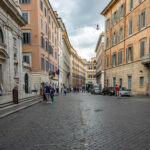
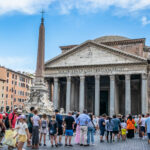
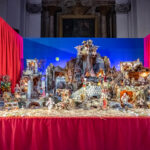
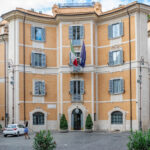
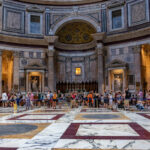
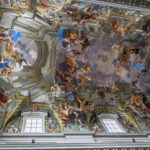
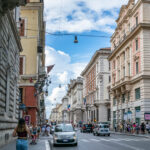
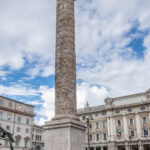
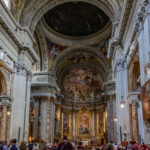
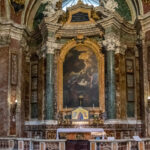
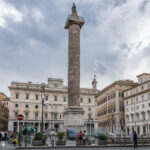
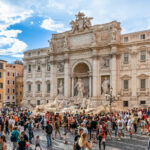
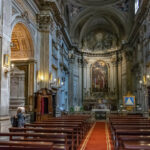
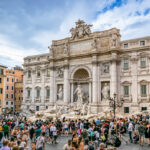
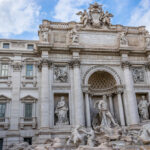
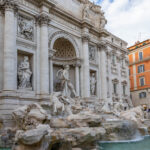
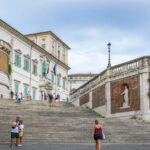
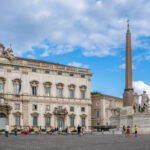
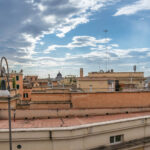
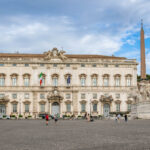
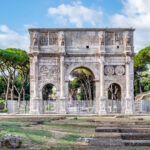
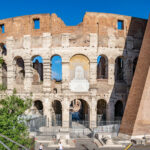
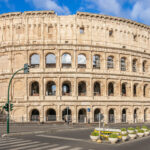
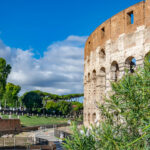
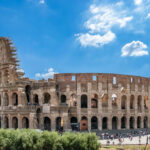
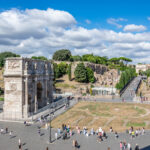
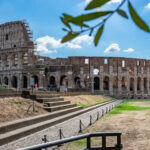
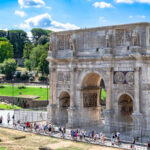
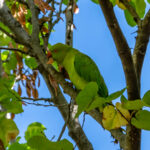
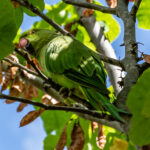
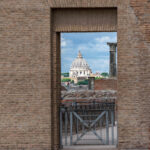
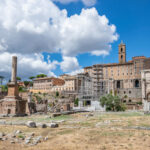
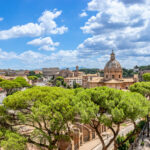
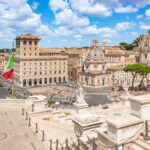
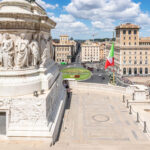
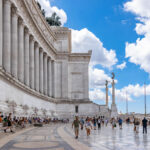
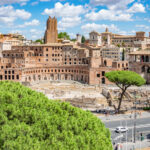
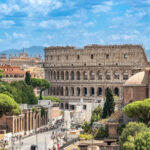
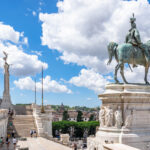
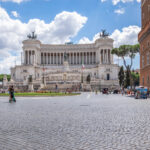
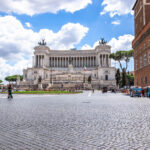
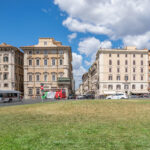
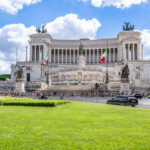
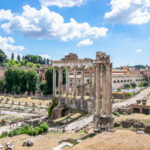
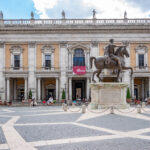
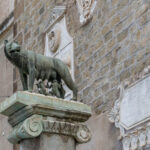
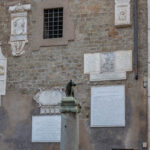
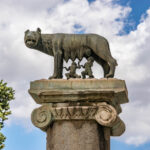
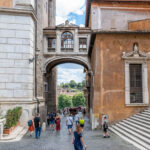
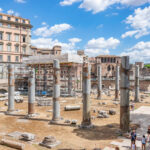
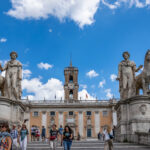
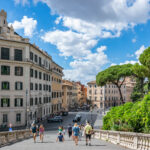
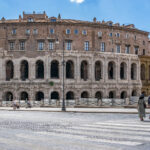
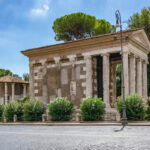
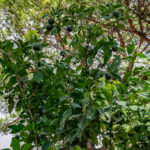
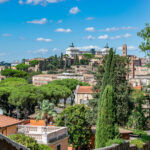
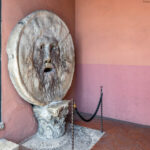
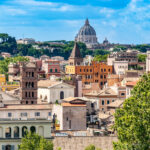
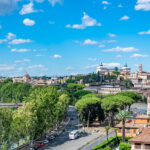
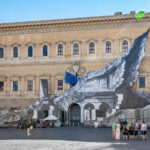
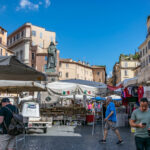
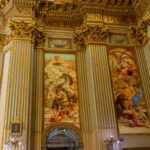
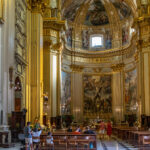
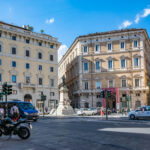
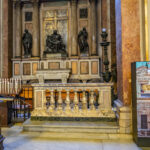
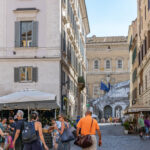
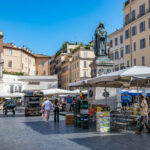
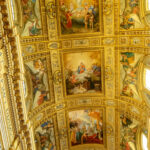
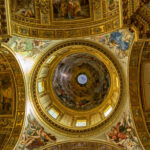
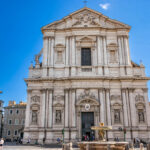
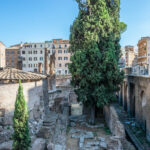
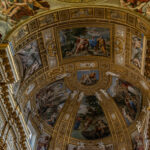
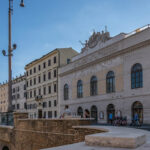
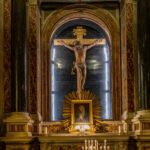
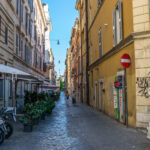
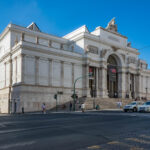
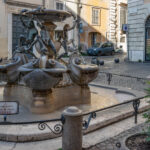
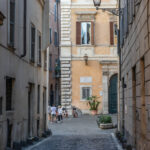
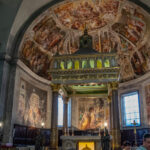
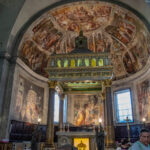
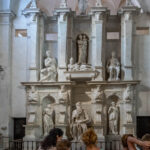
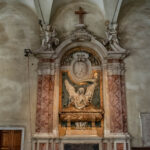
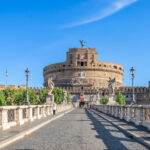
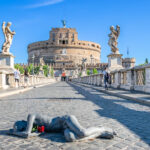
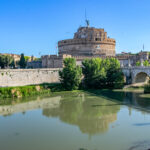
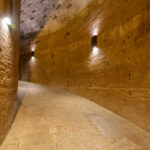
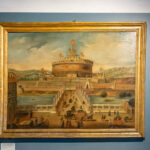
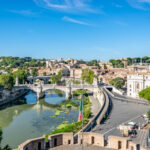
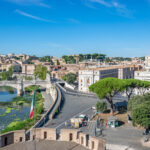
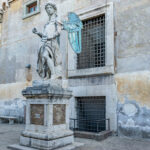
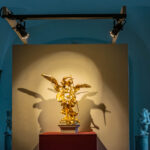
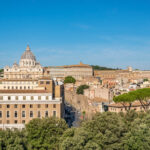
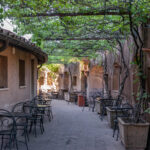
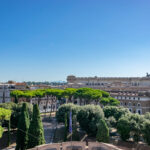
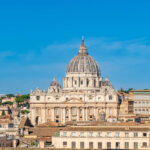
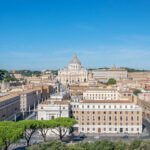
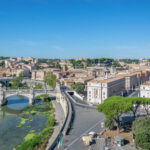
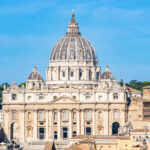
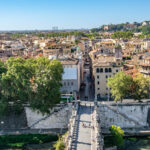
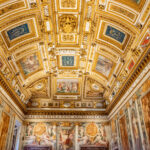
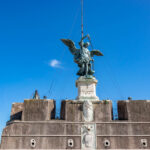
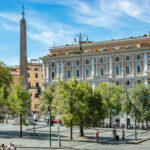
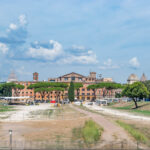
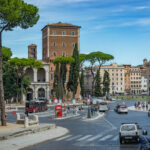
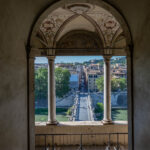
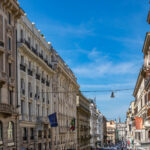
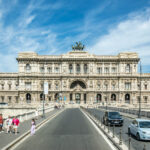
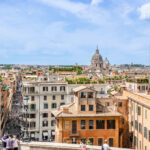
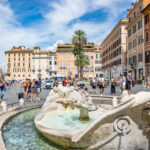
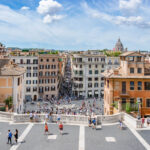
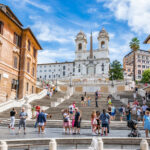
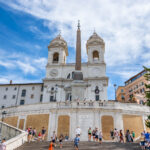
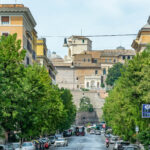
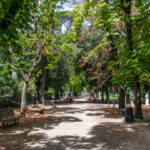
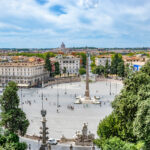
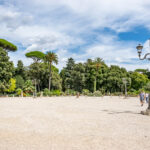
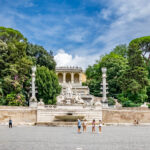
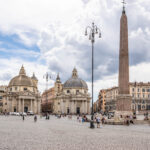
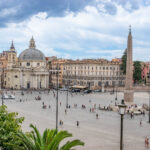
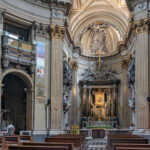
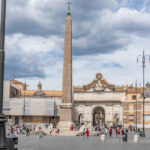
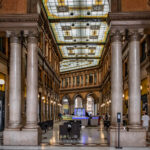
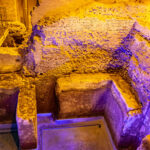
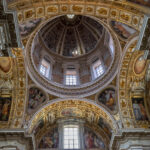
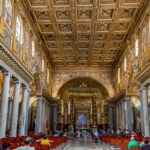
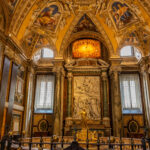
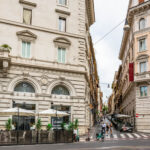
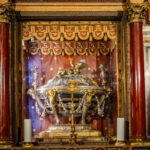
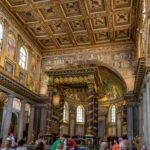
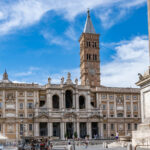
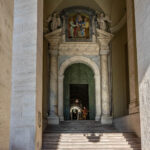
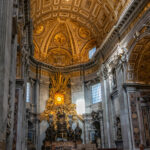
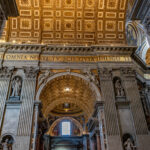
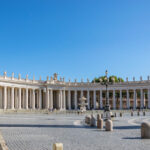
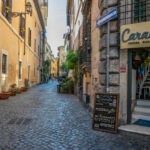
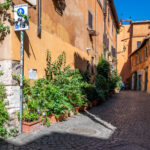
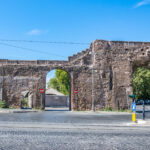
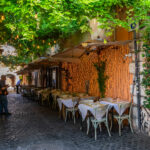
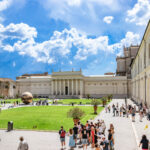
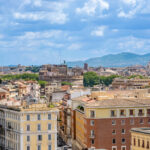
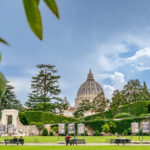
Leave a Reply